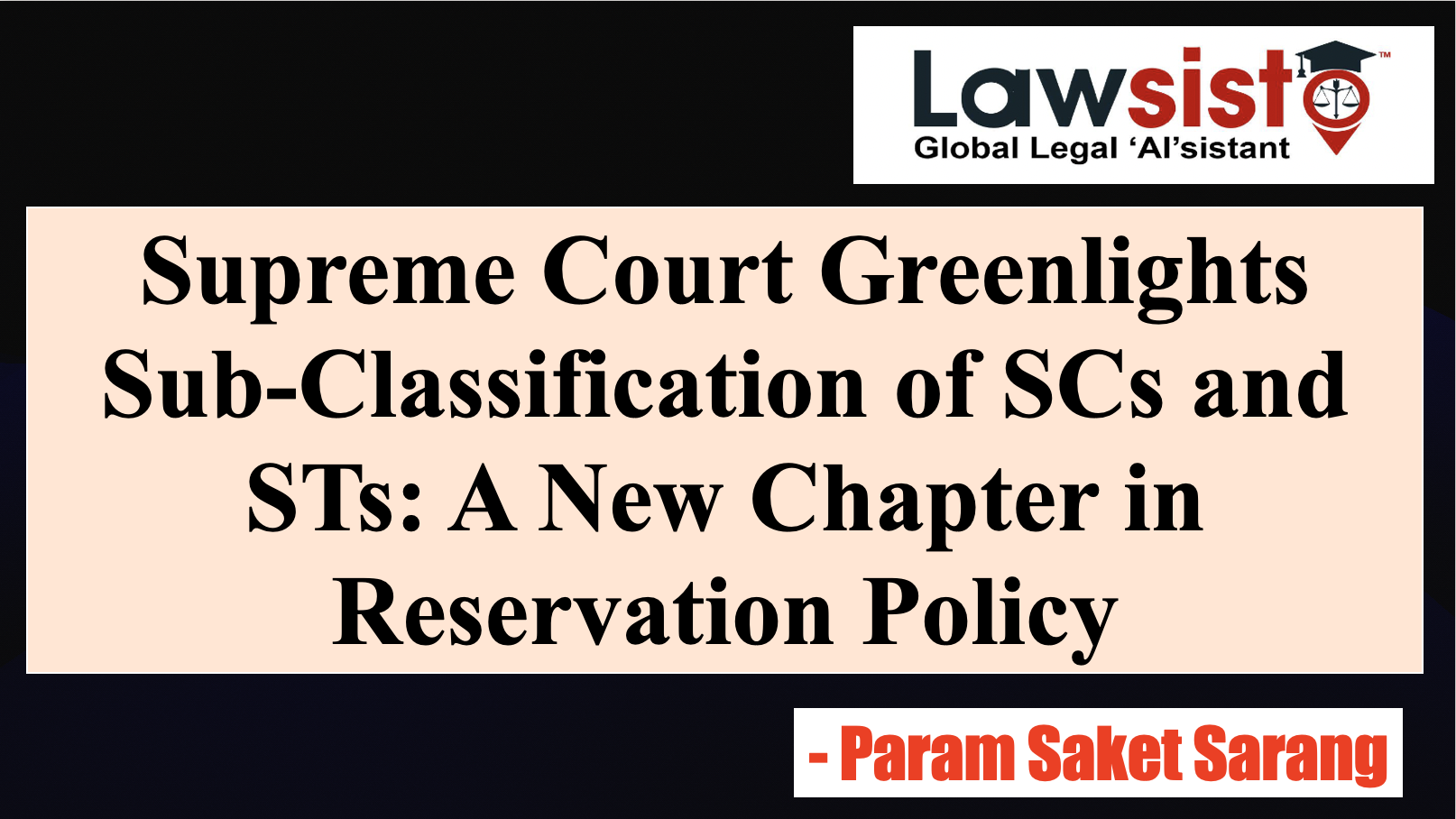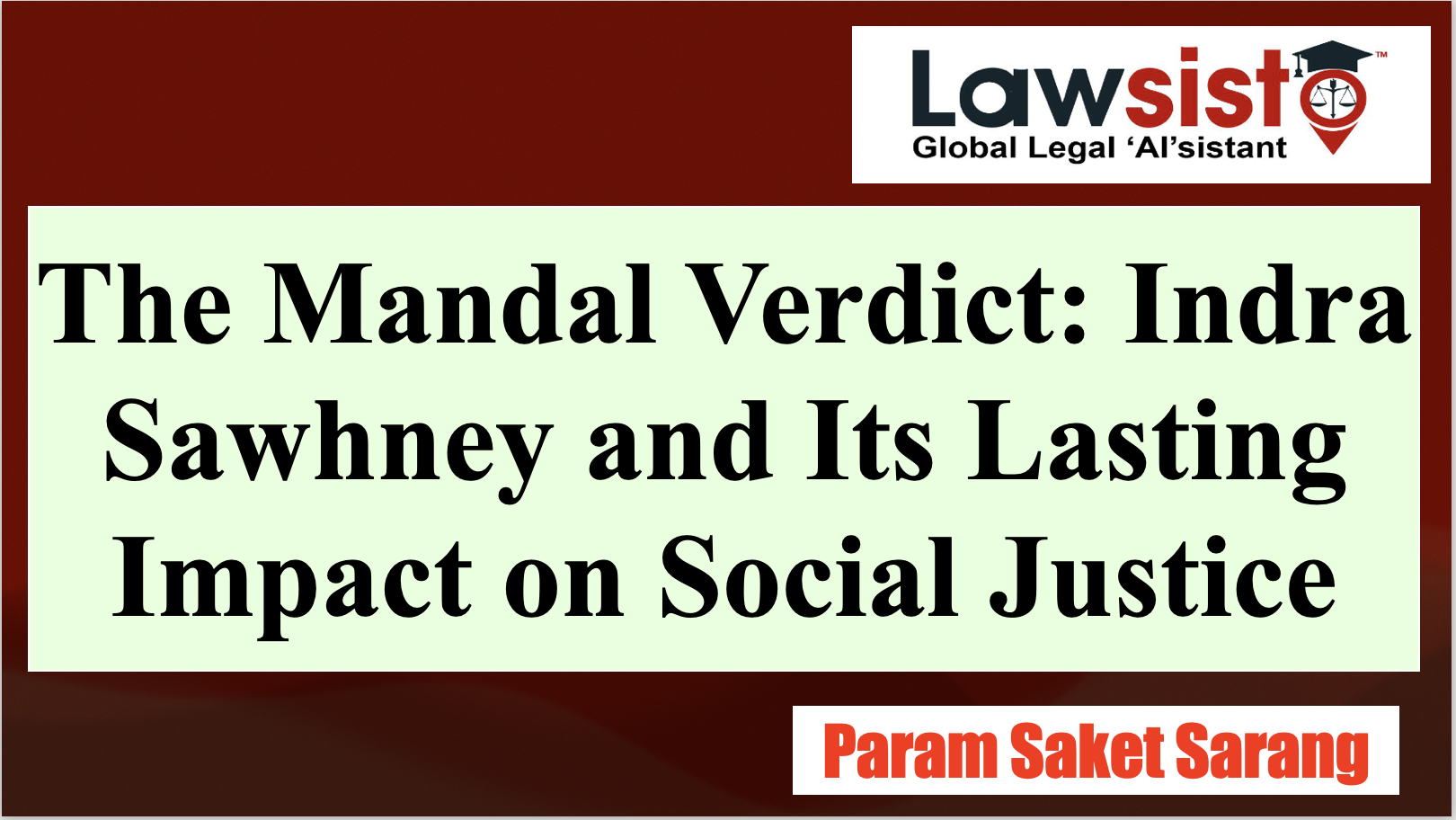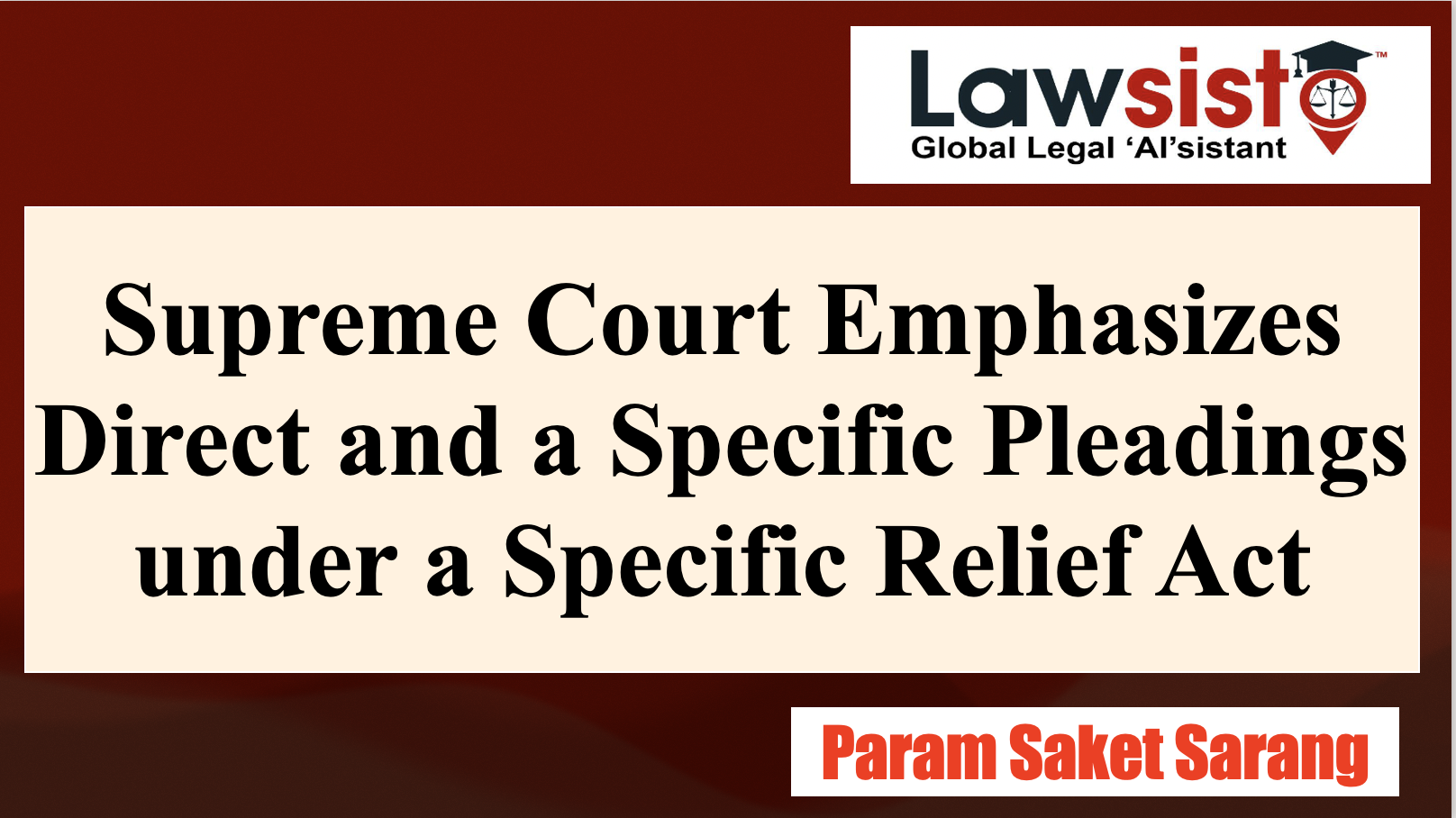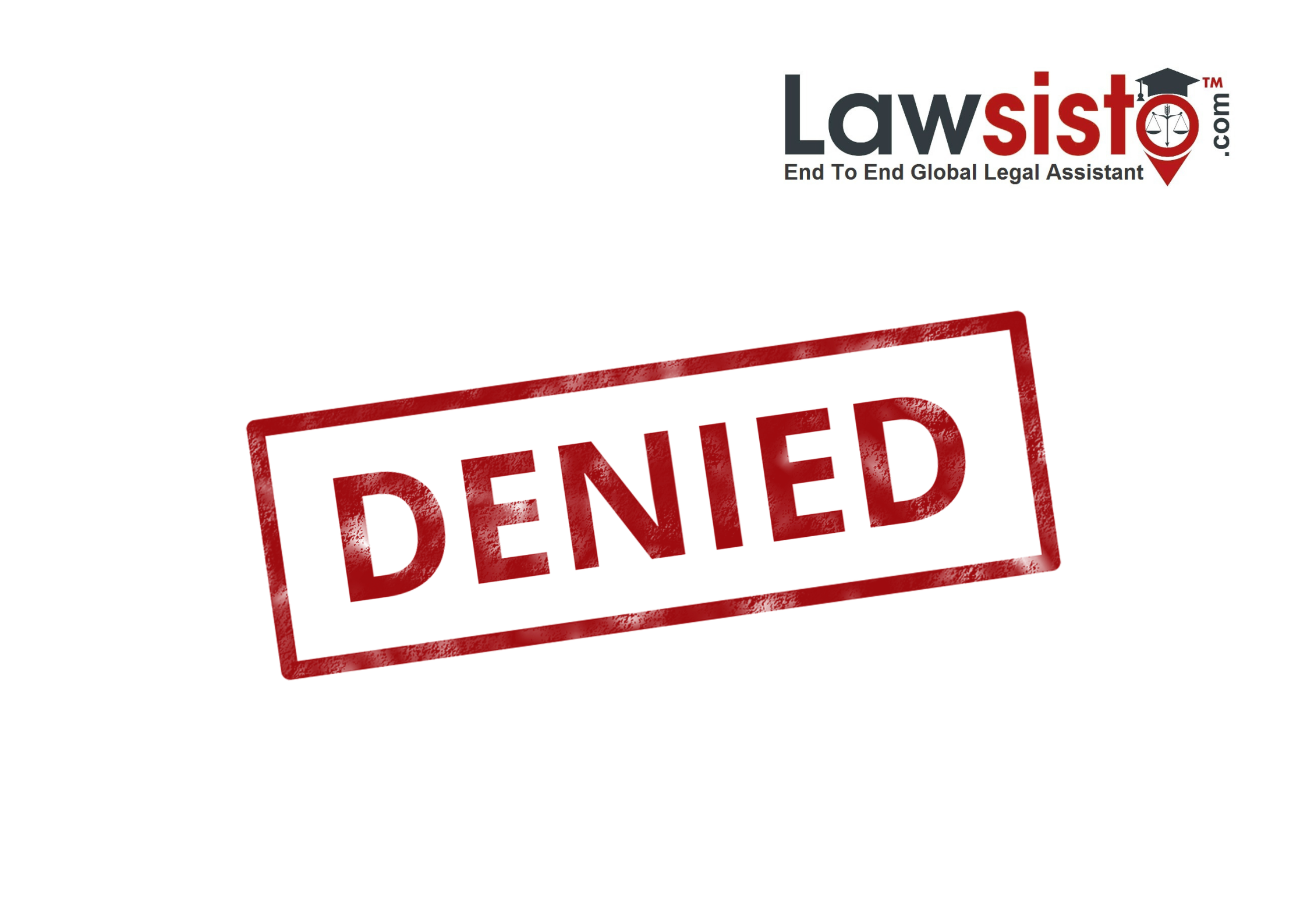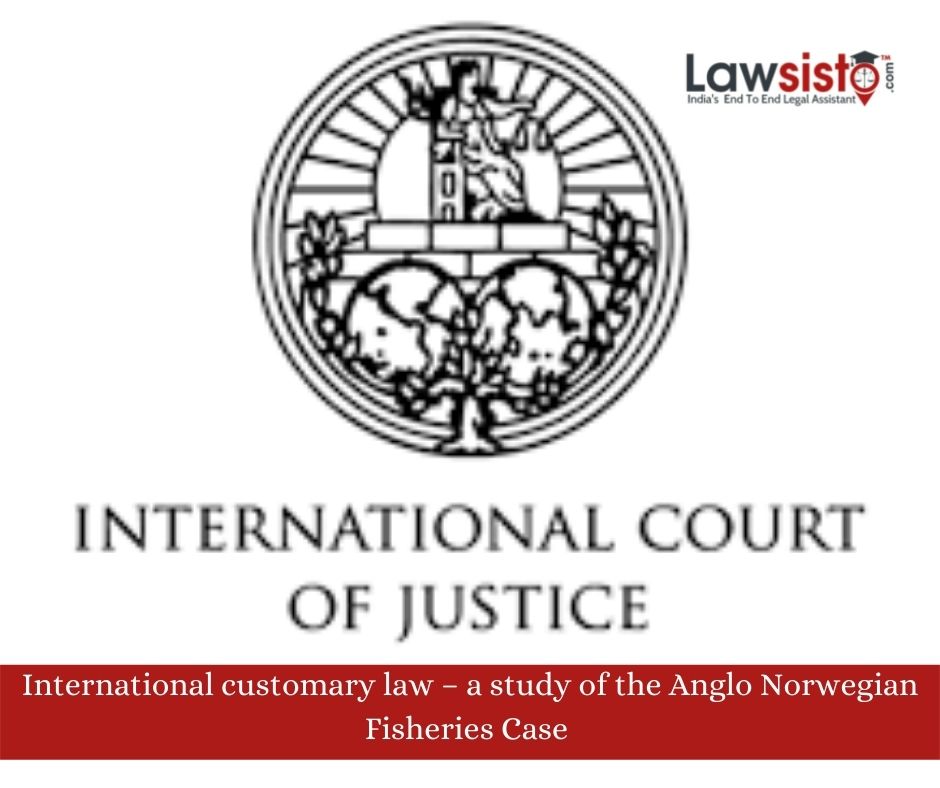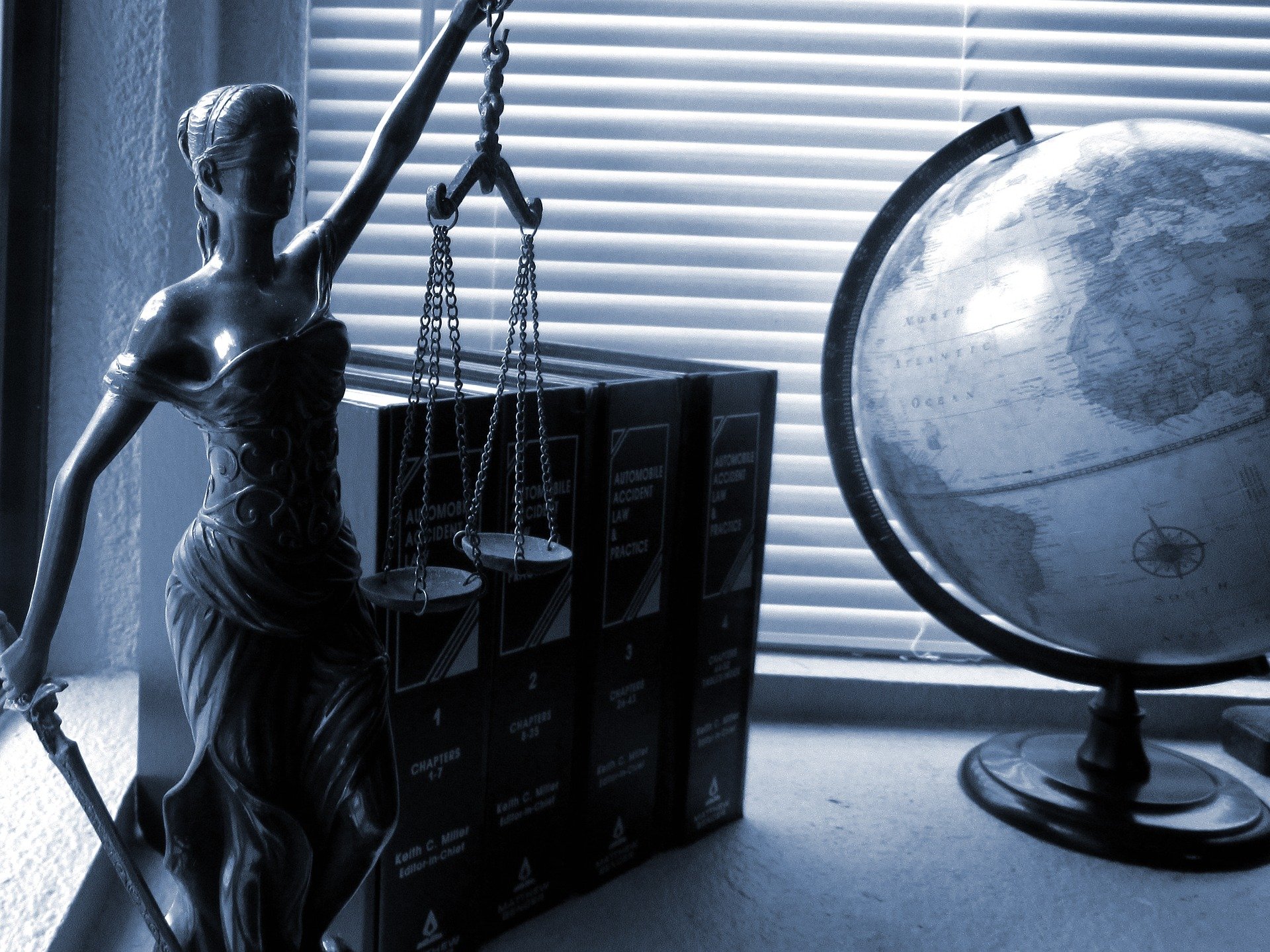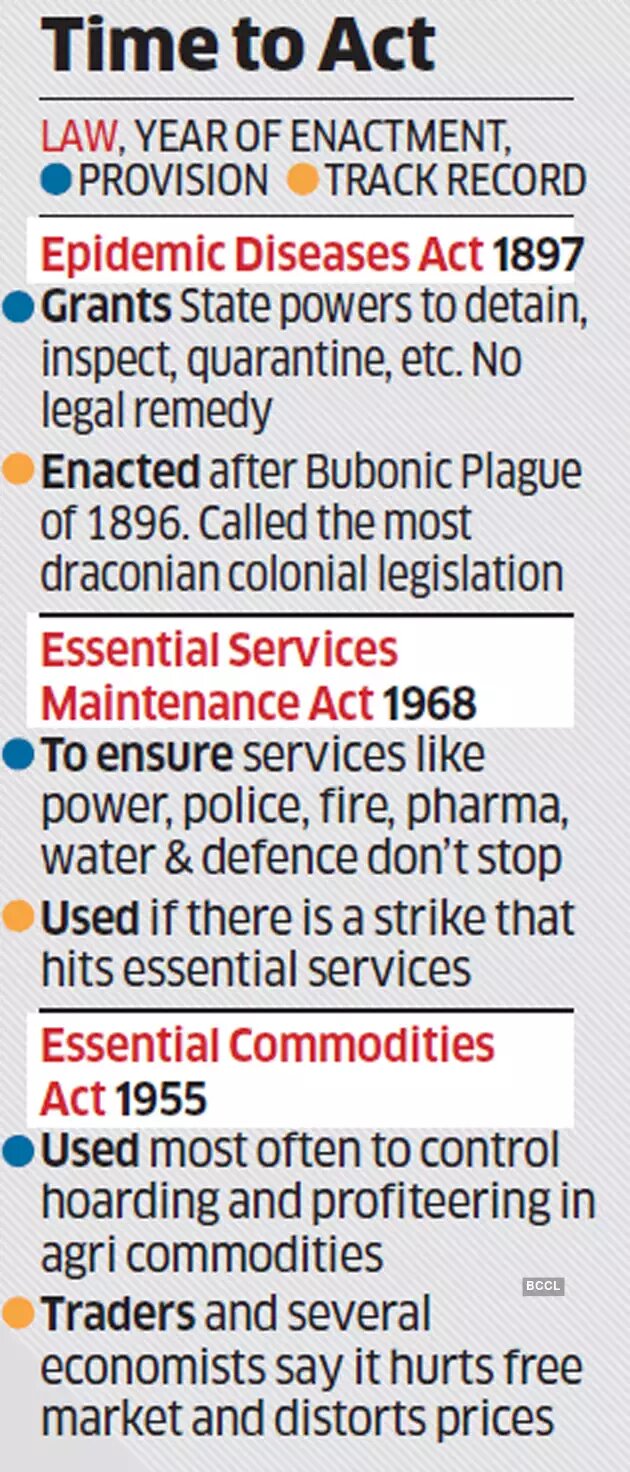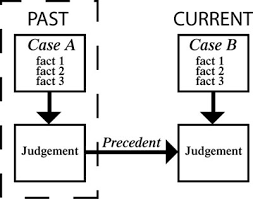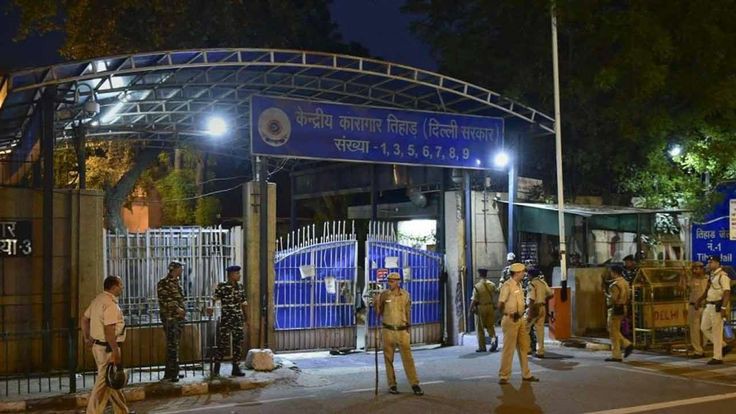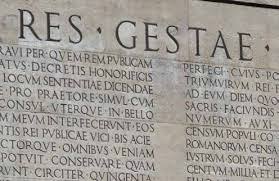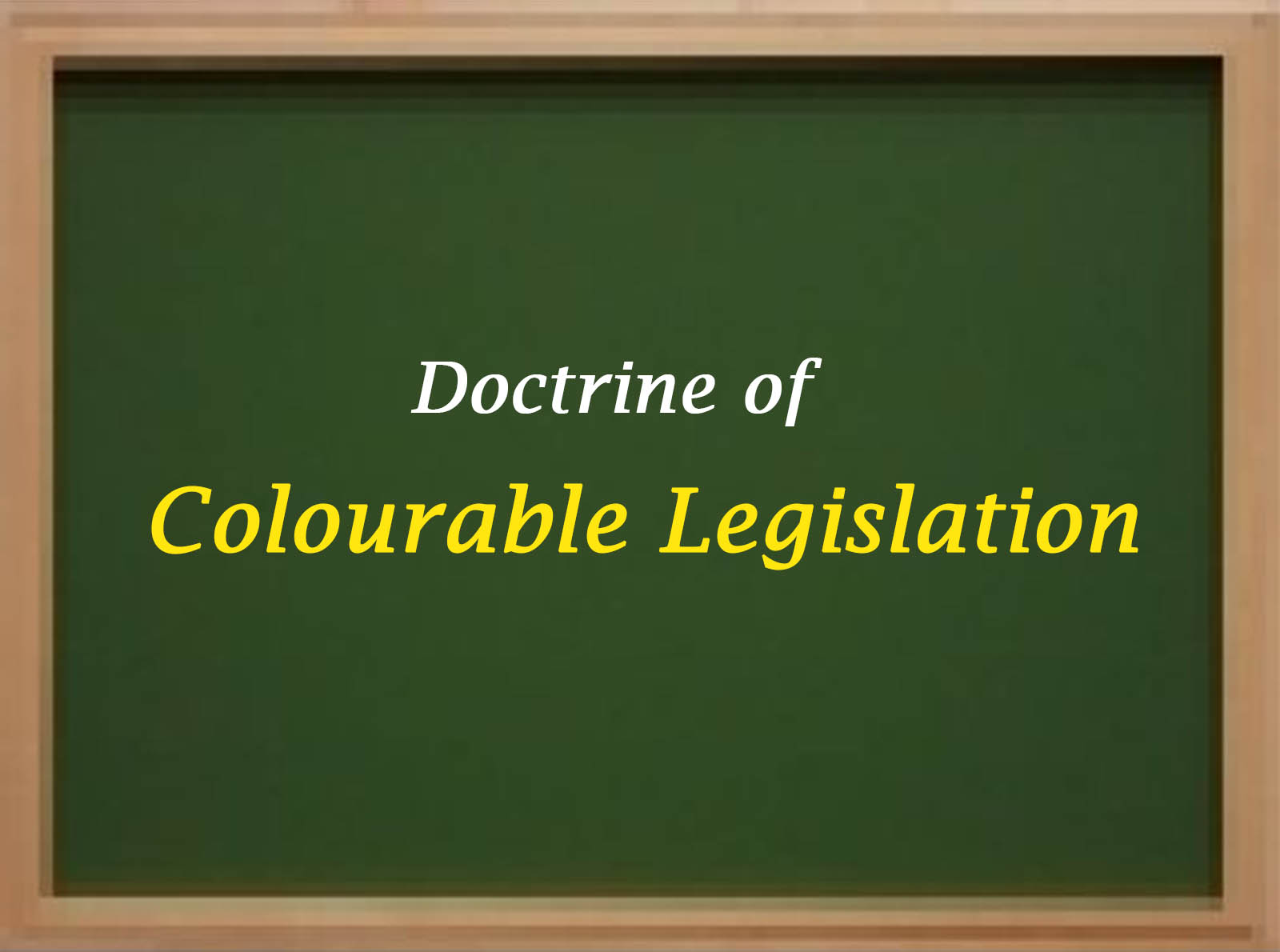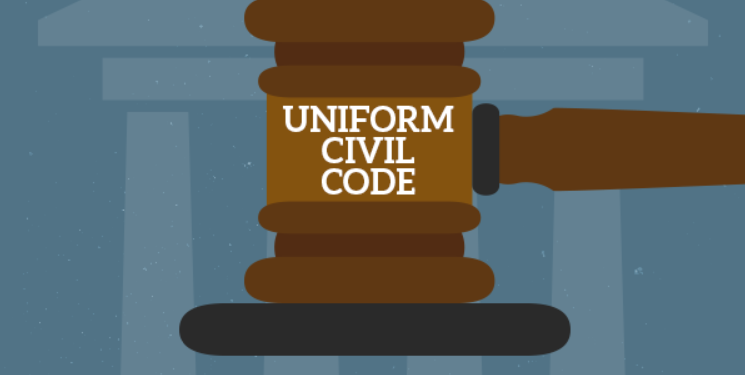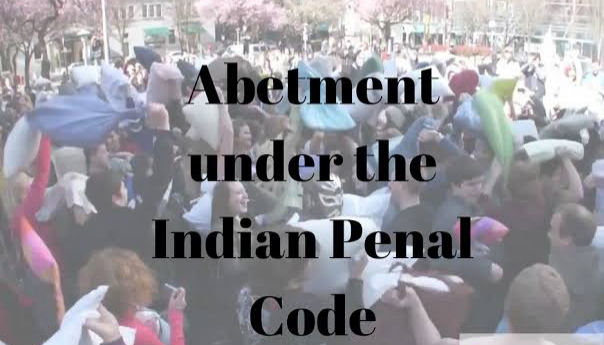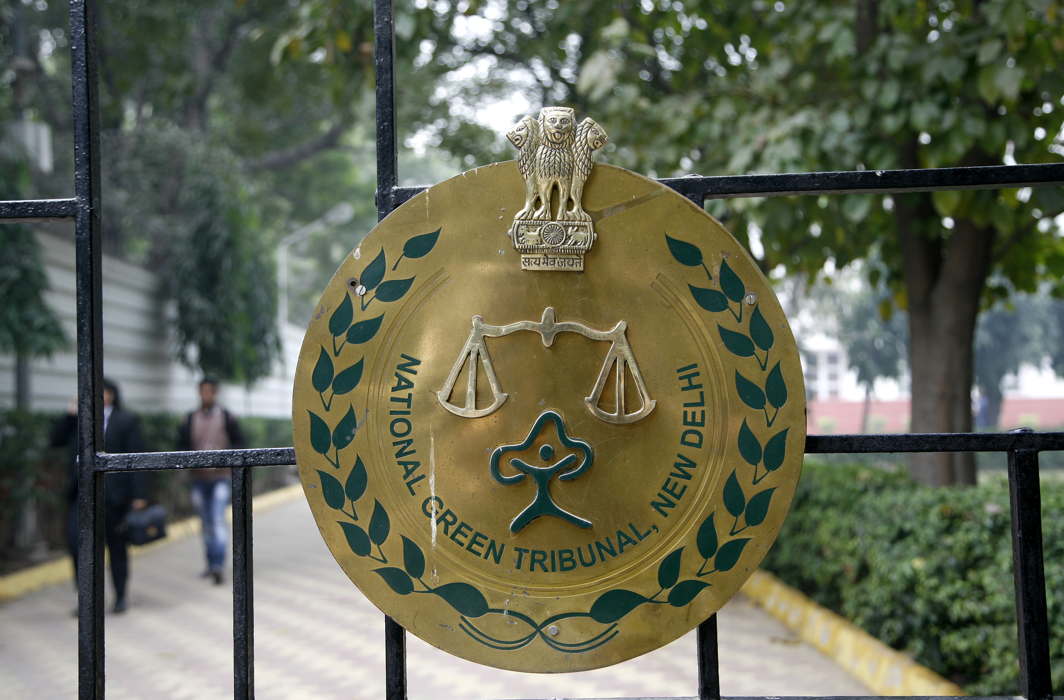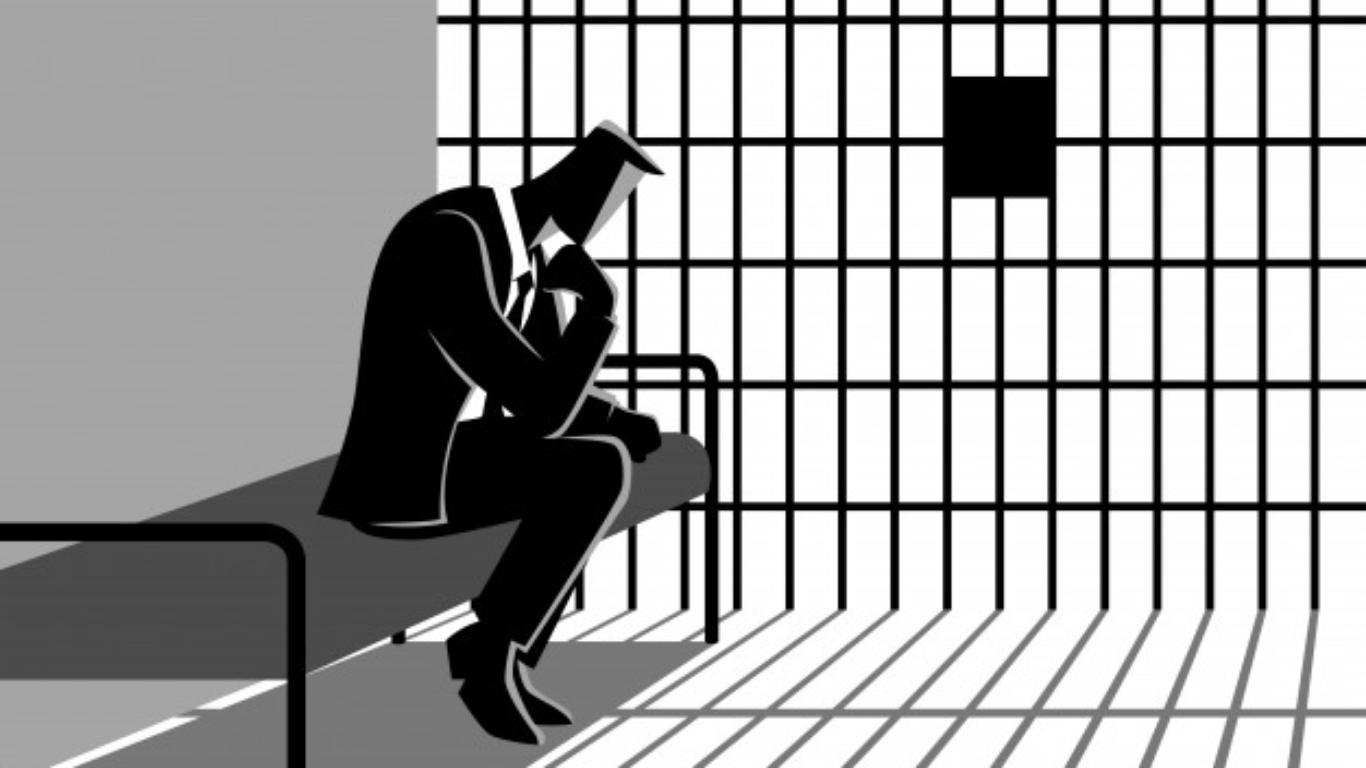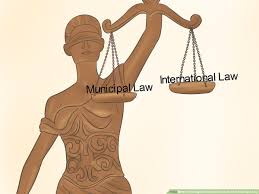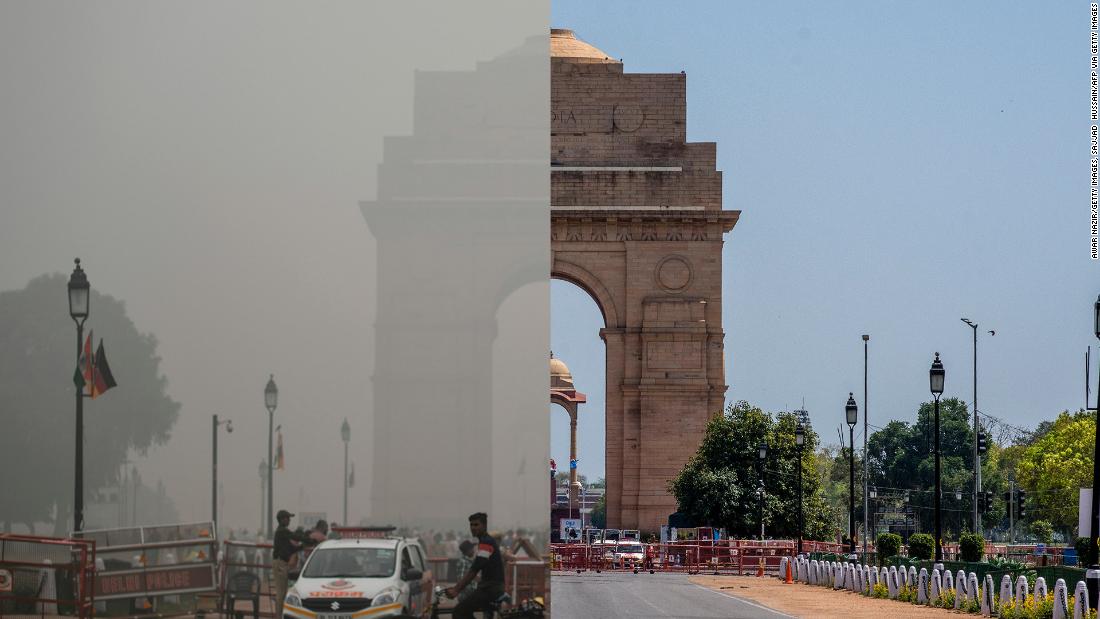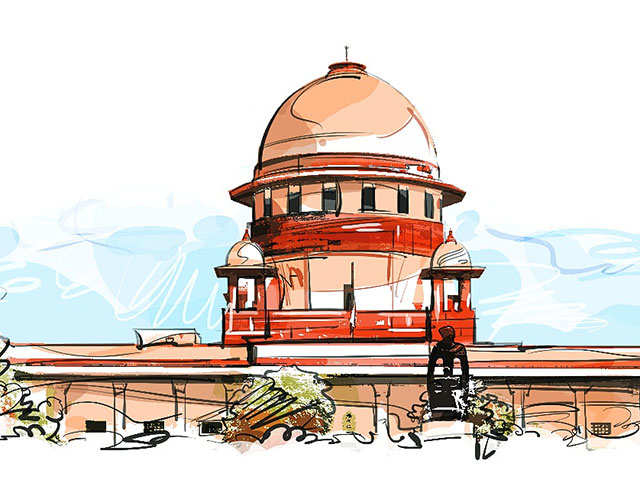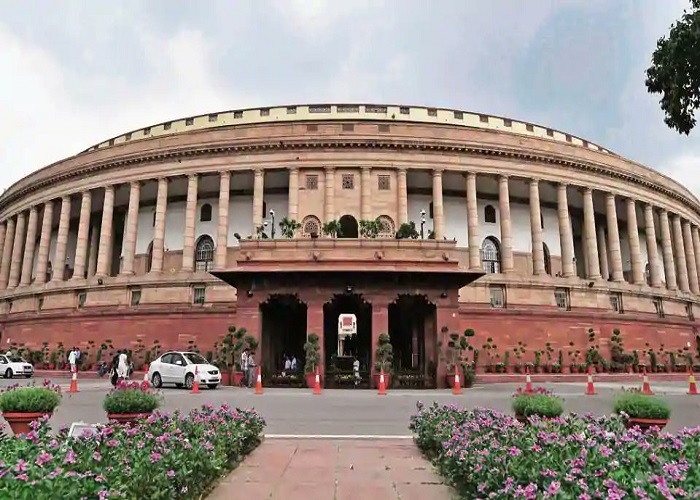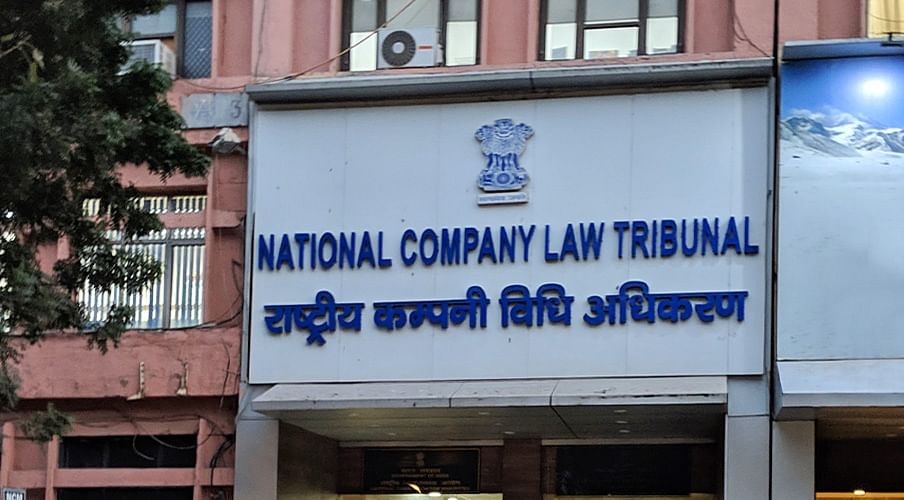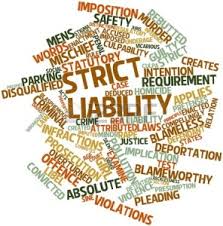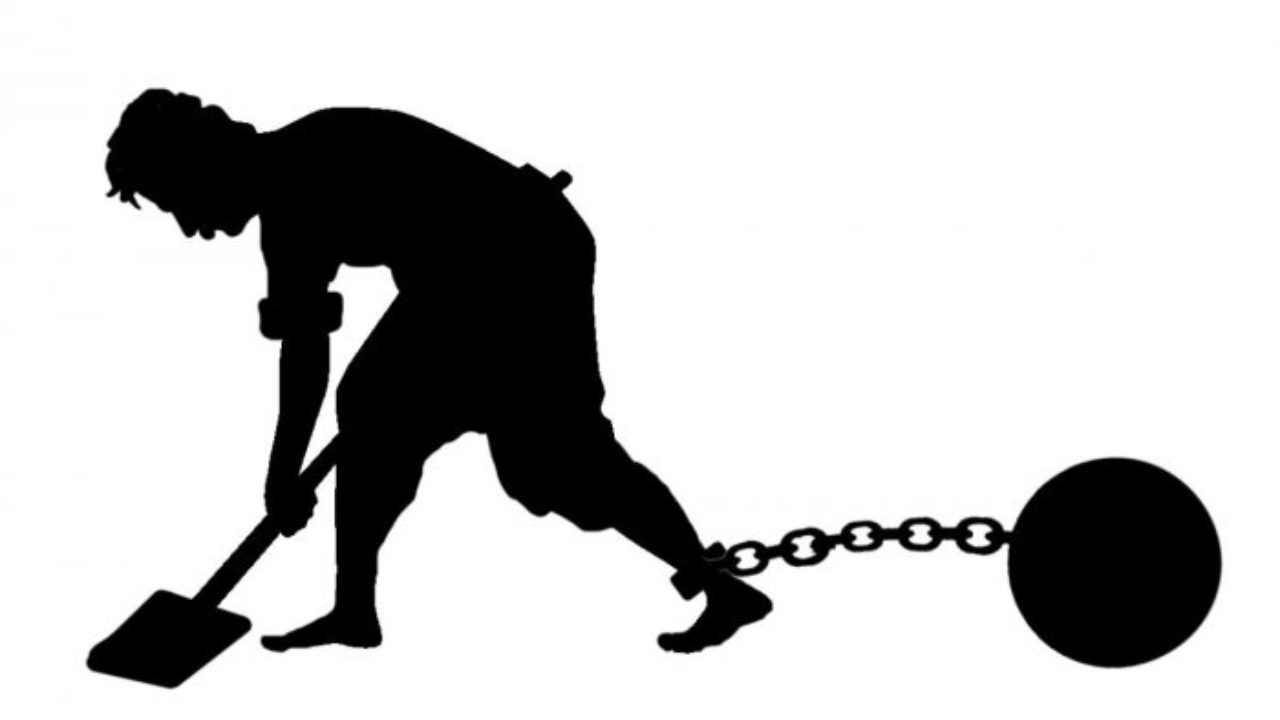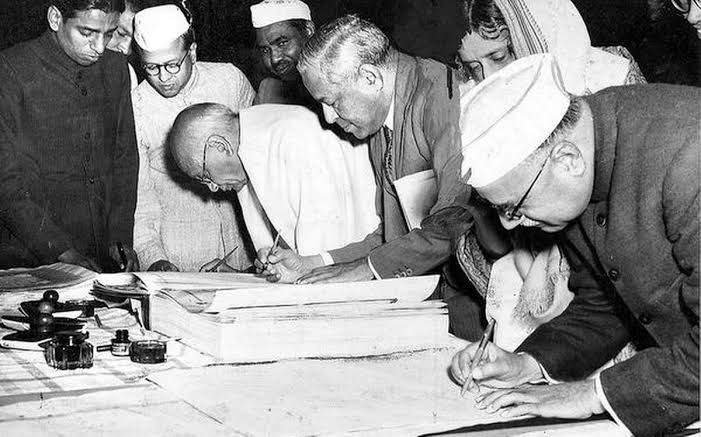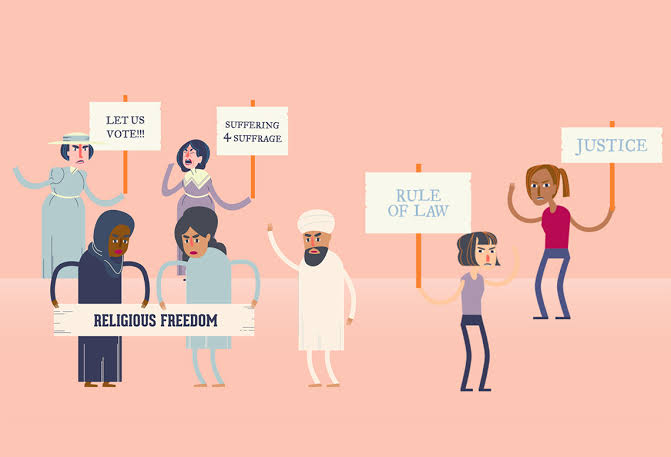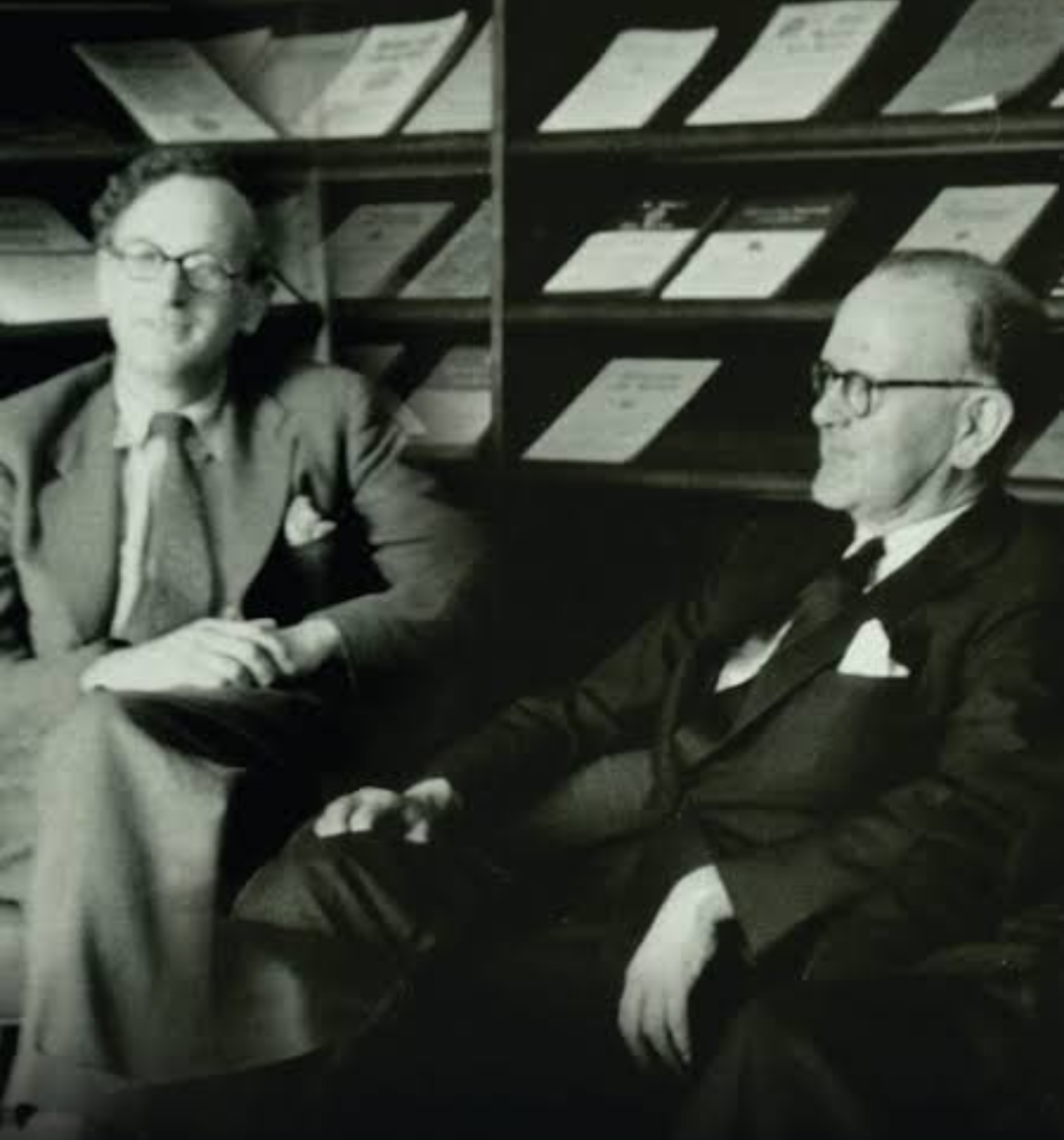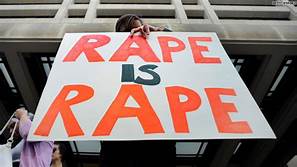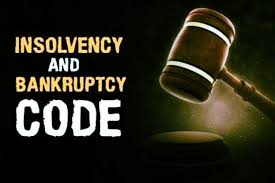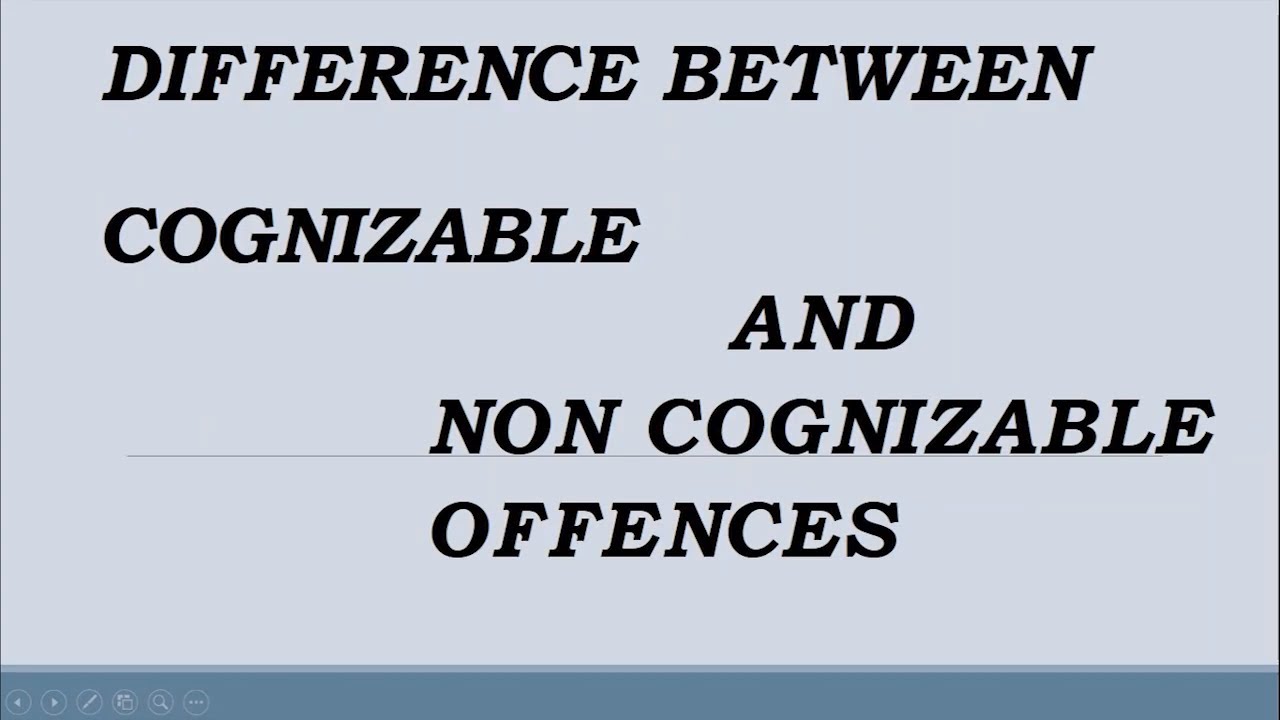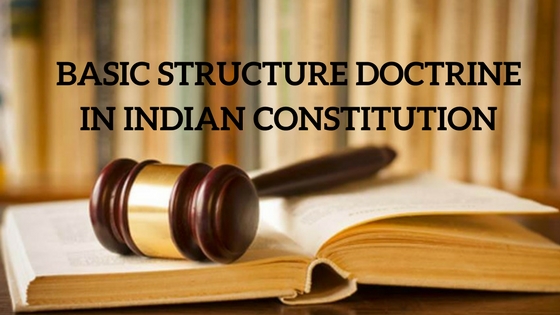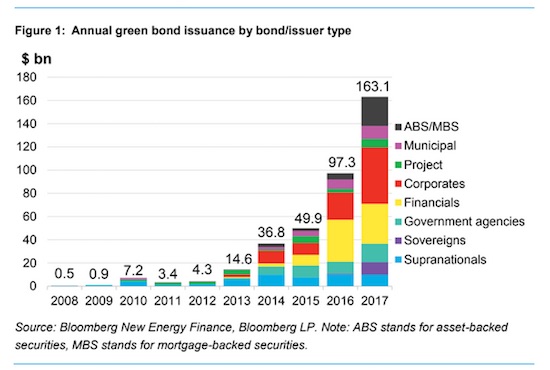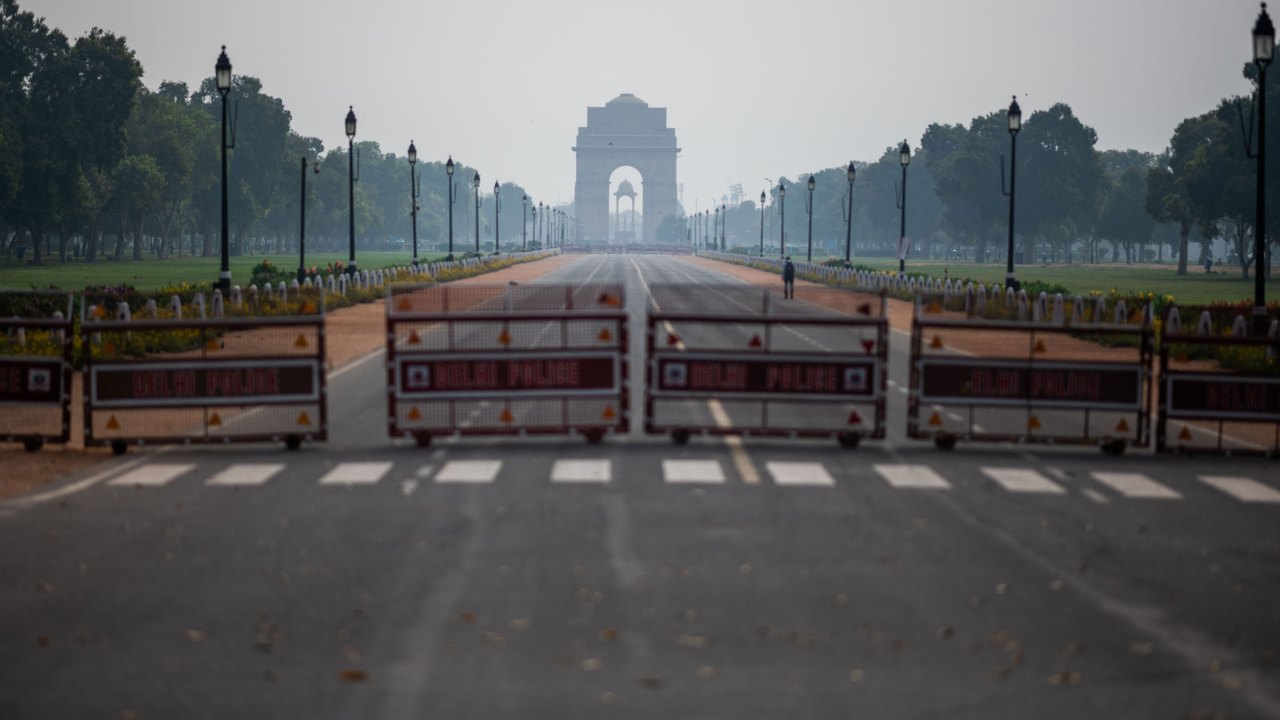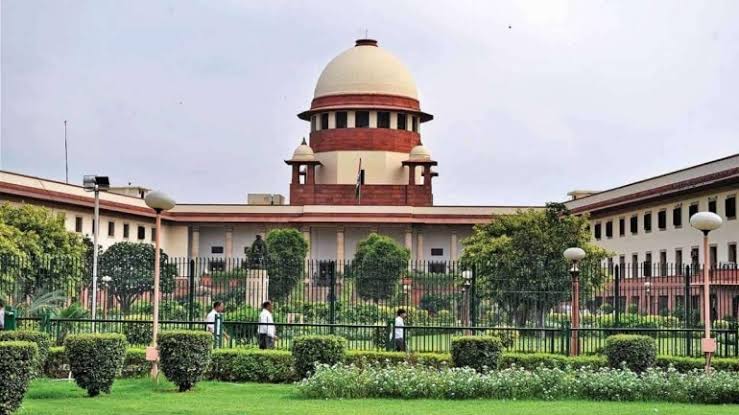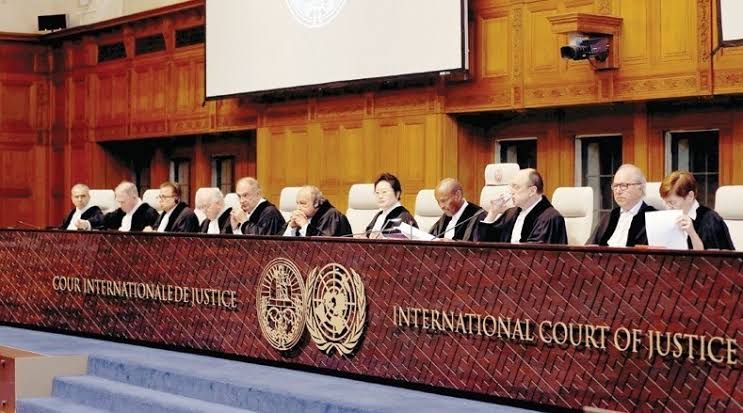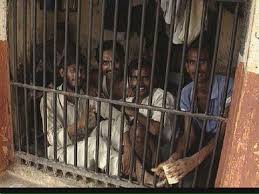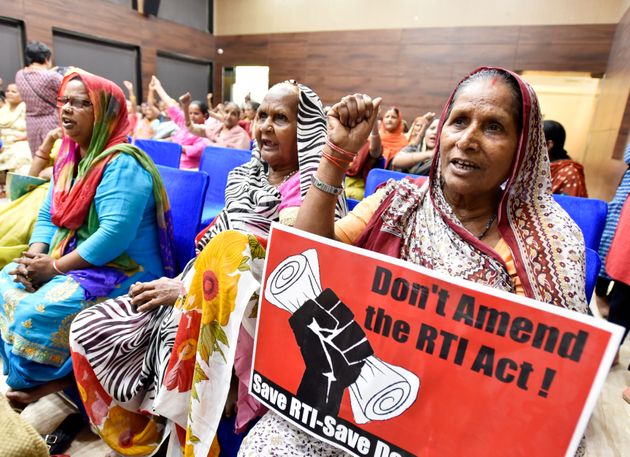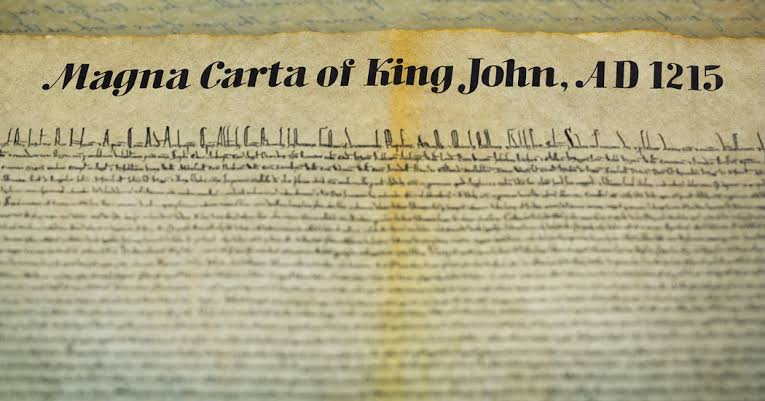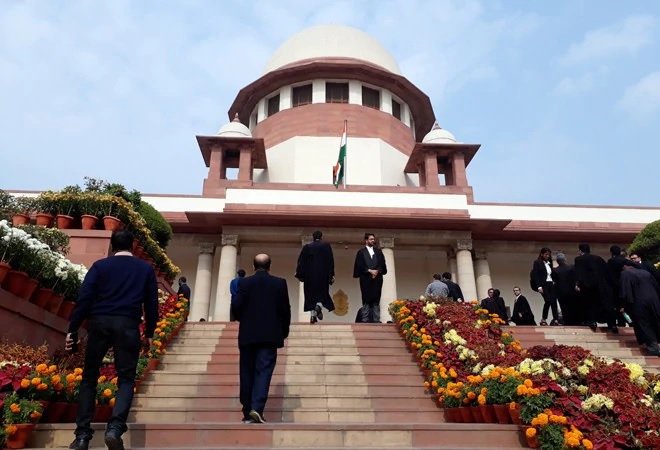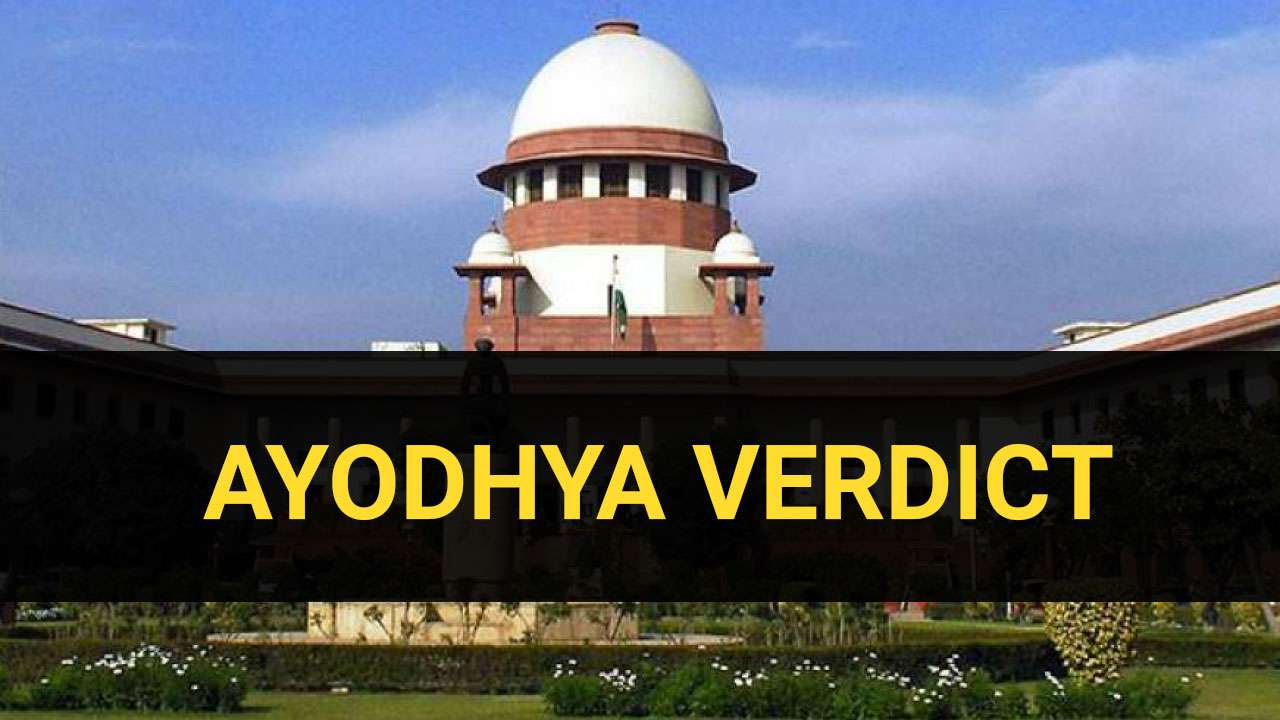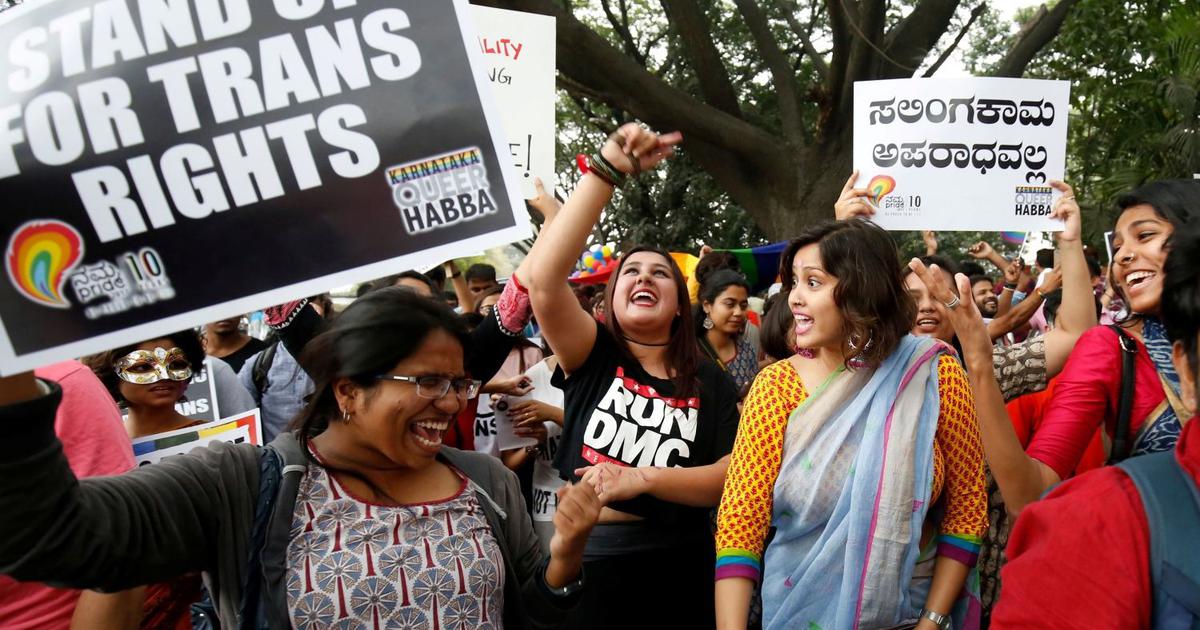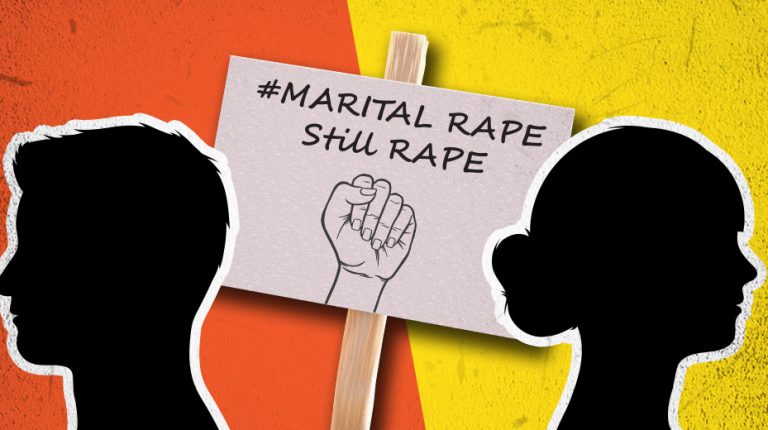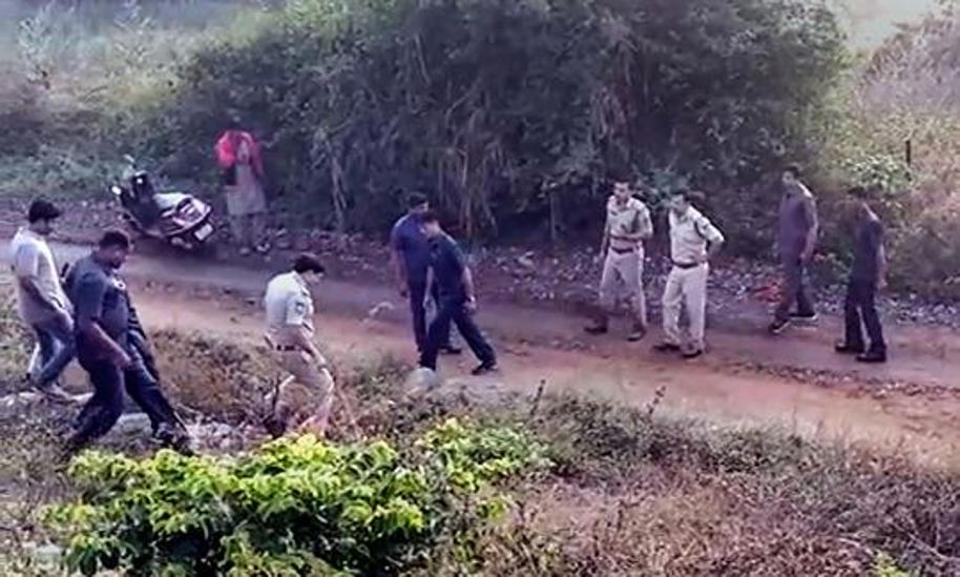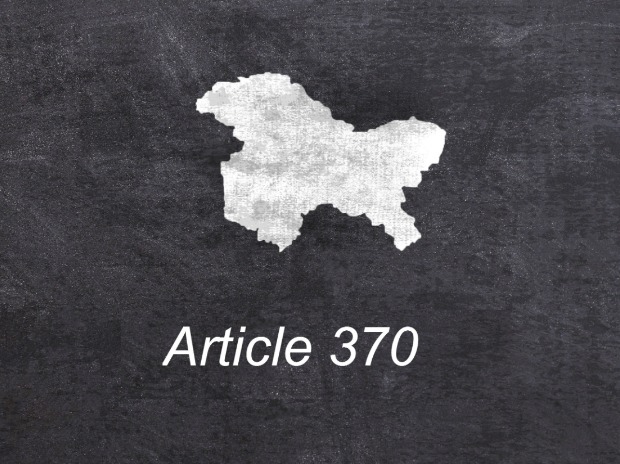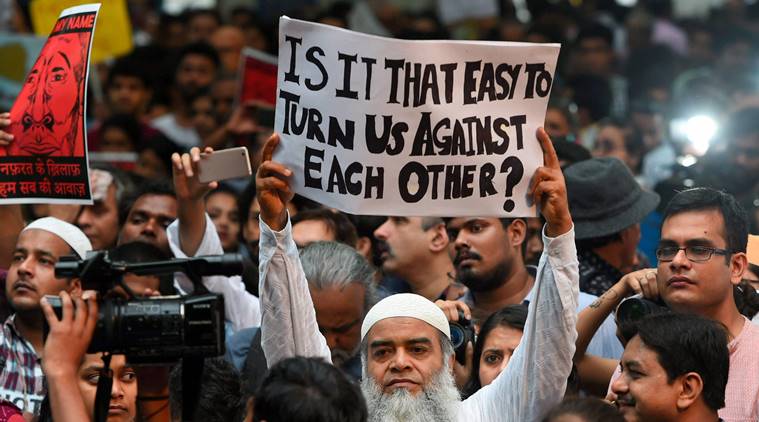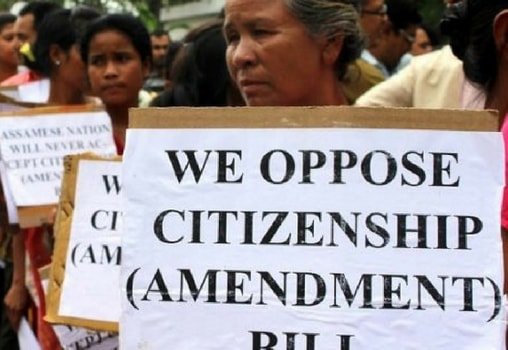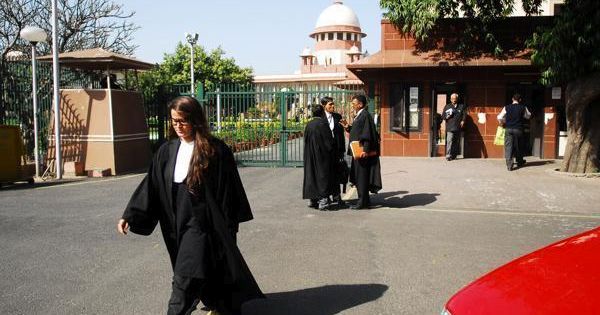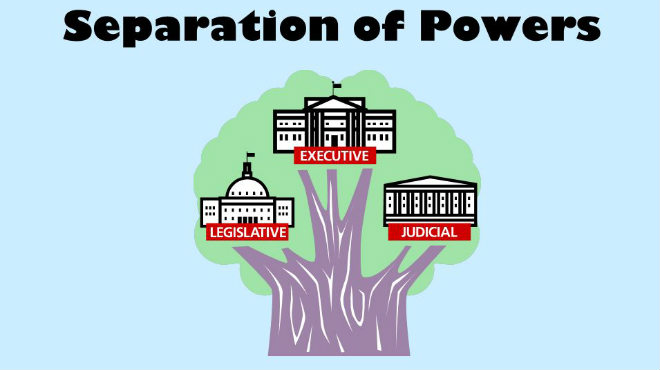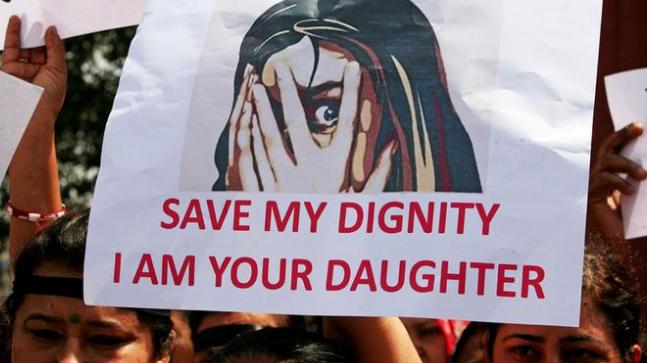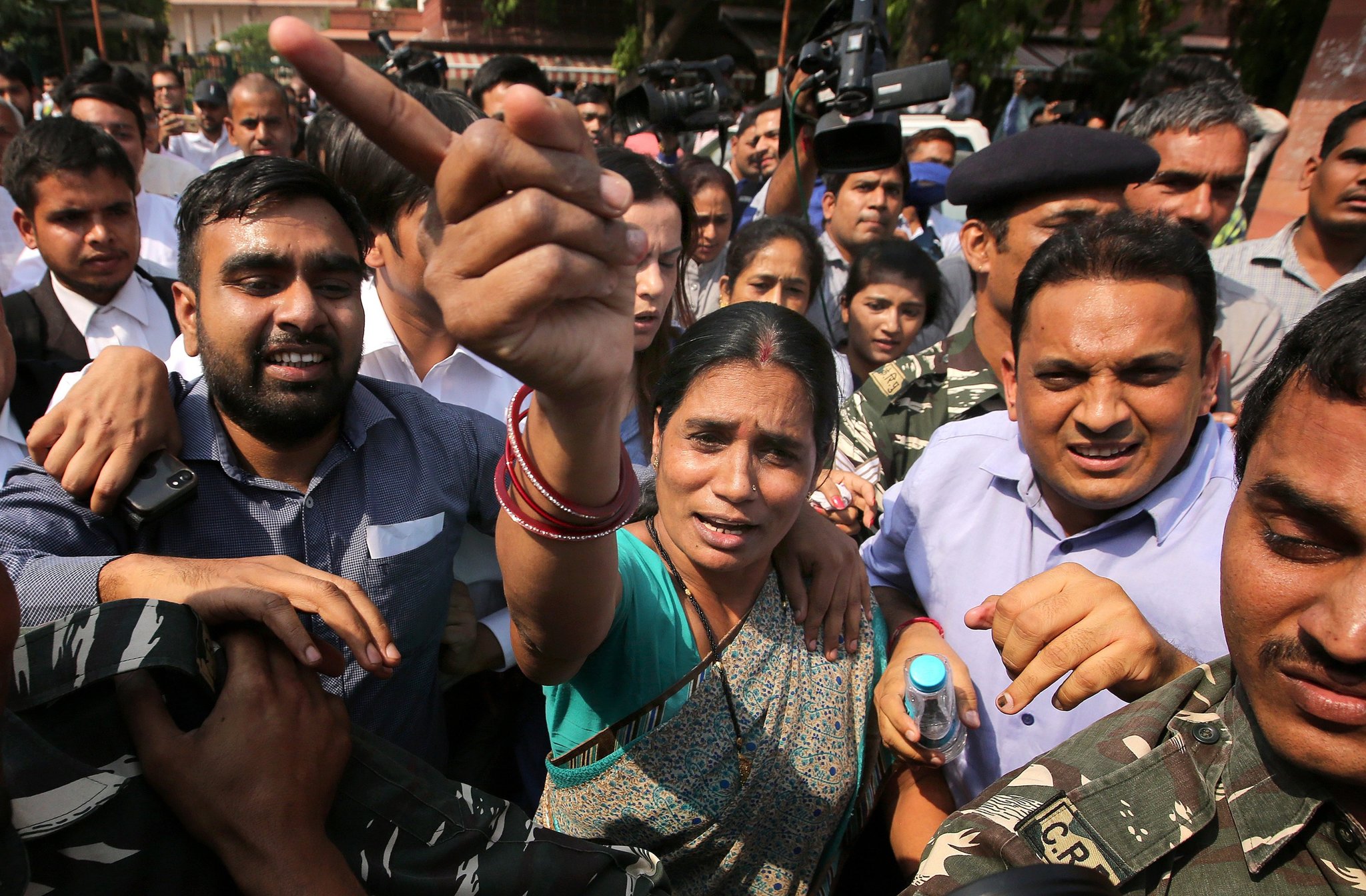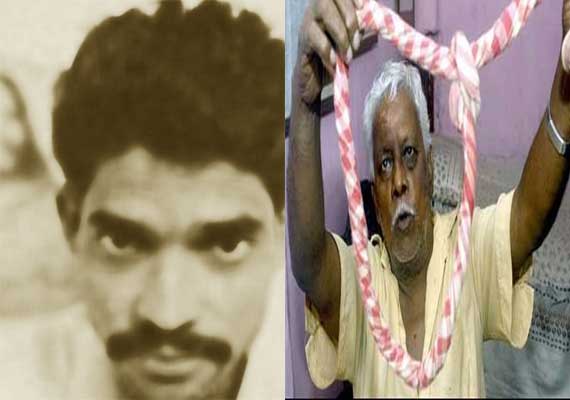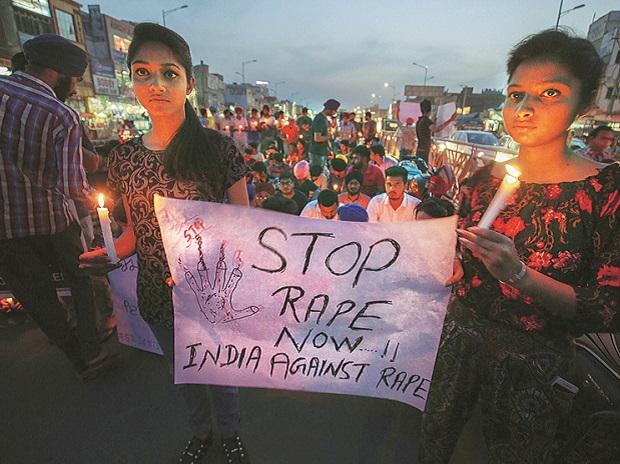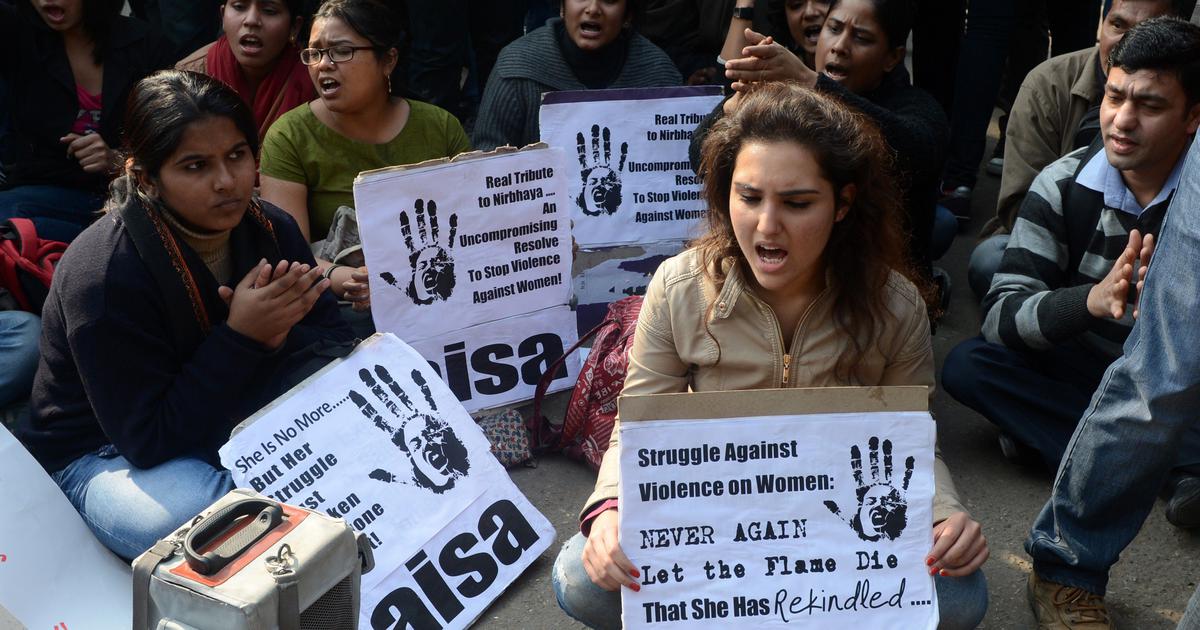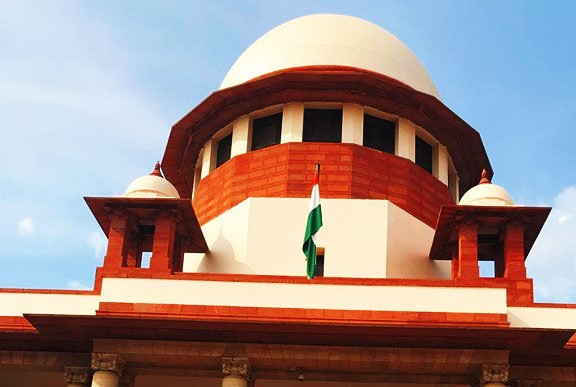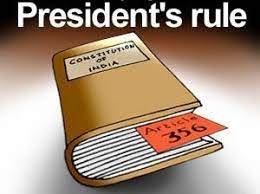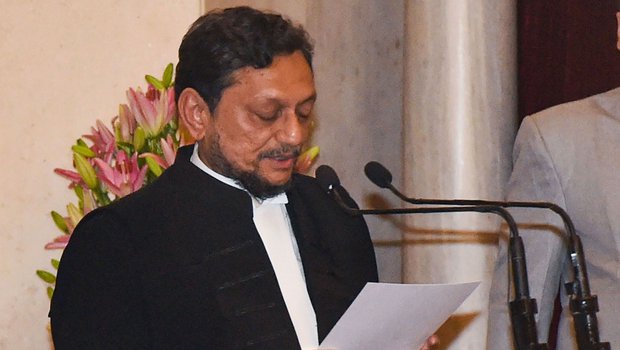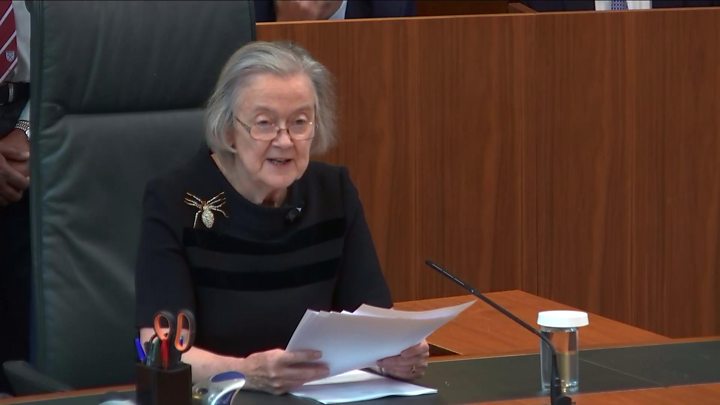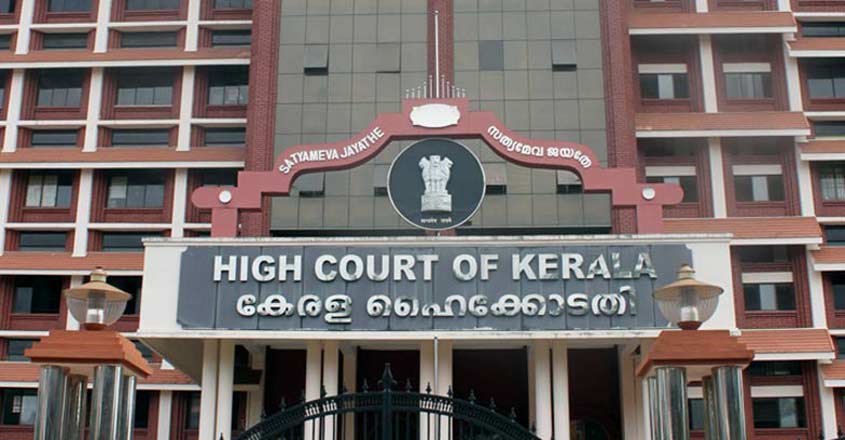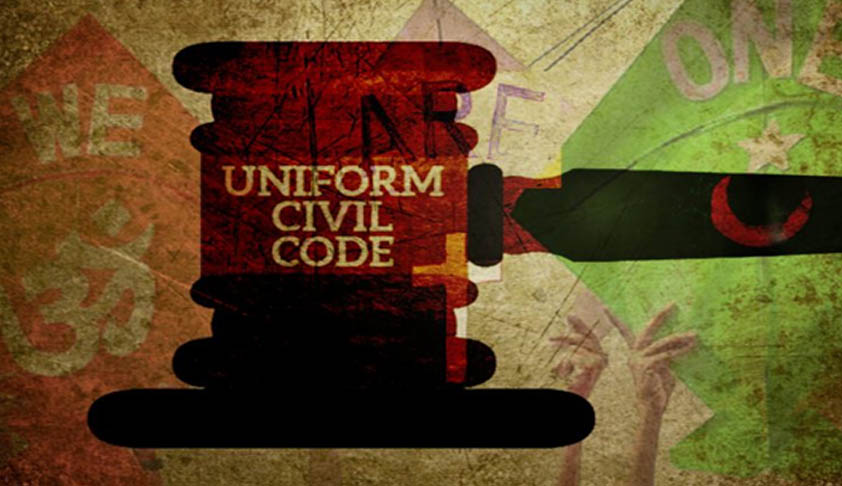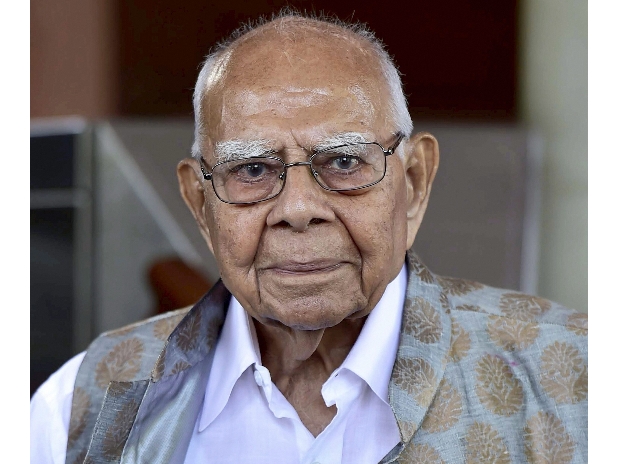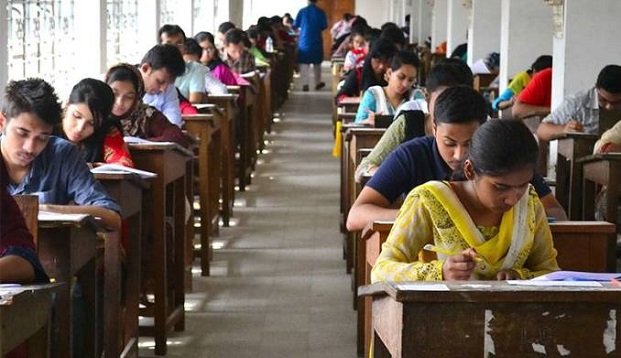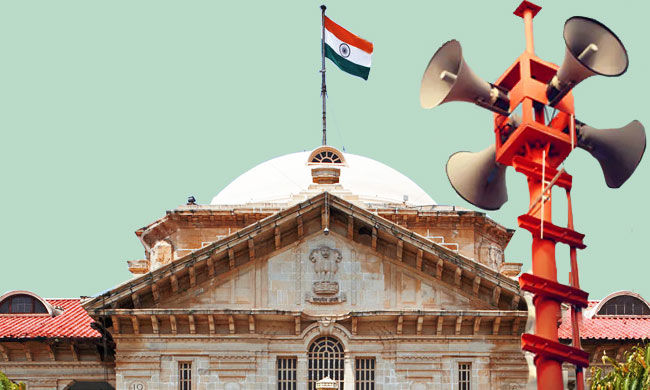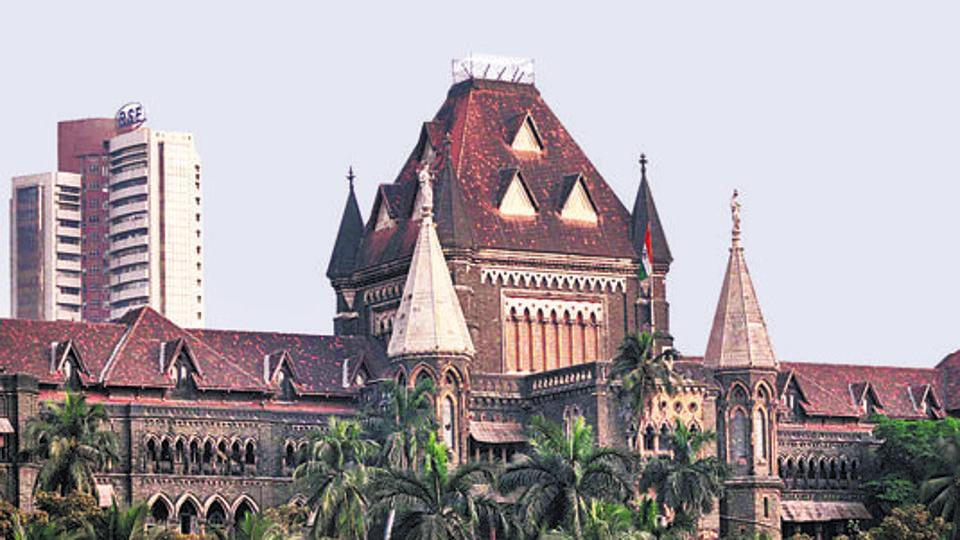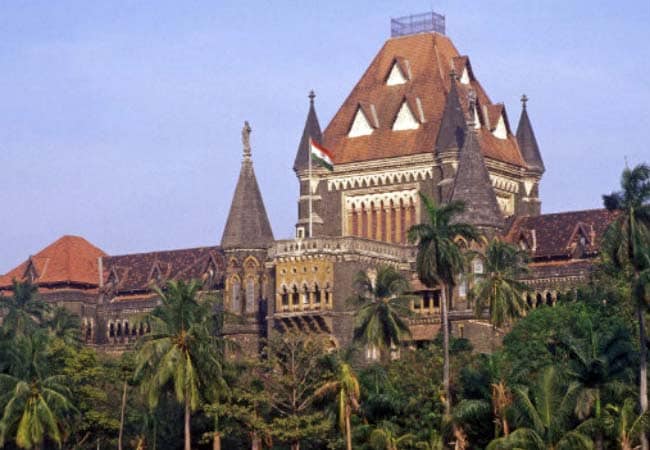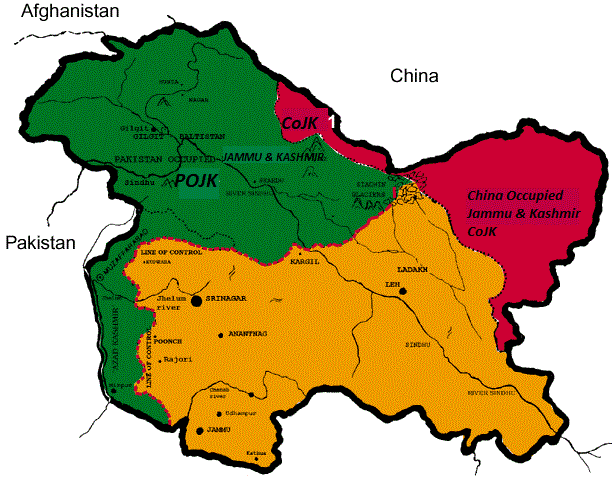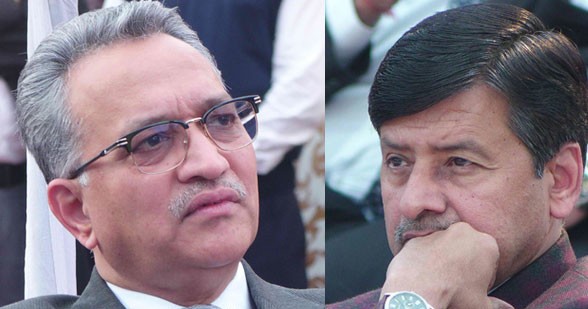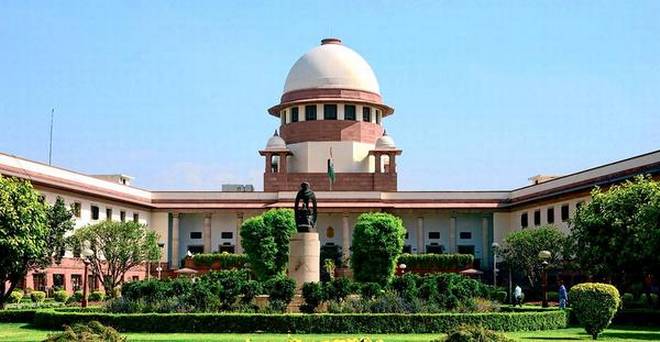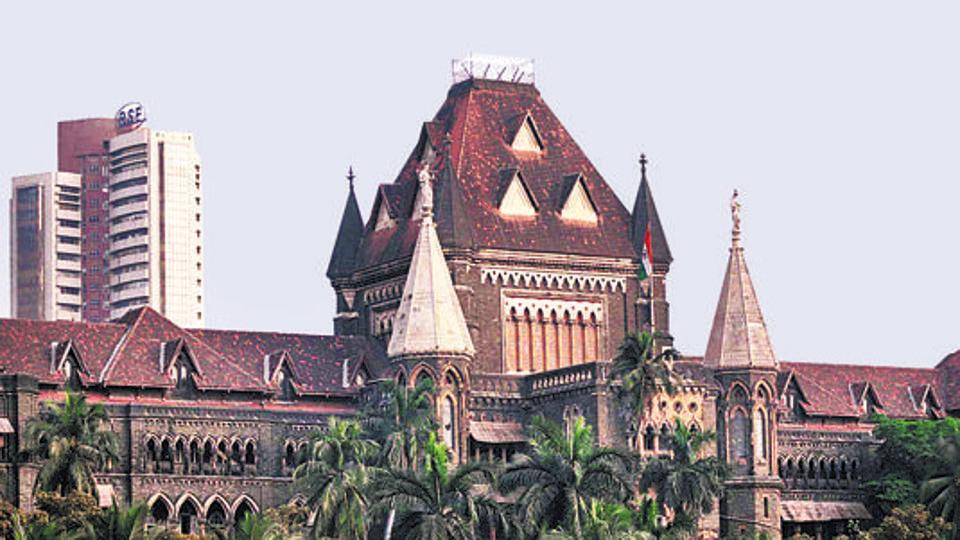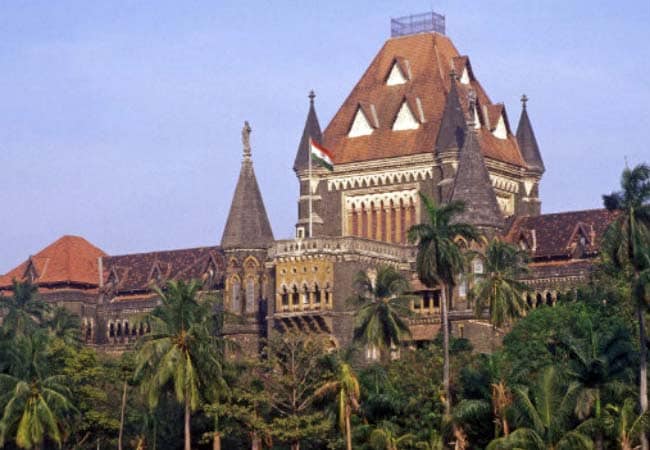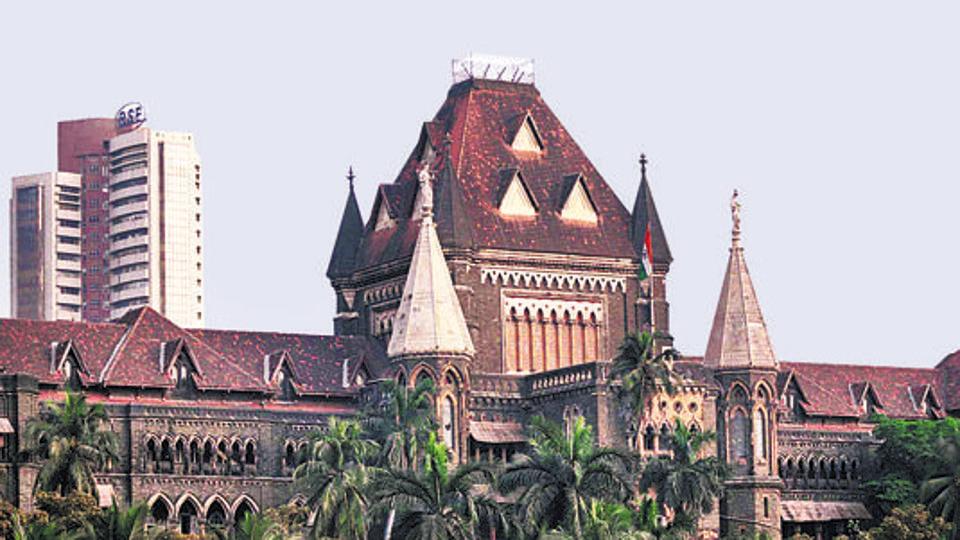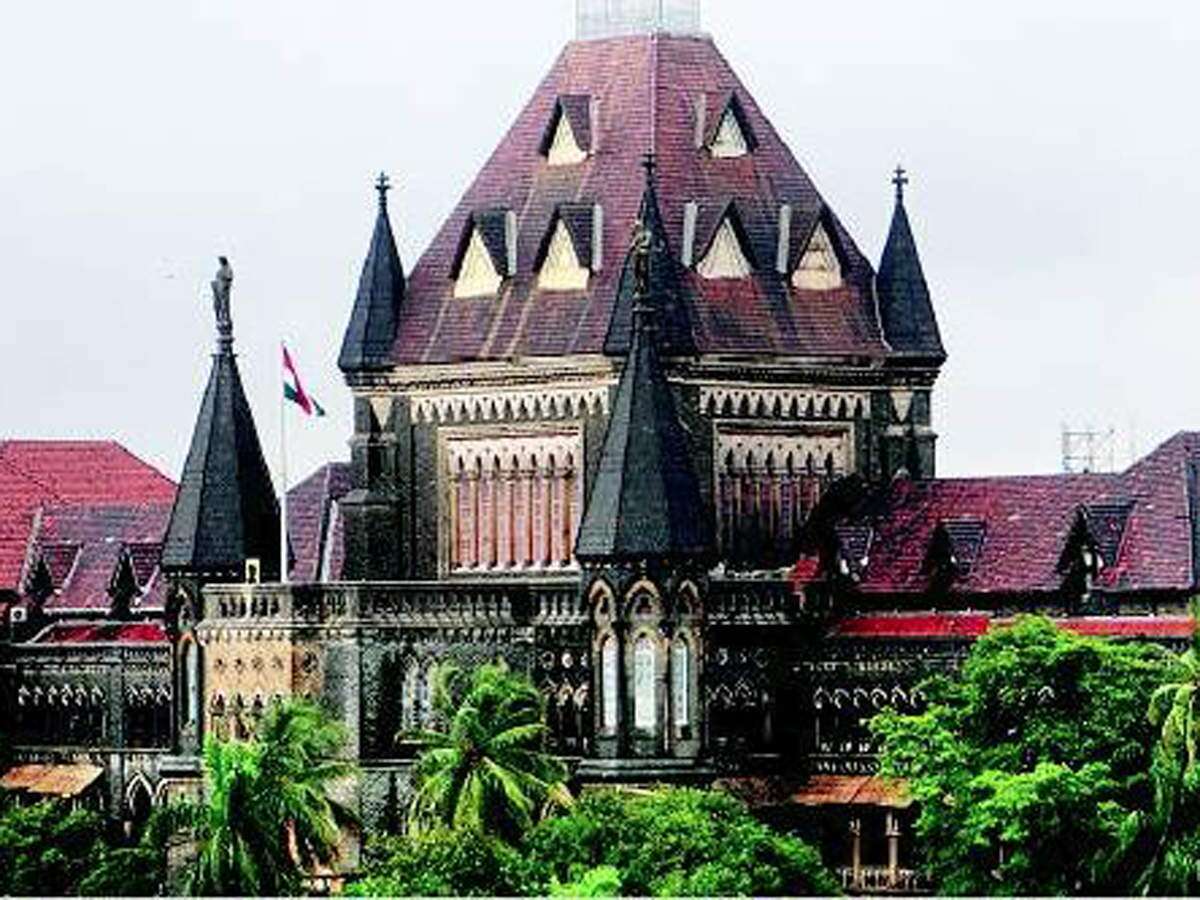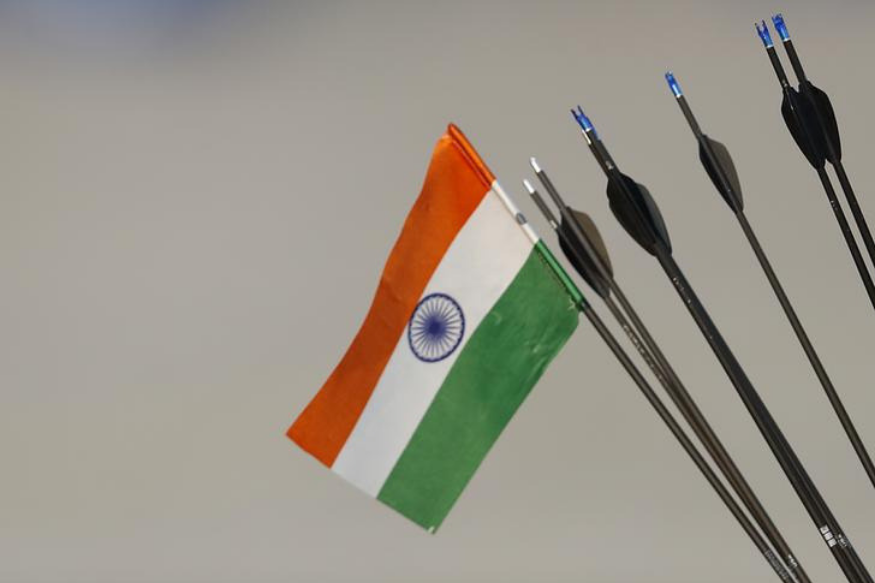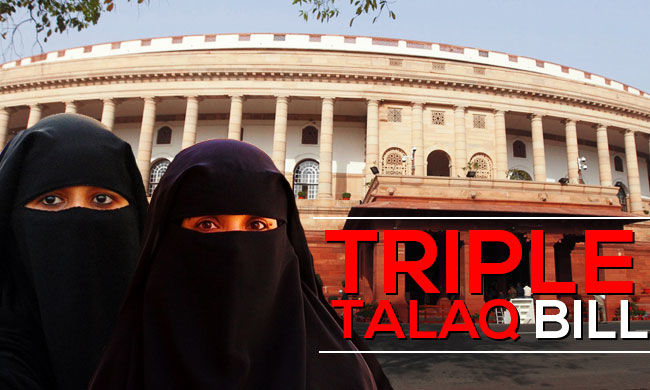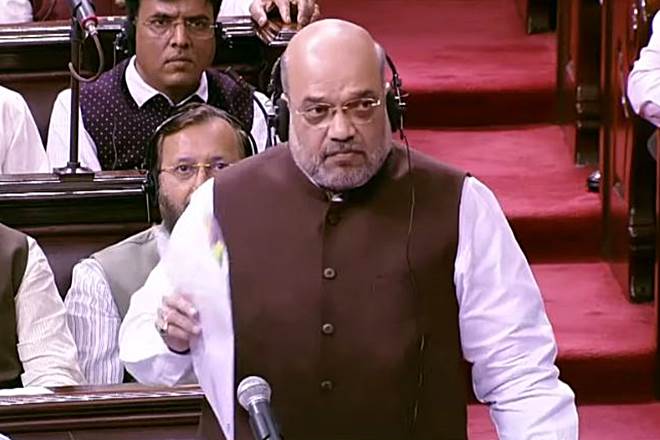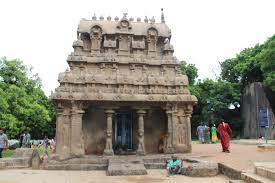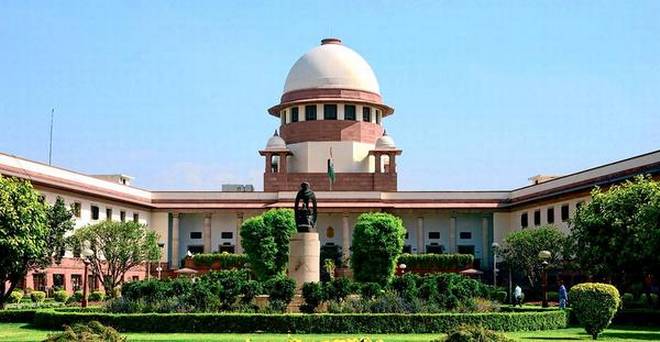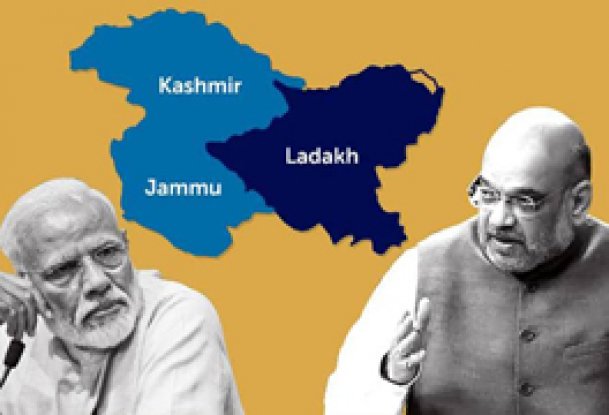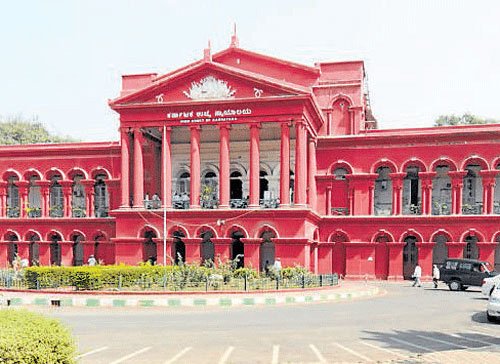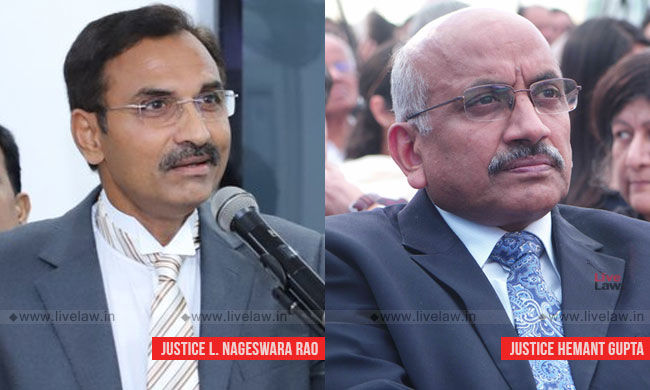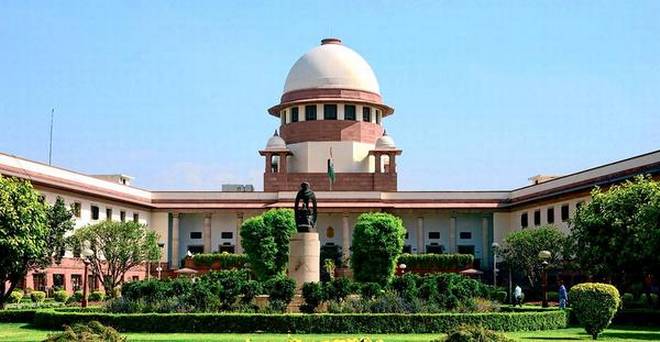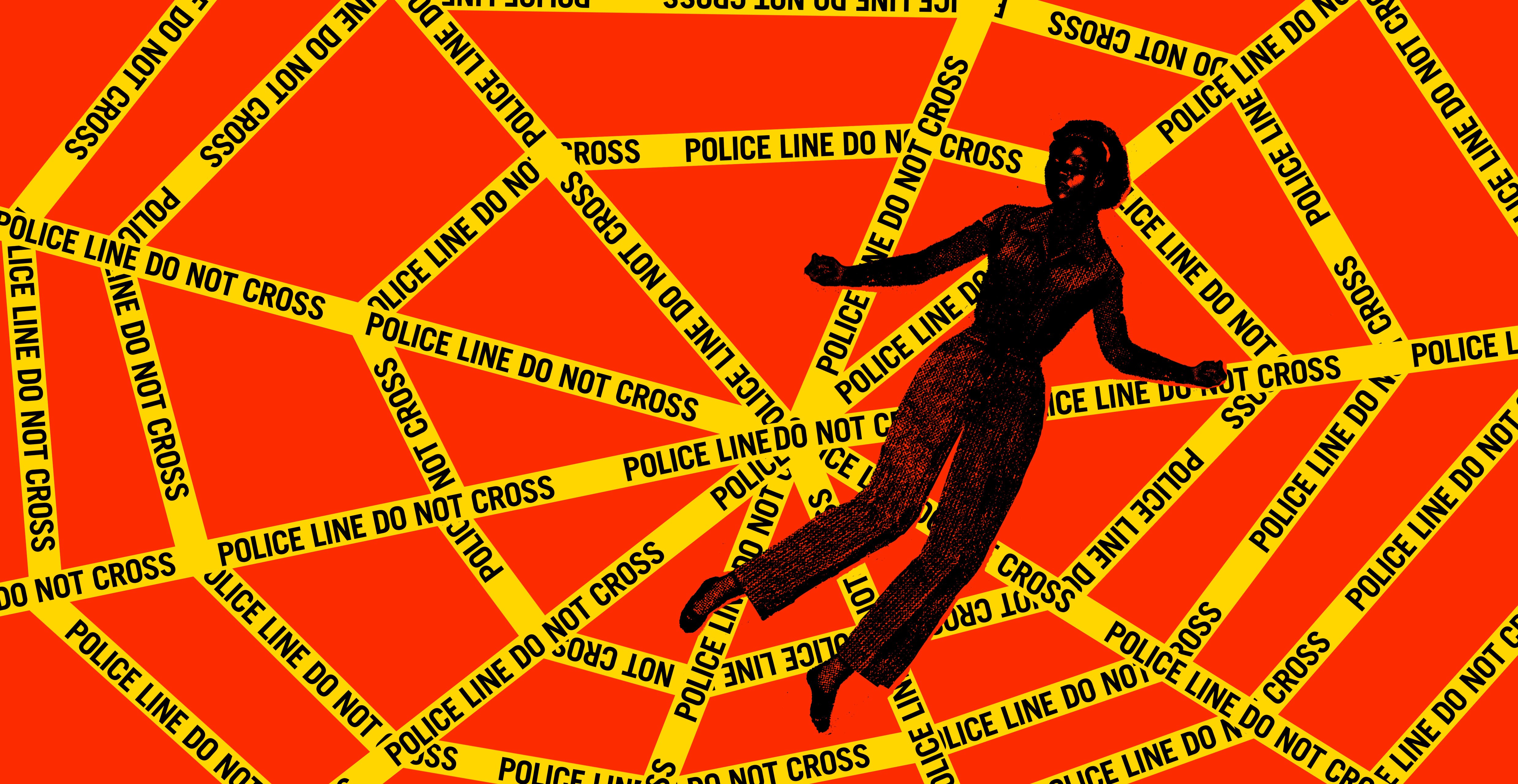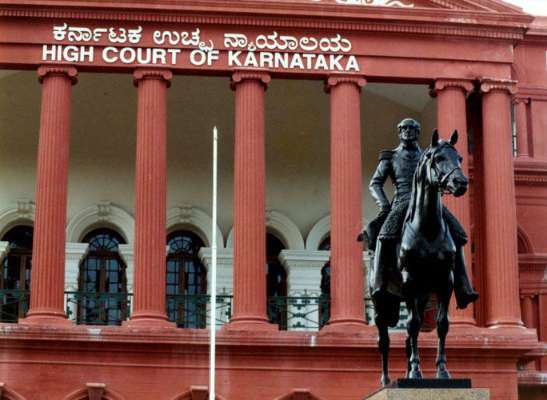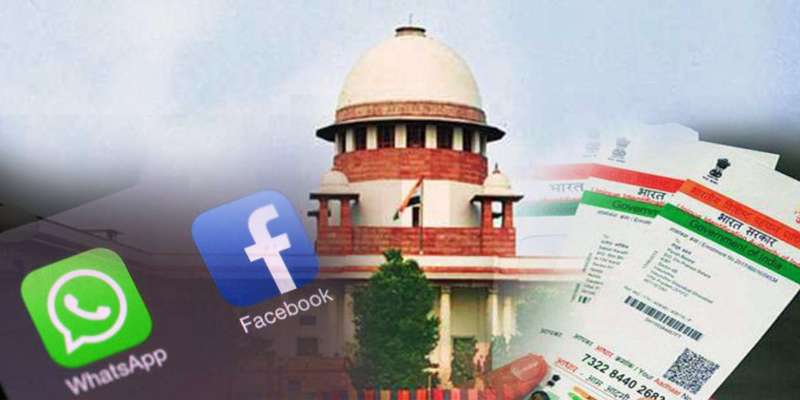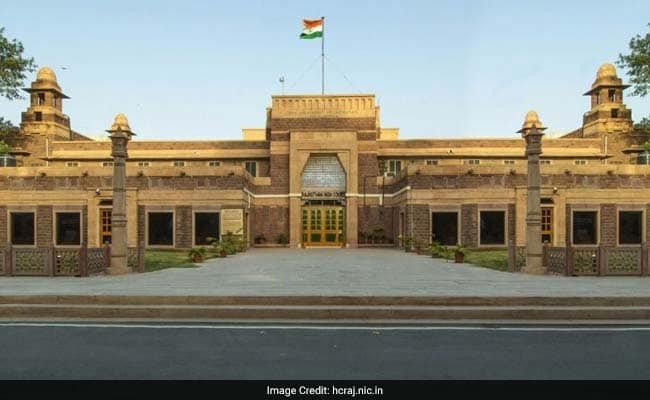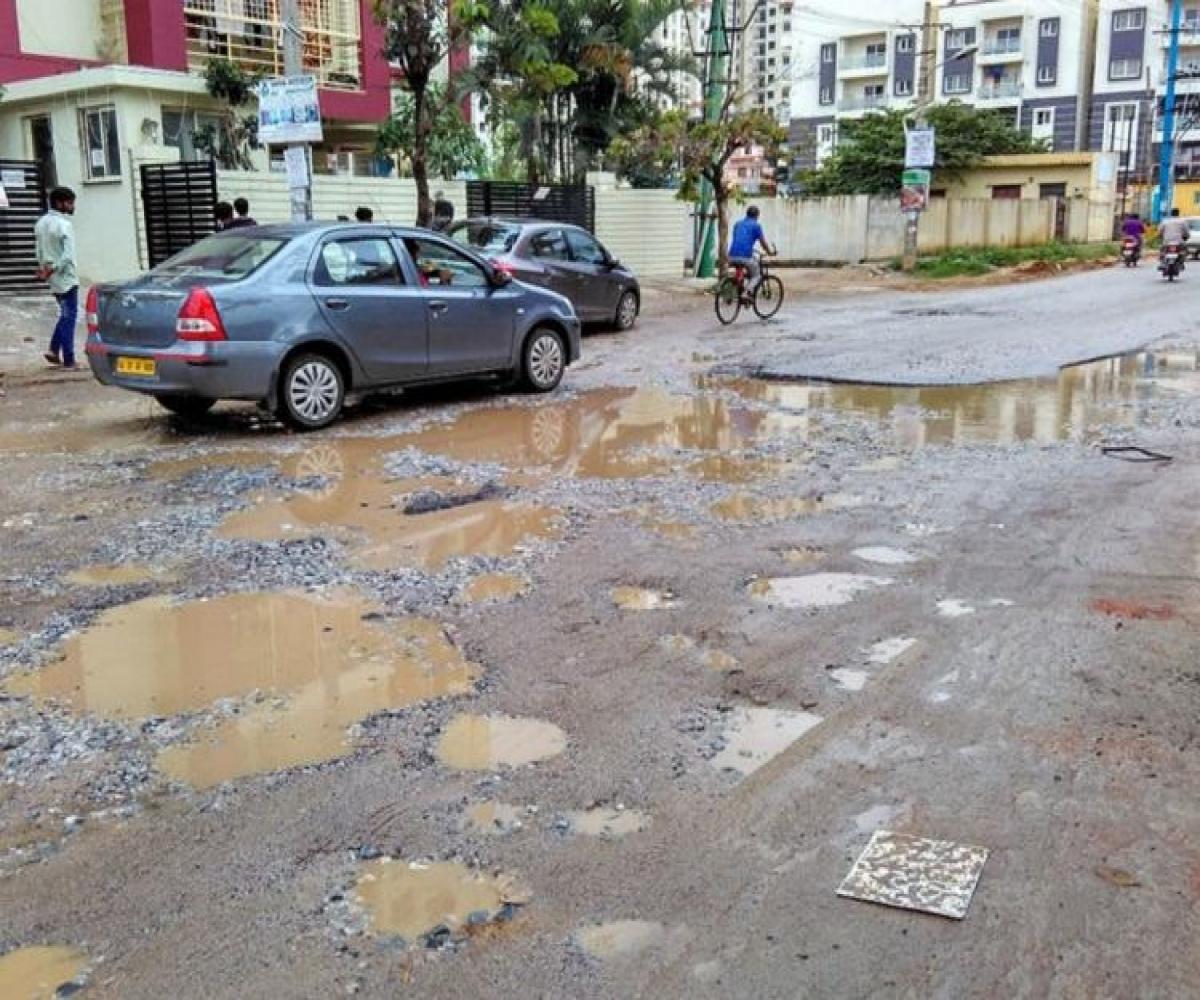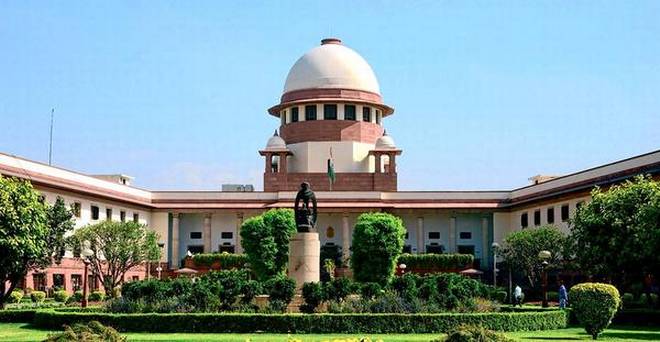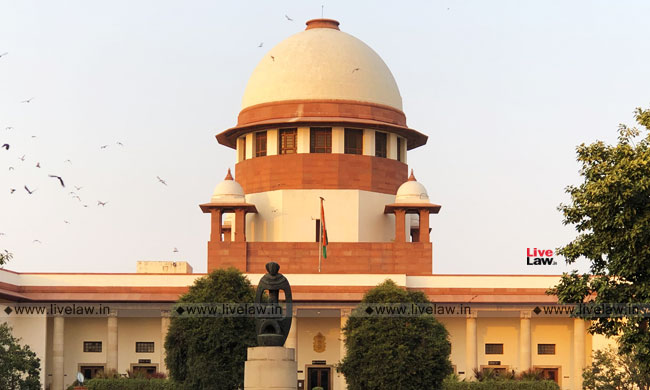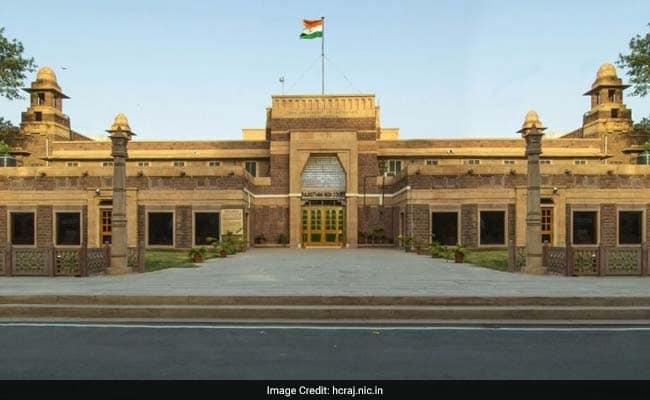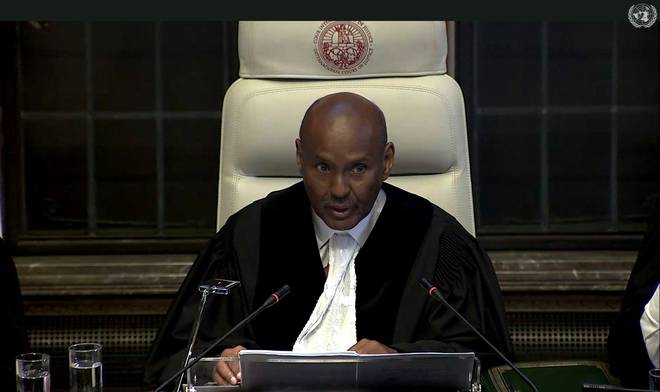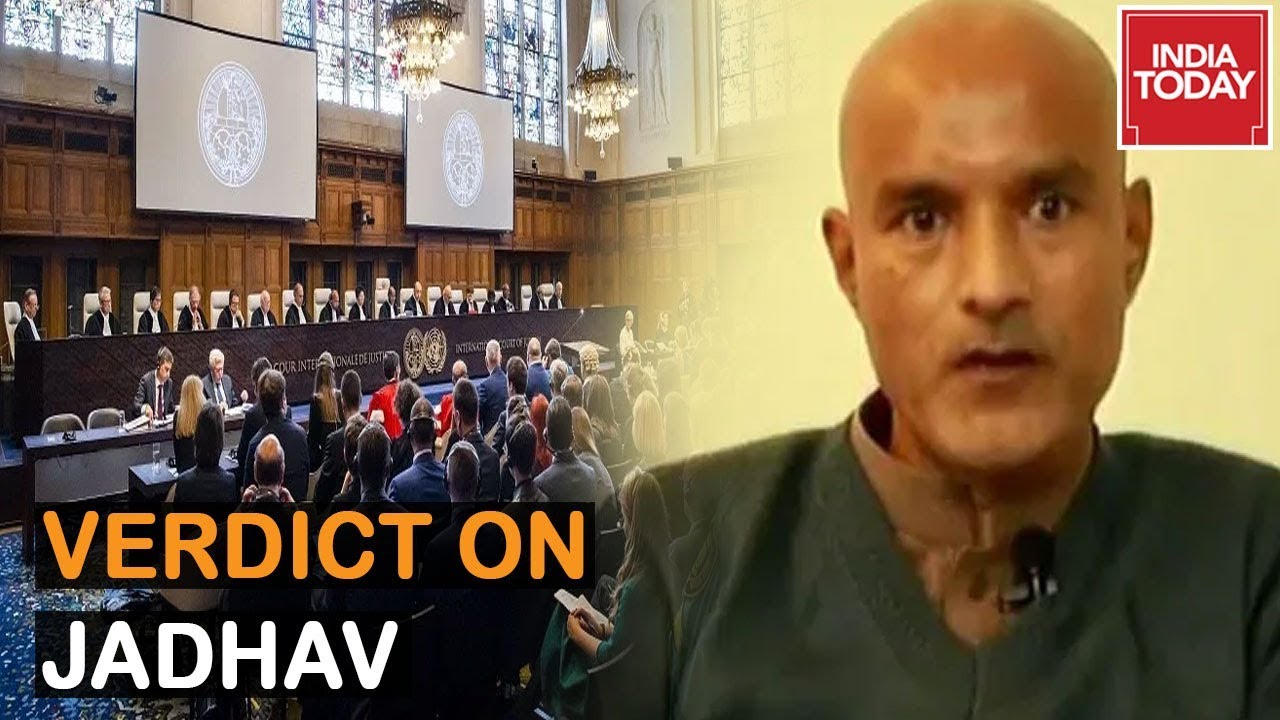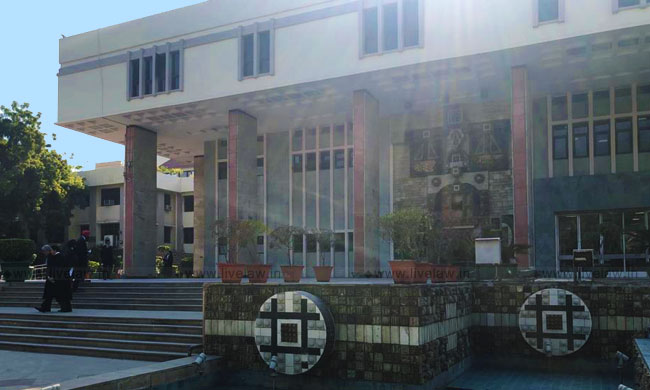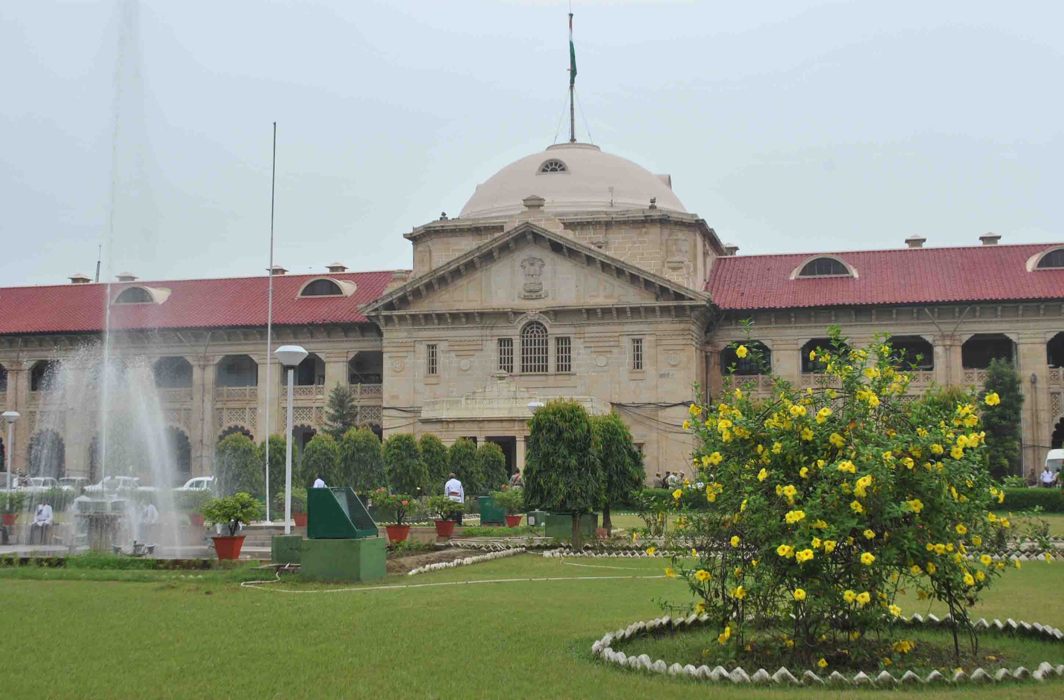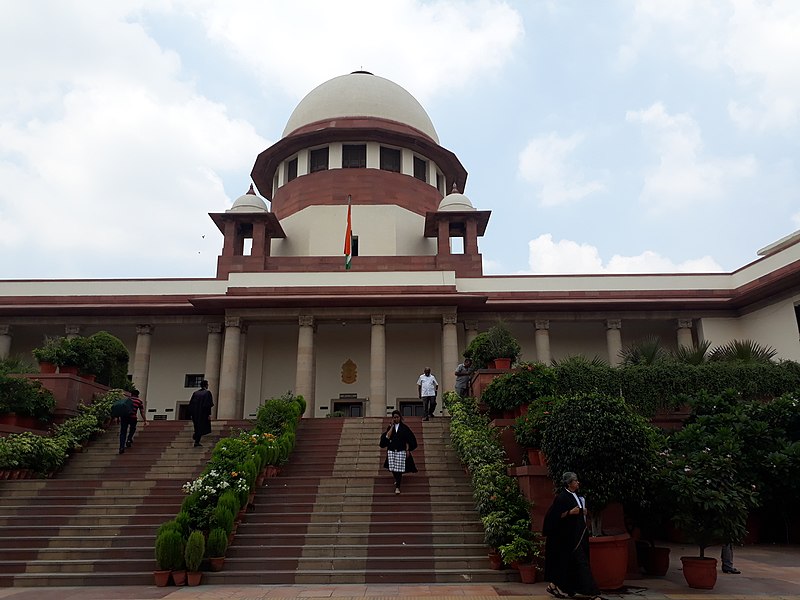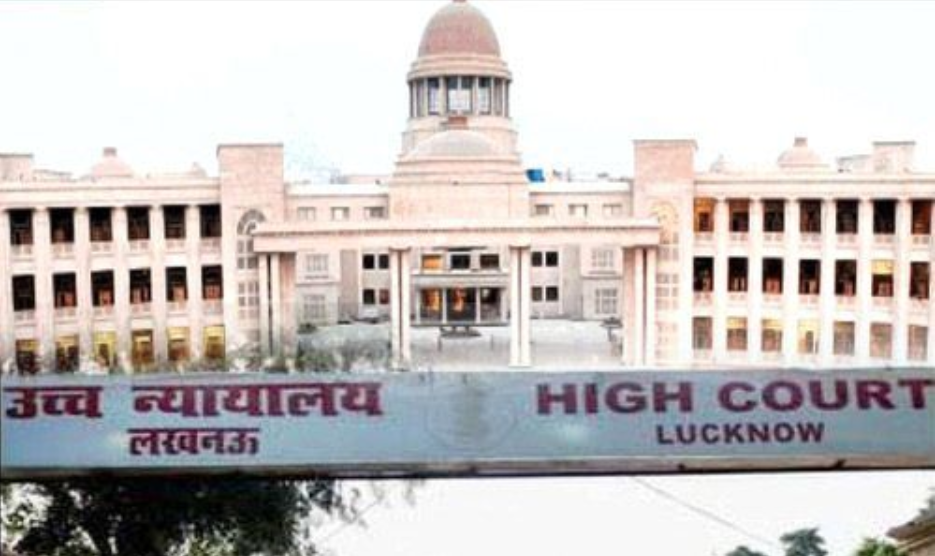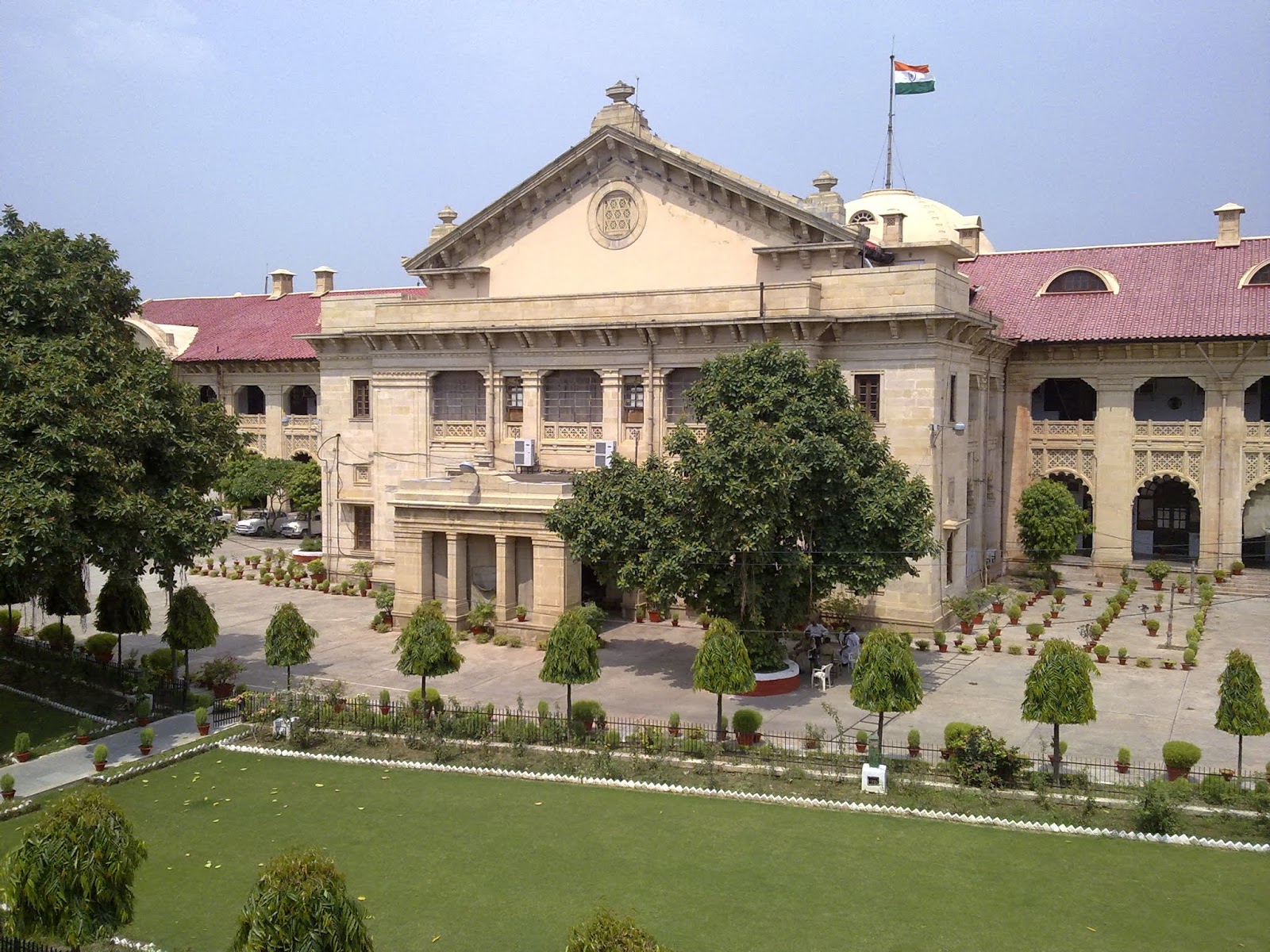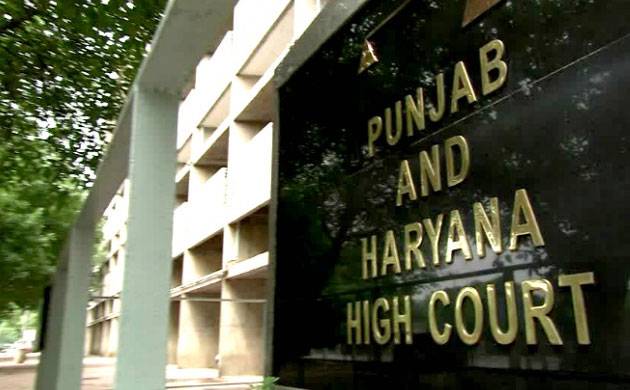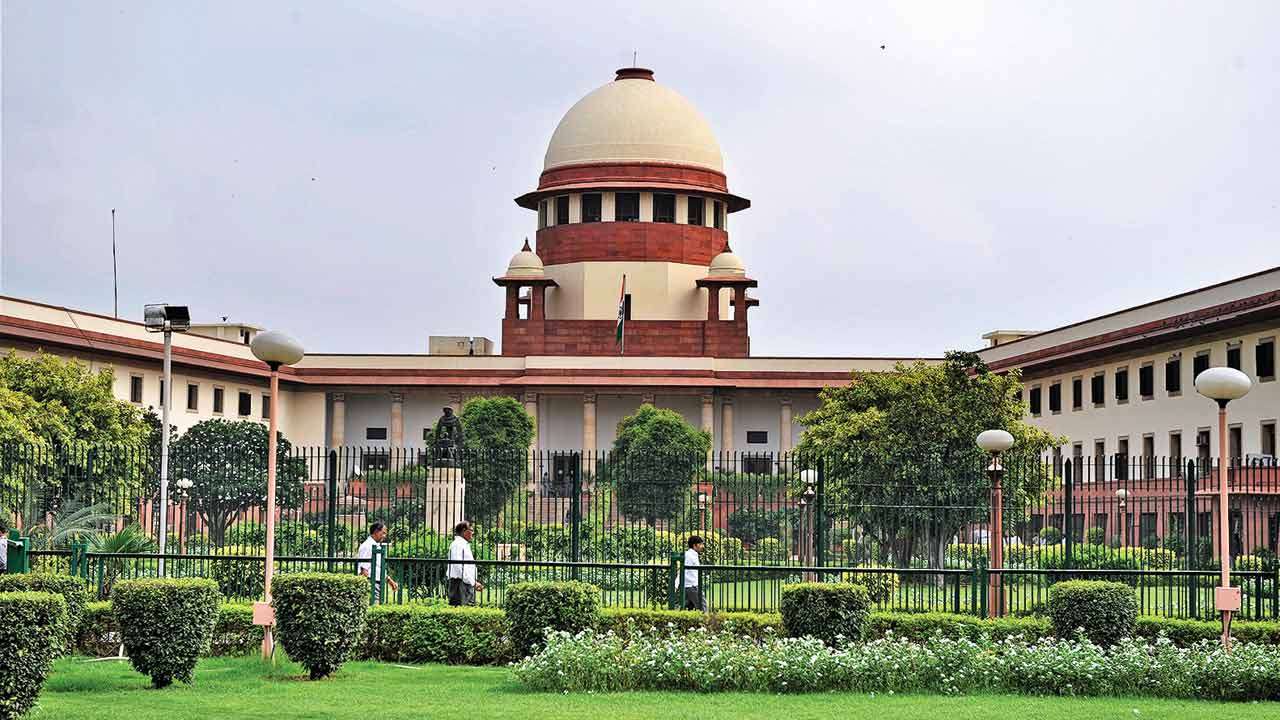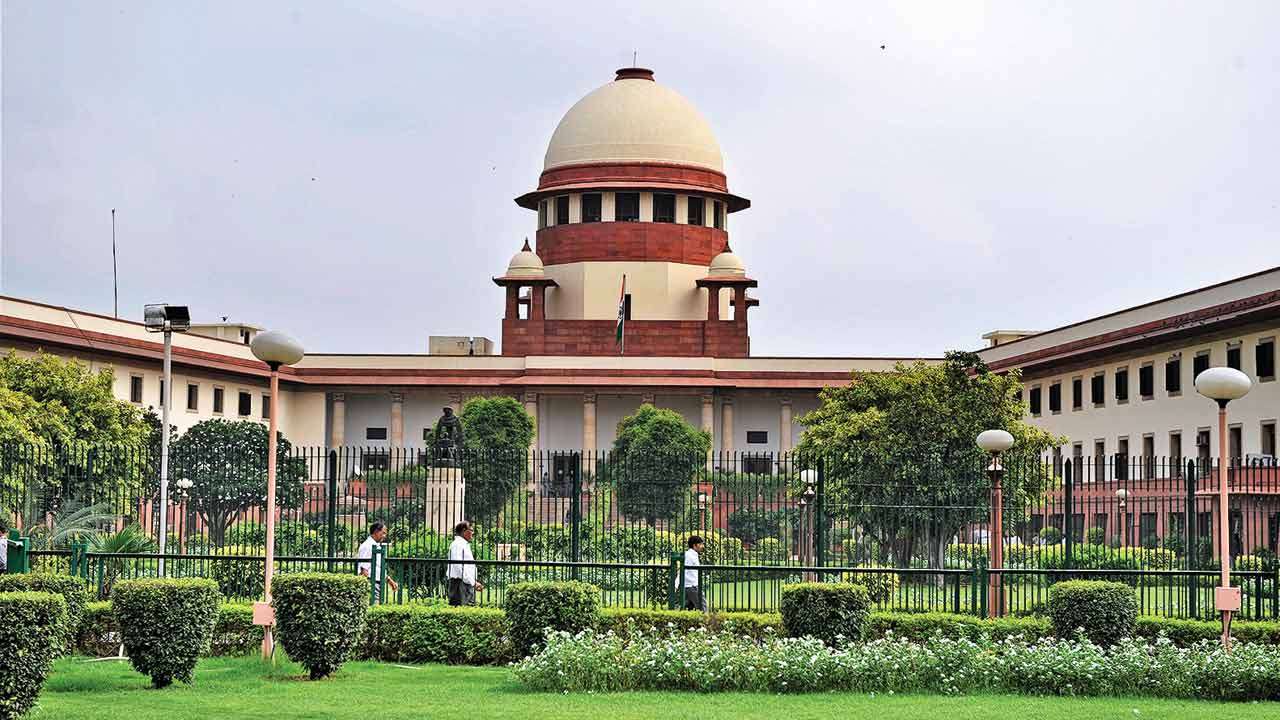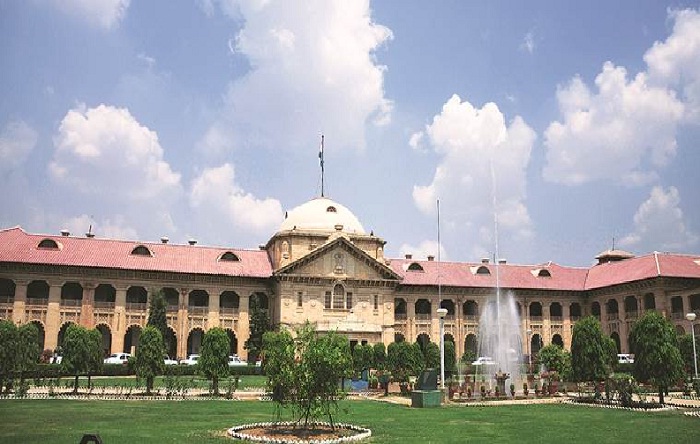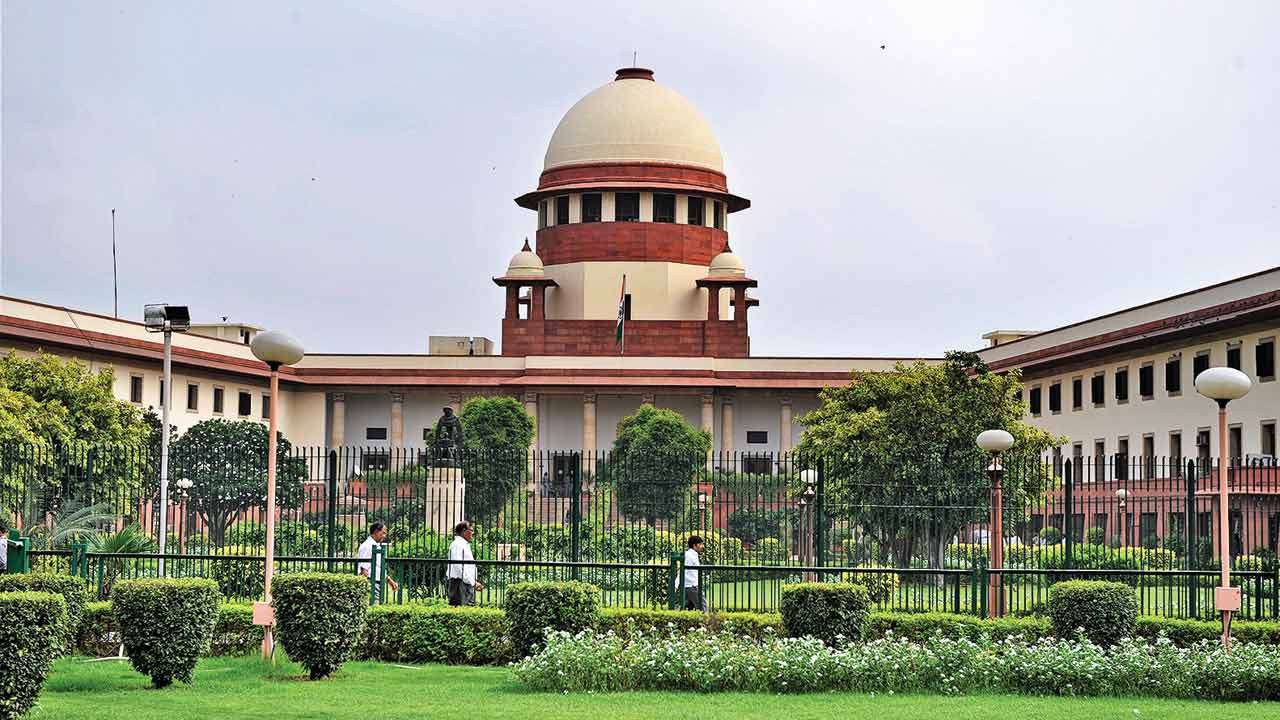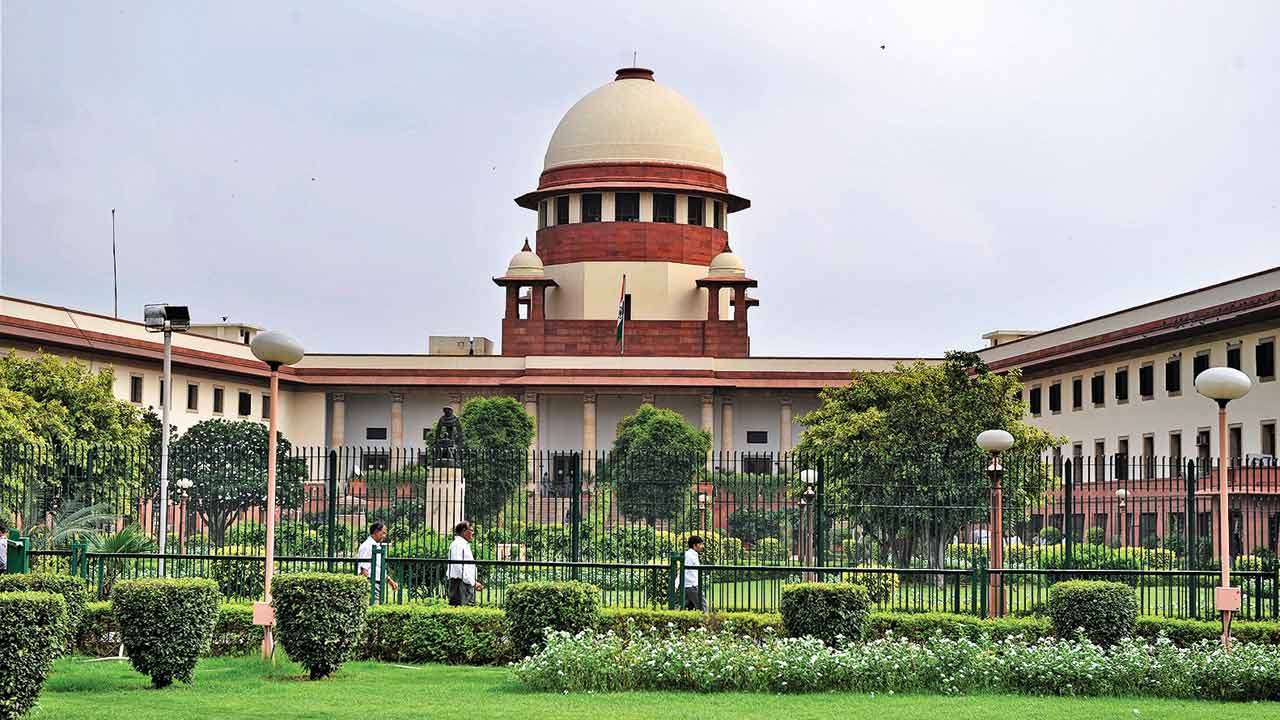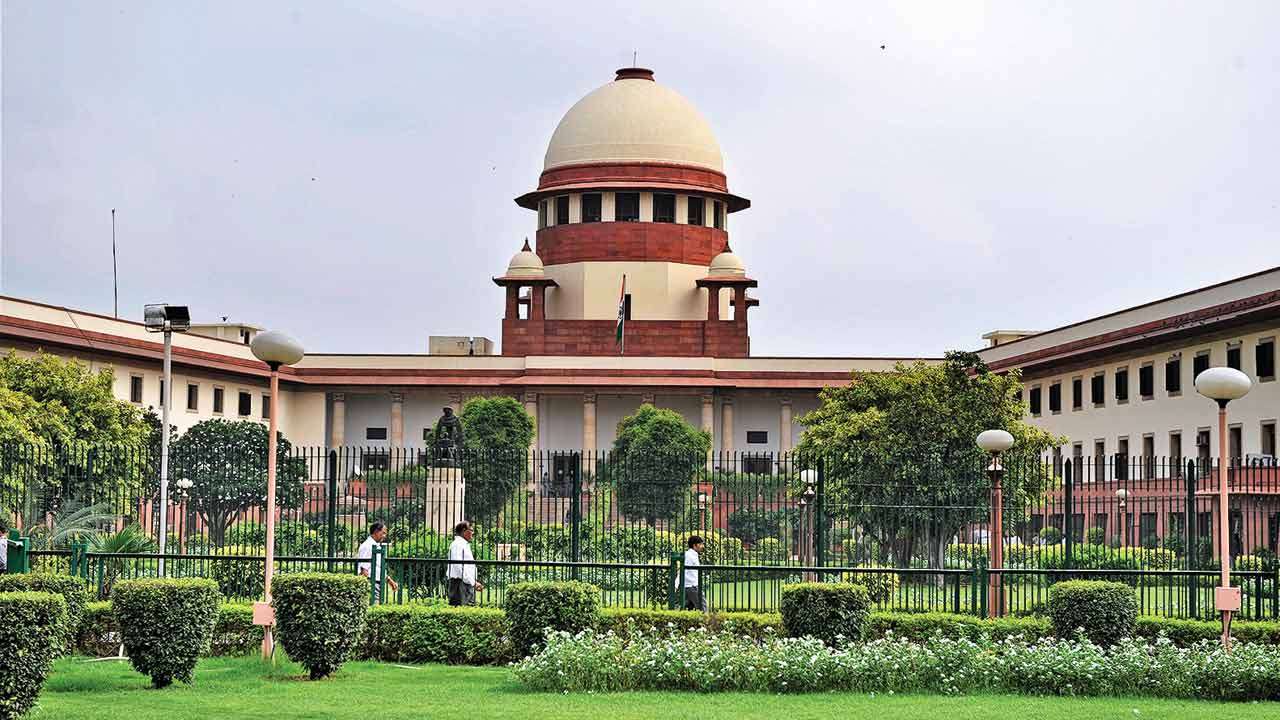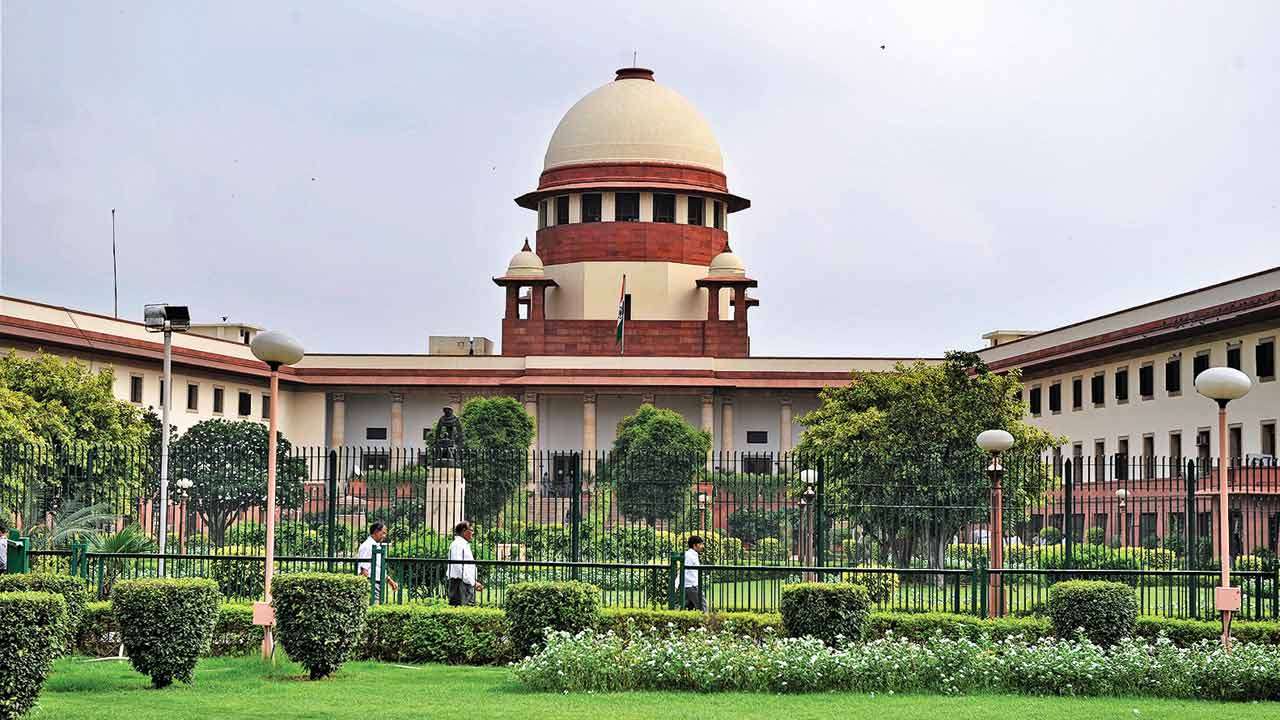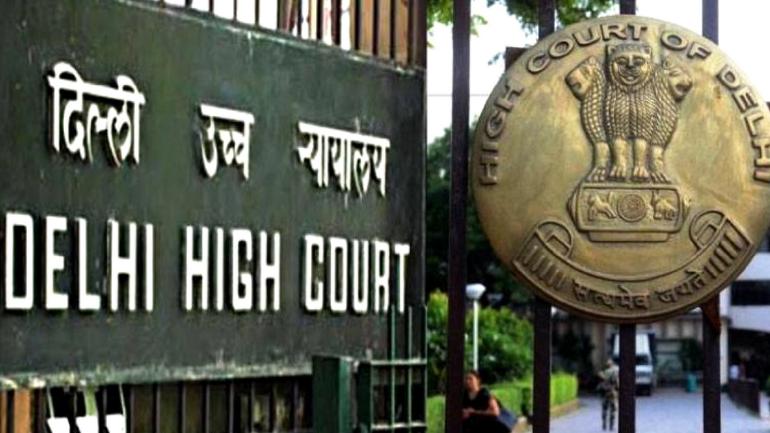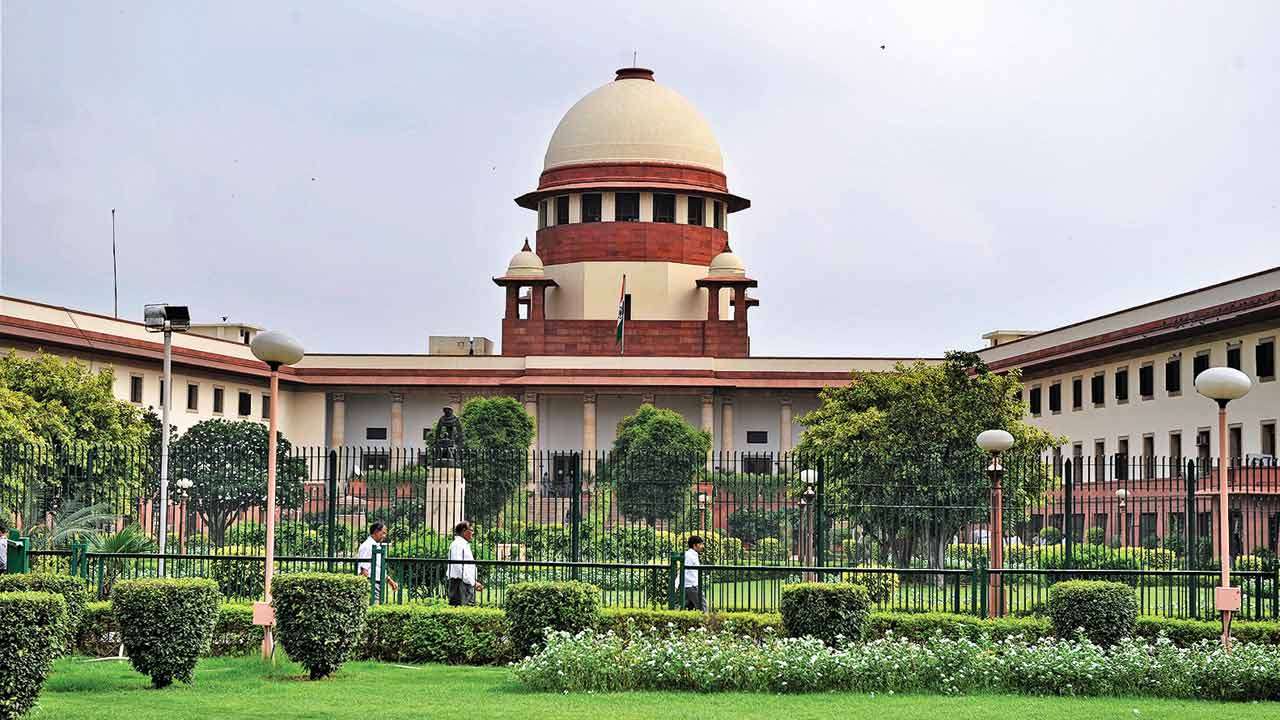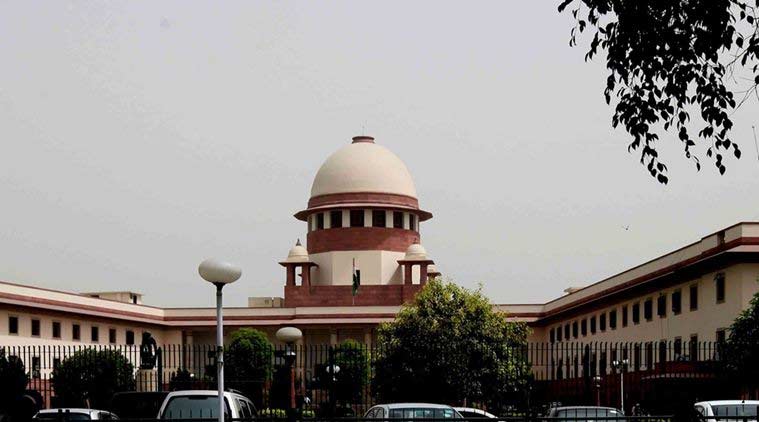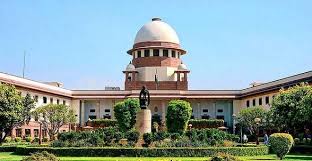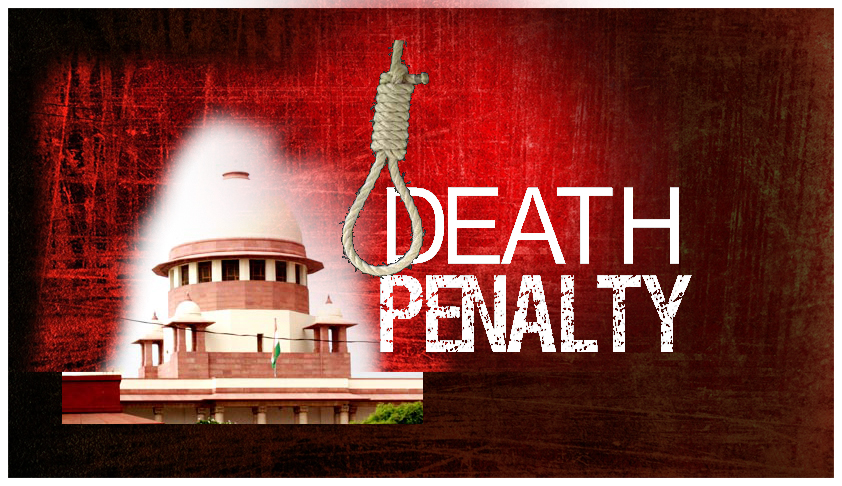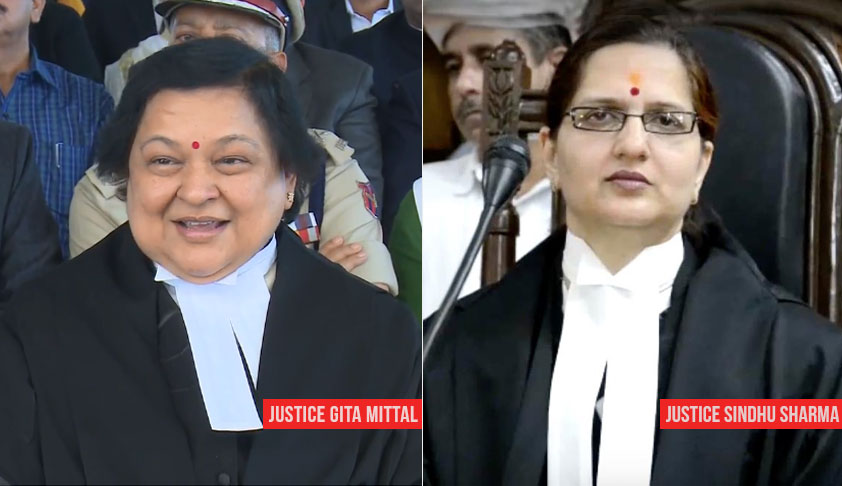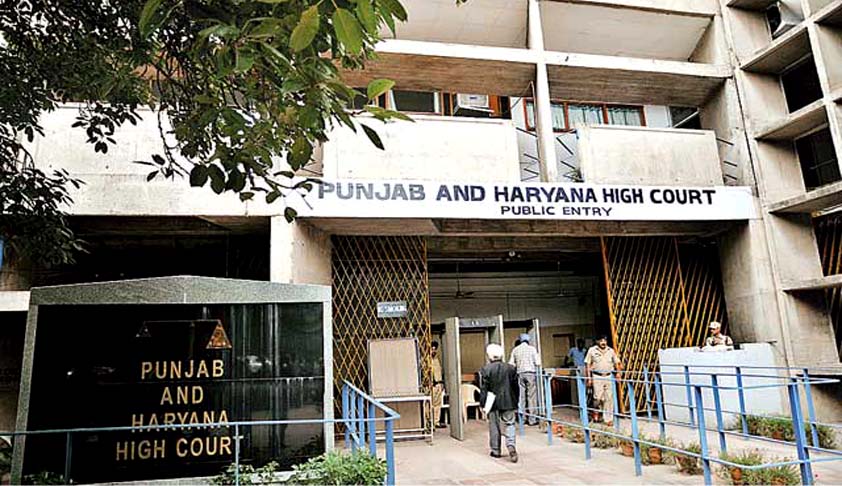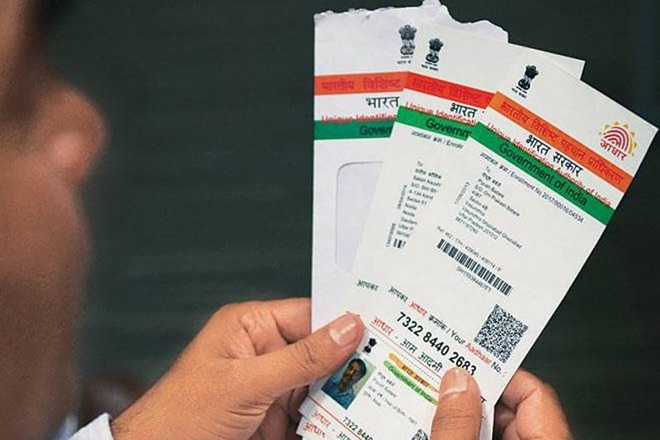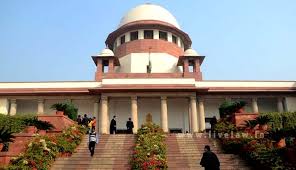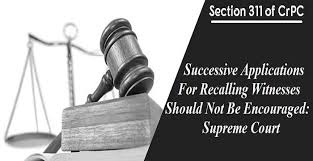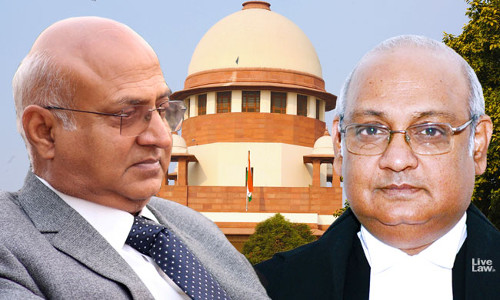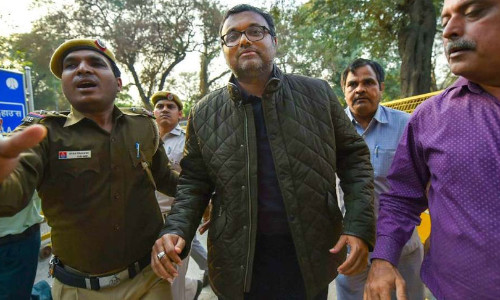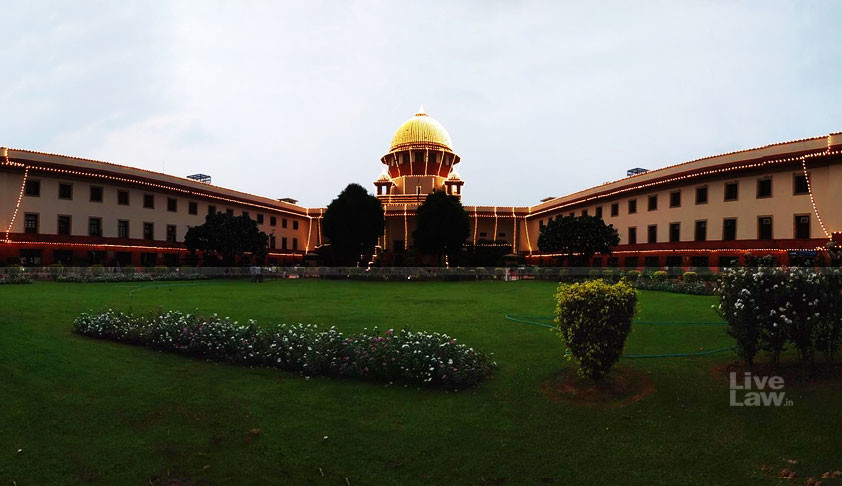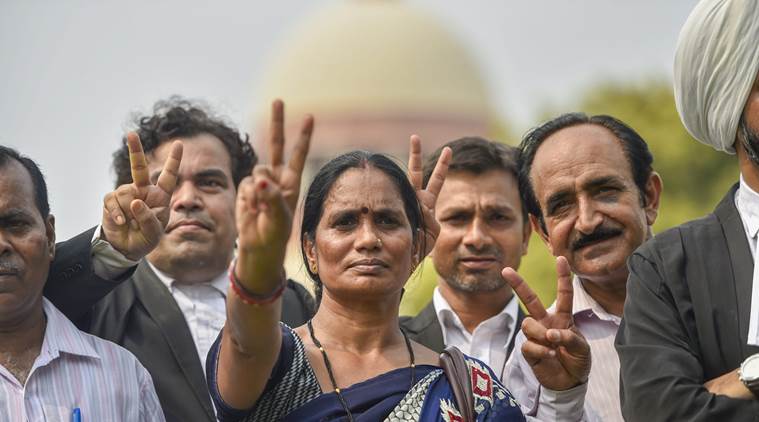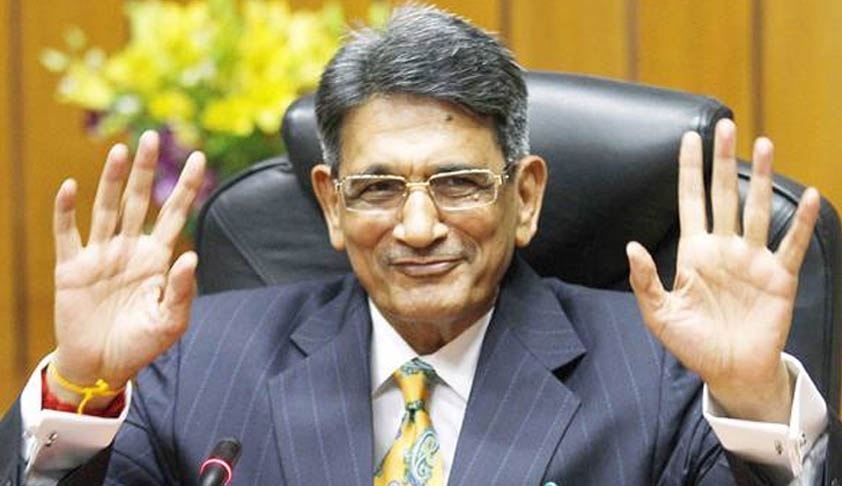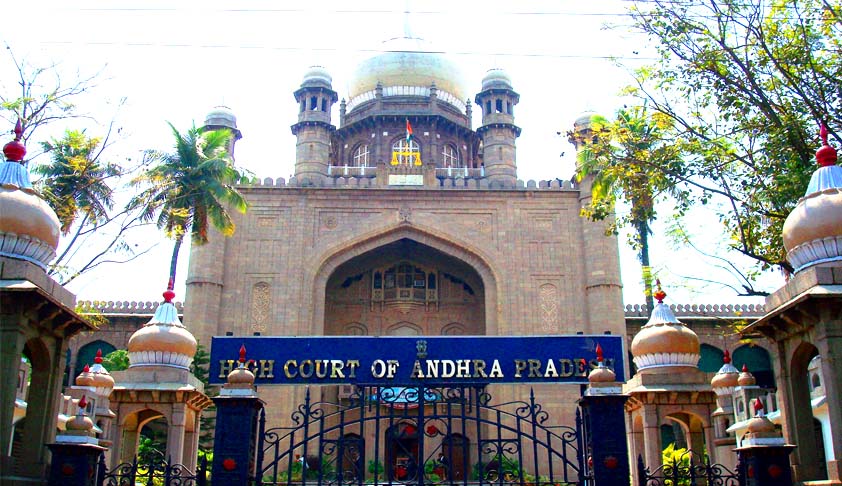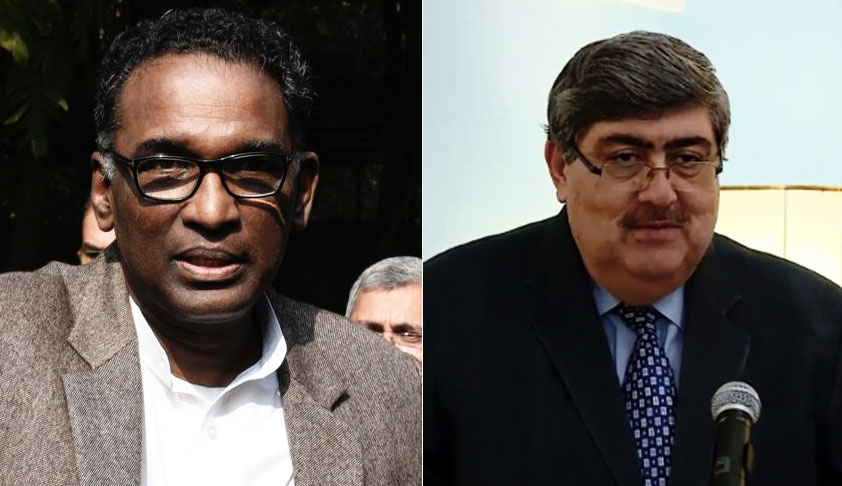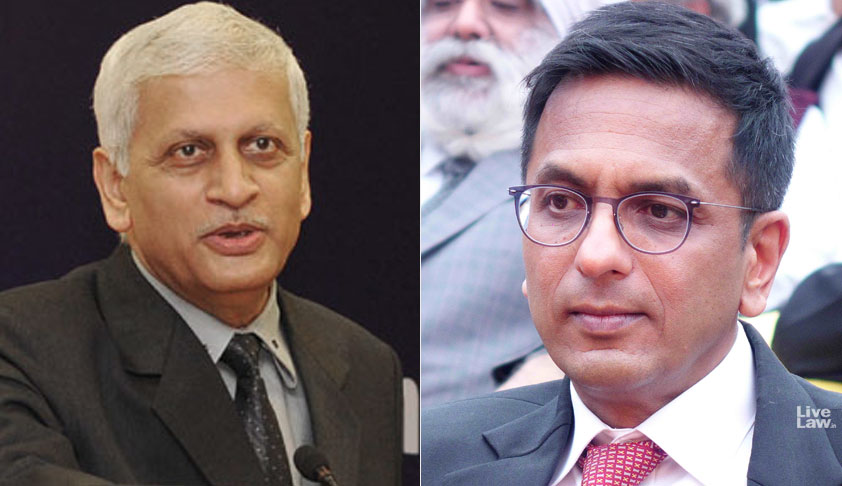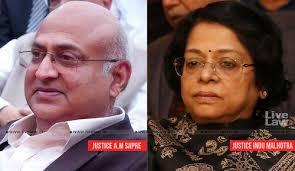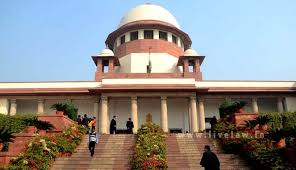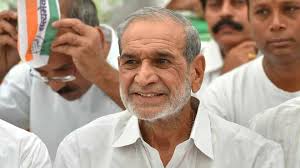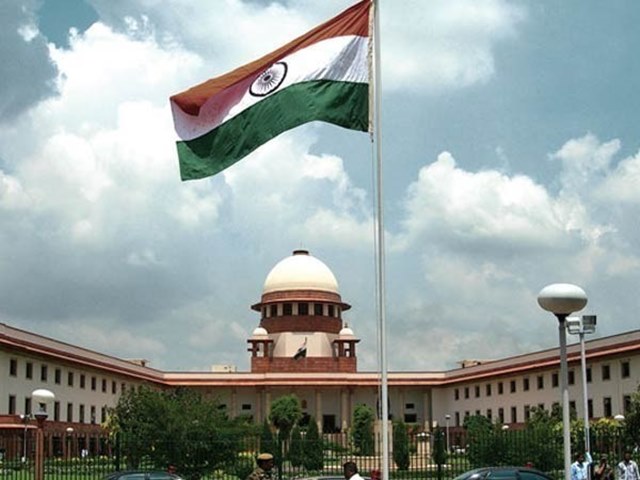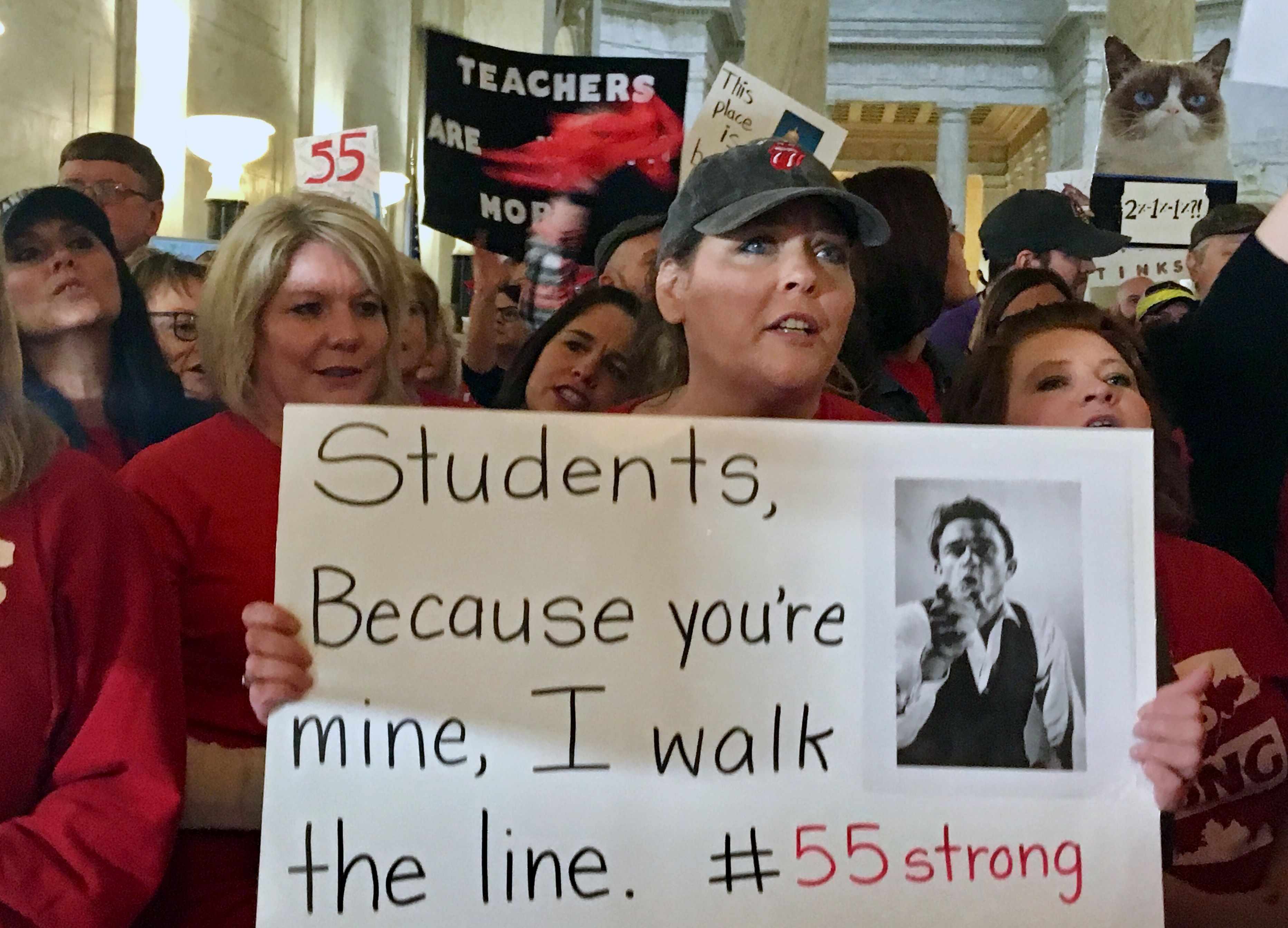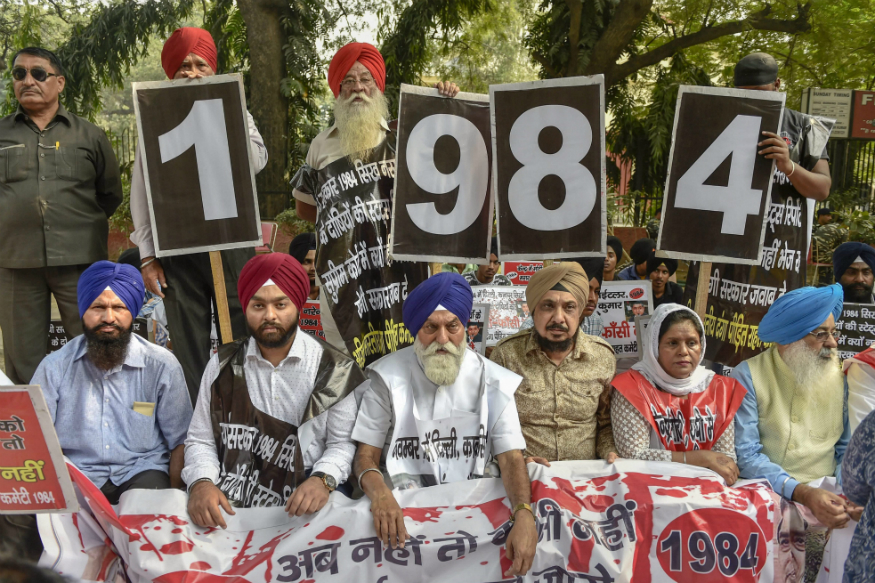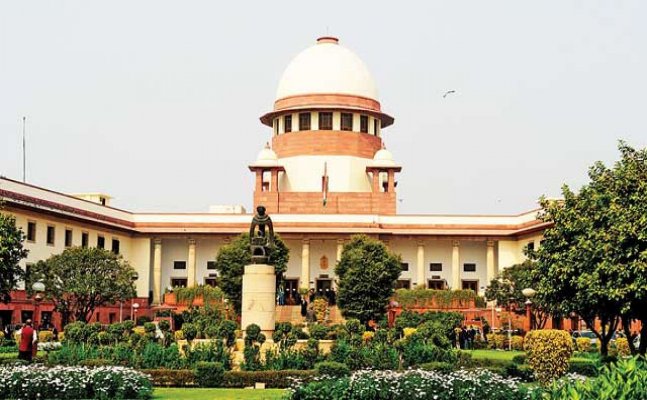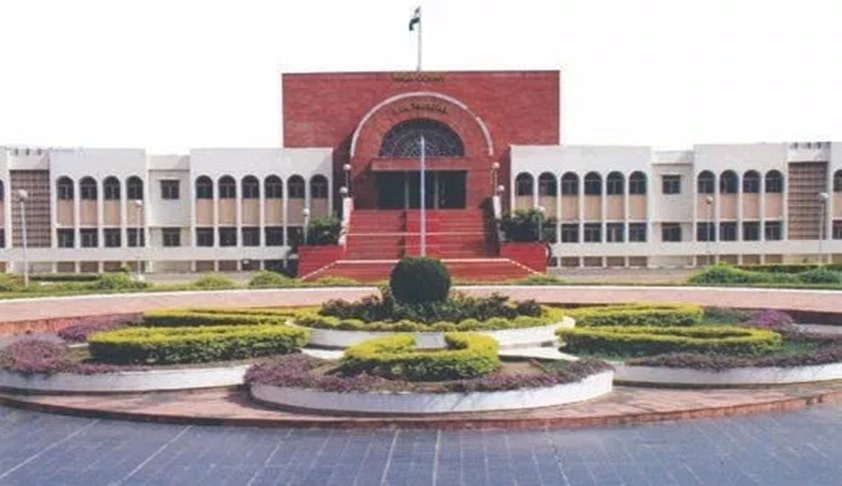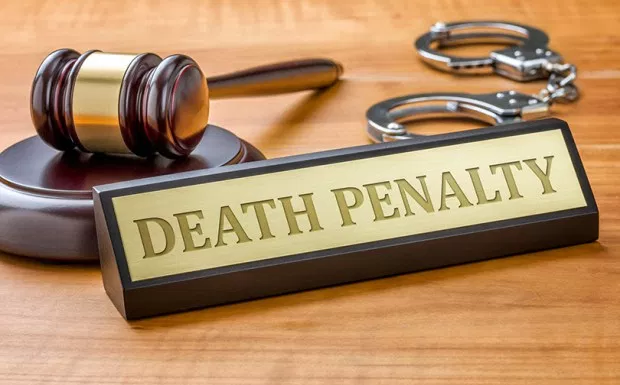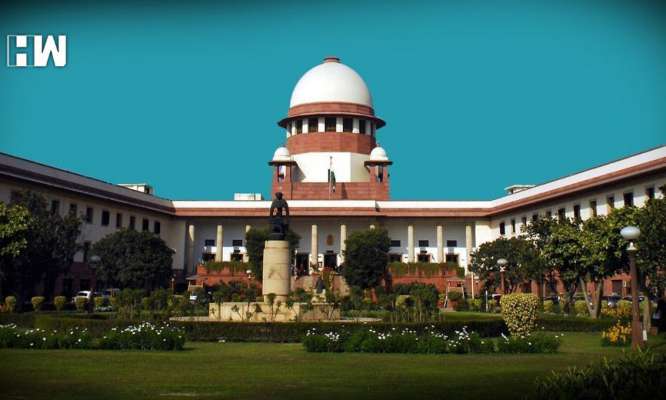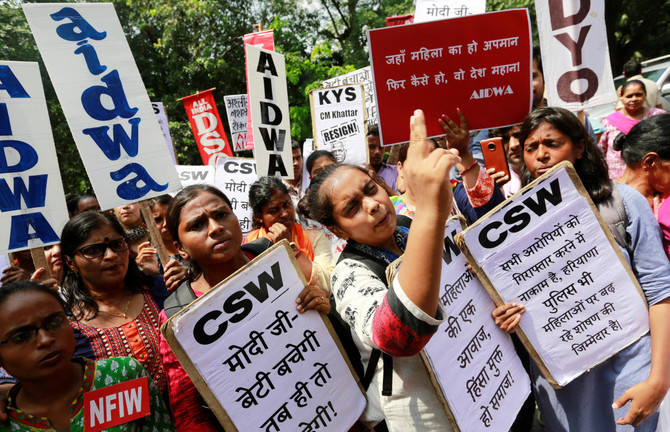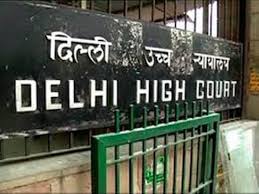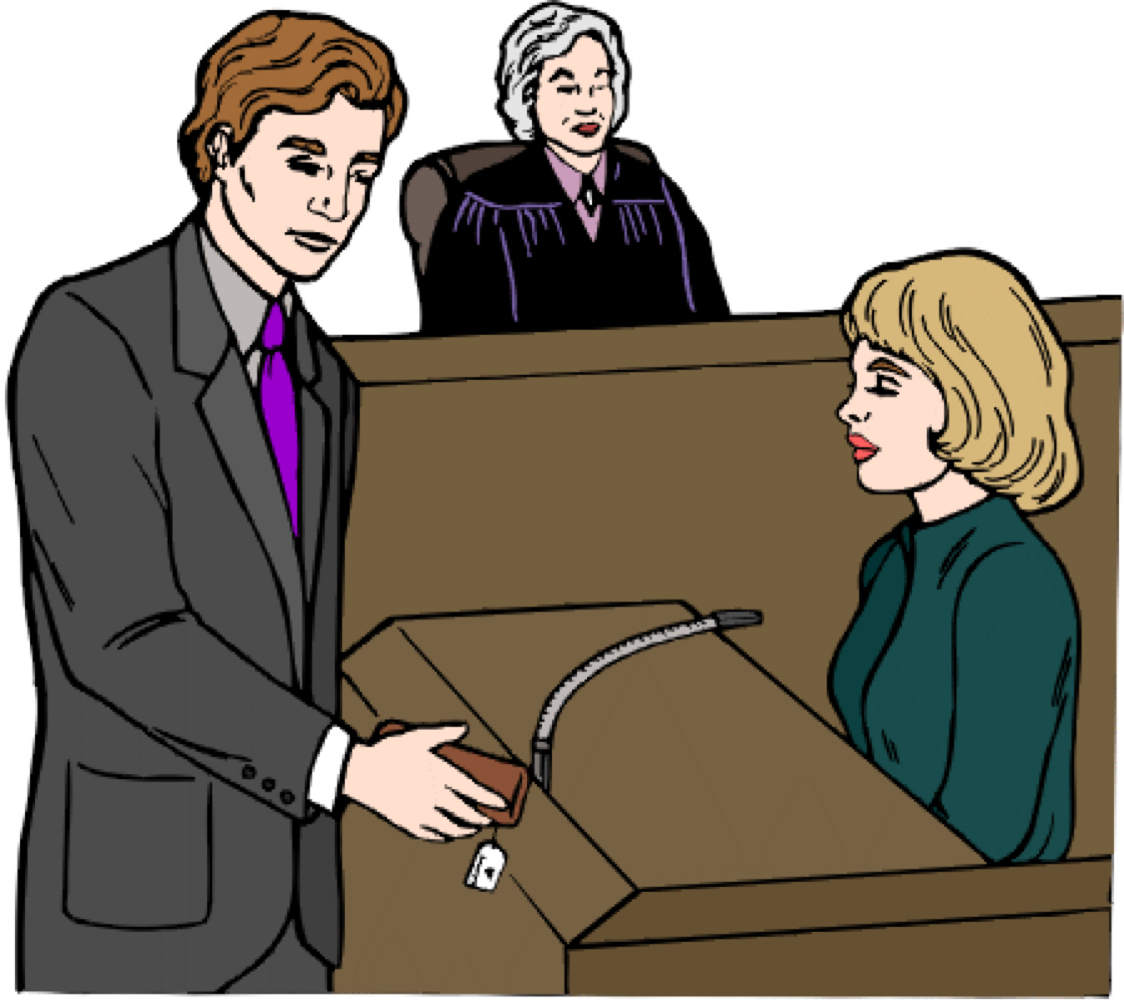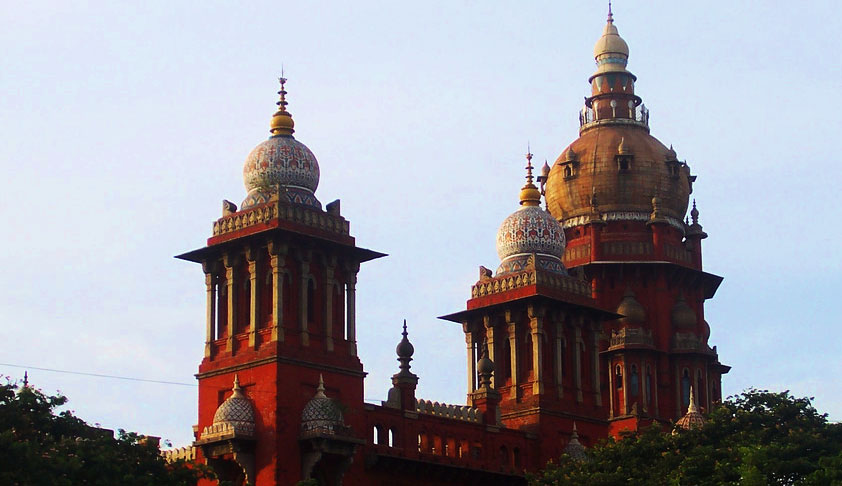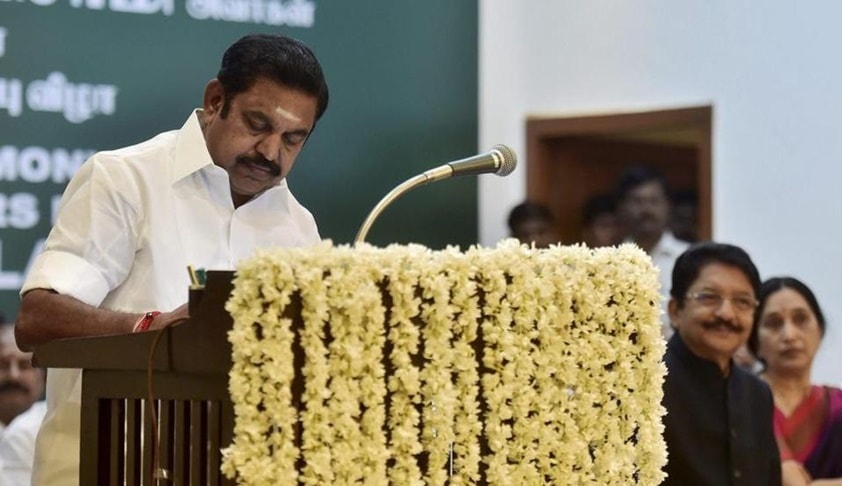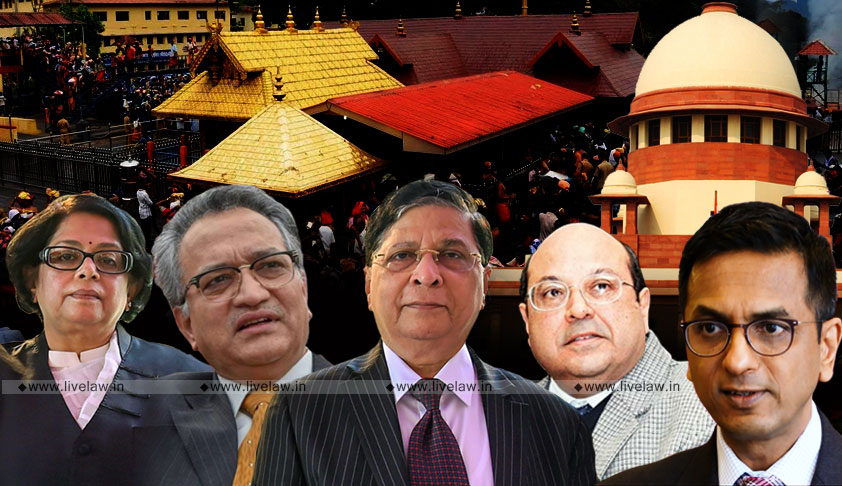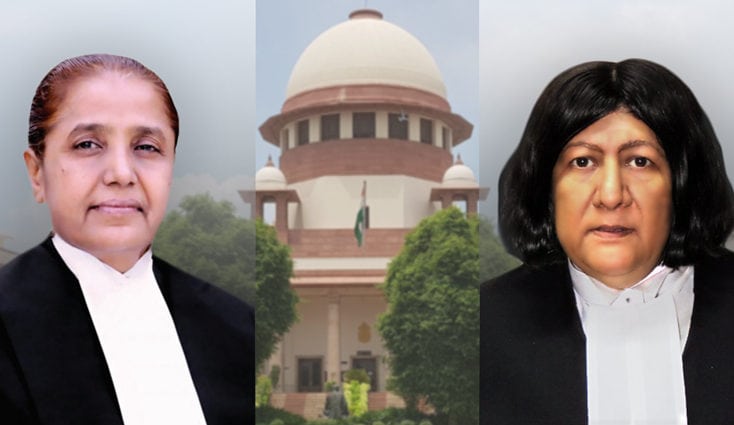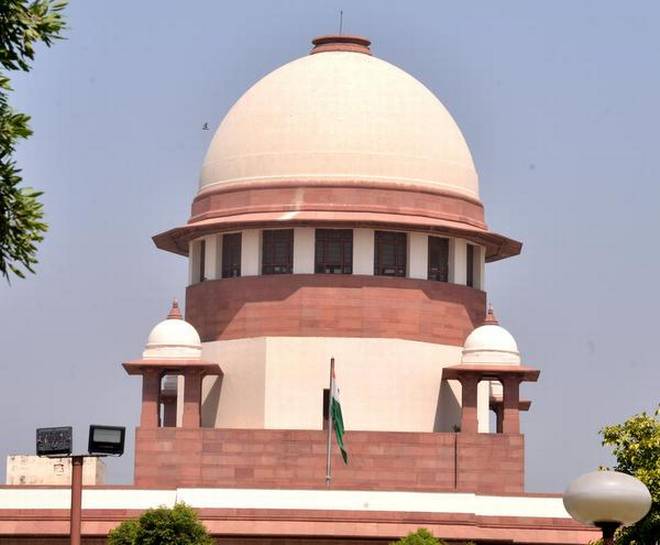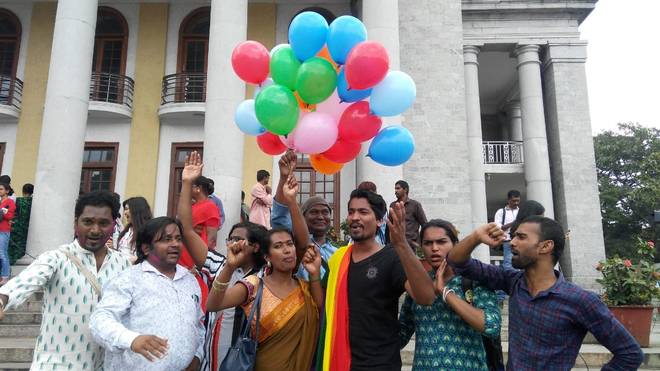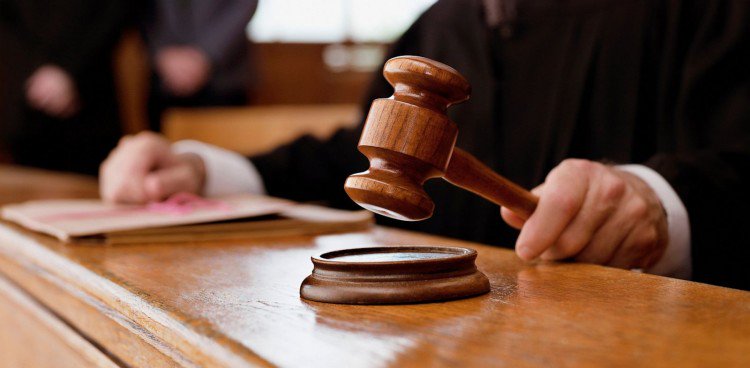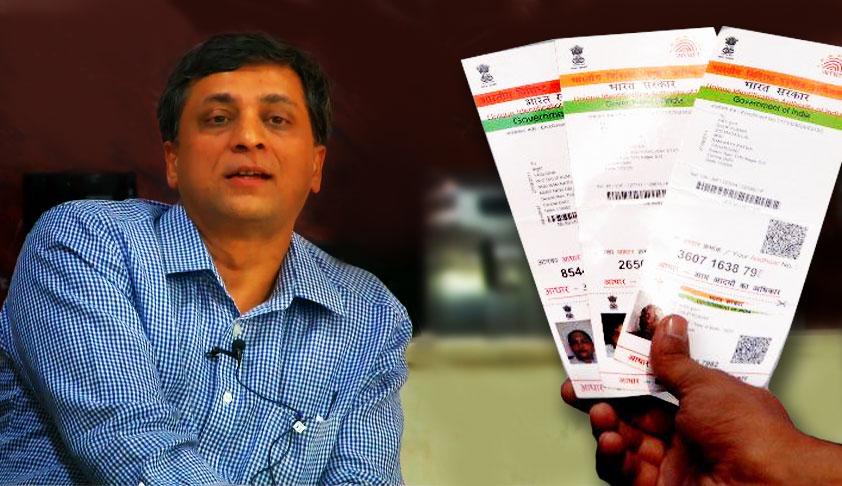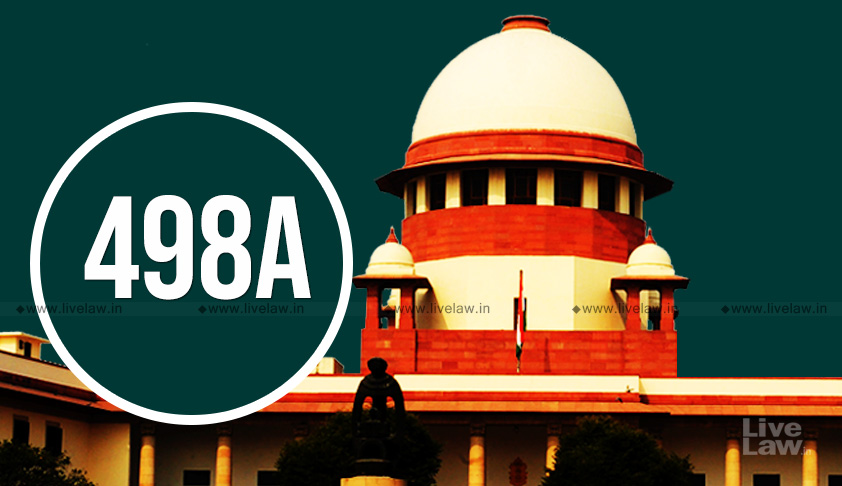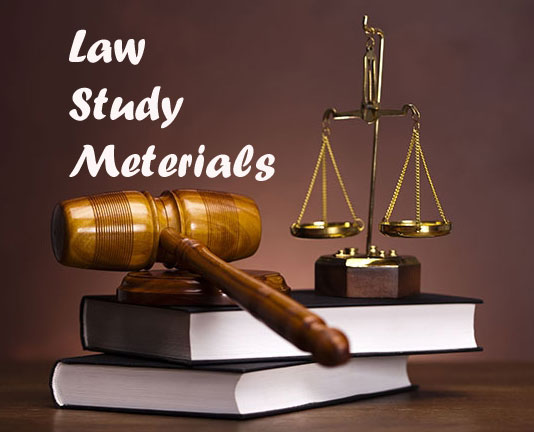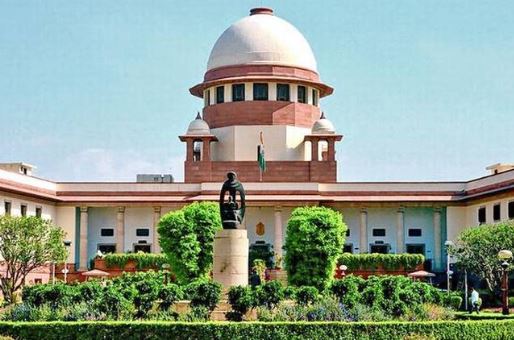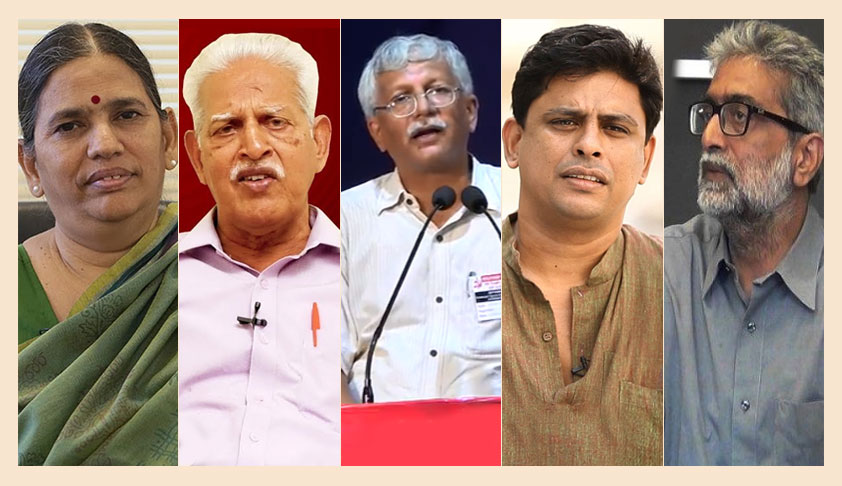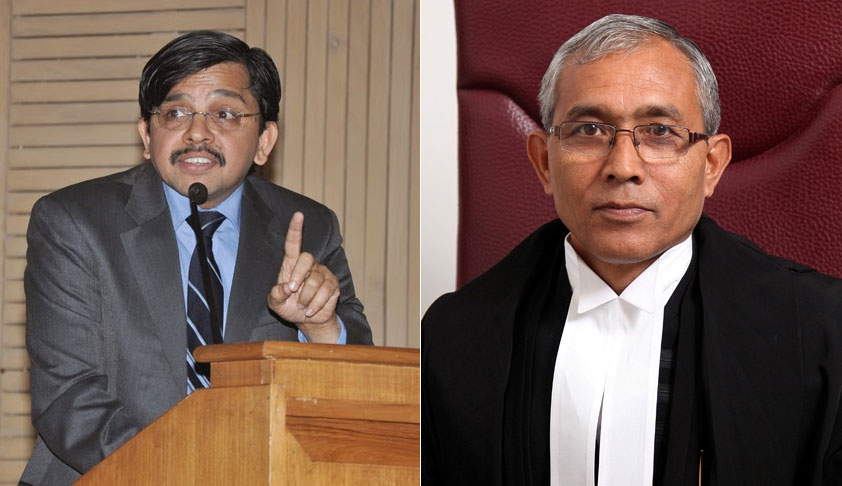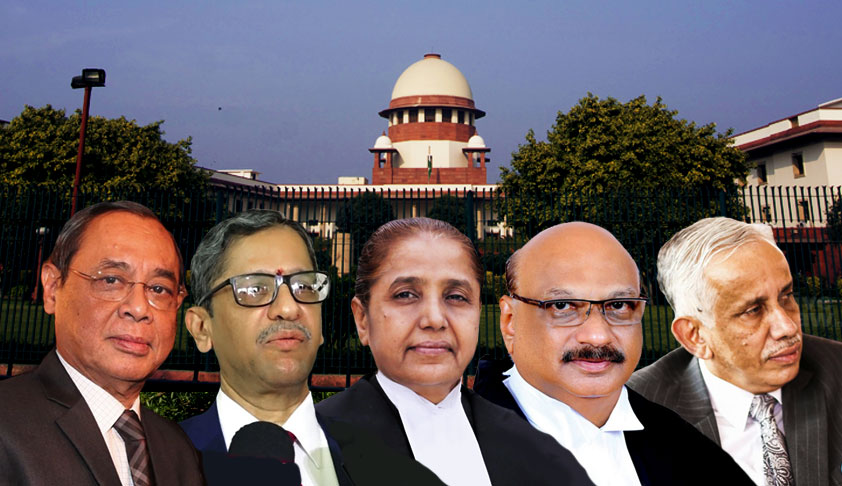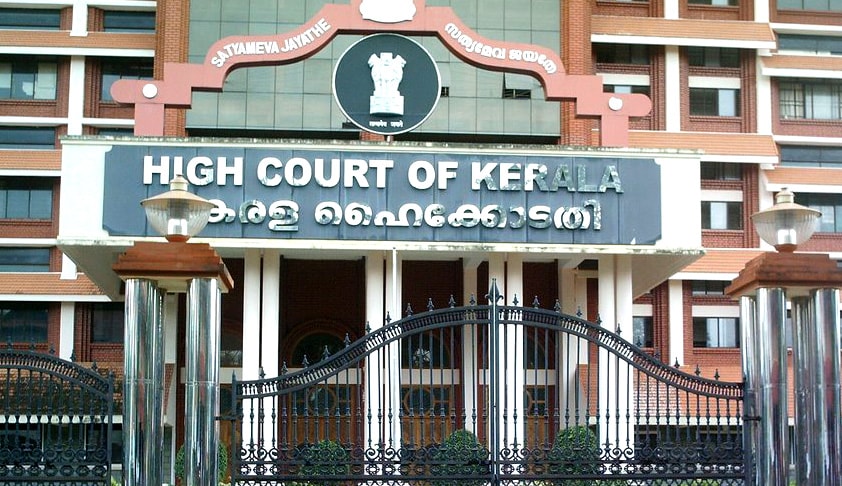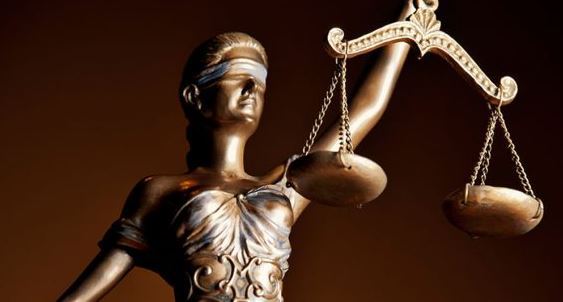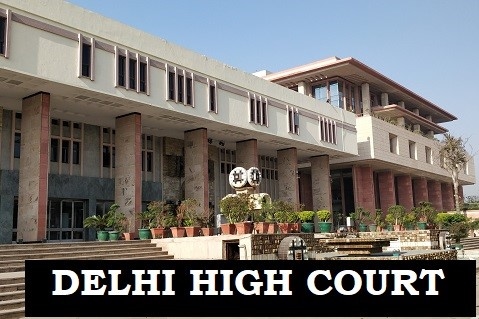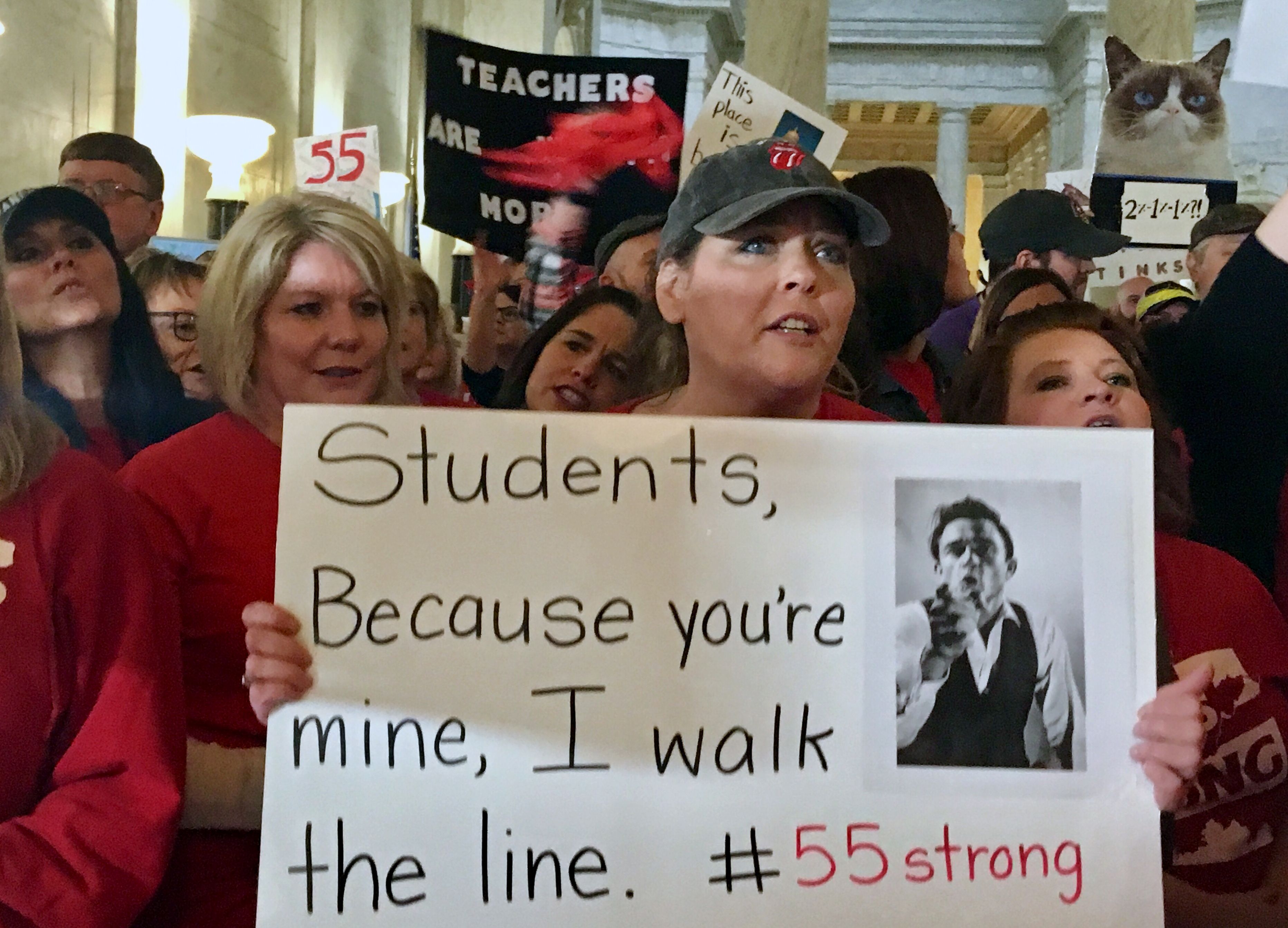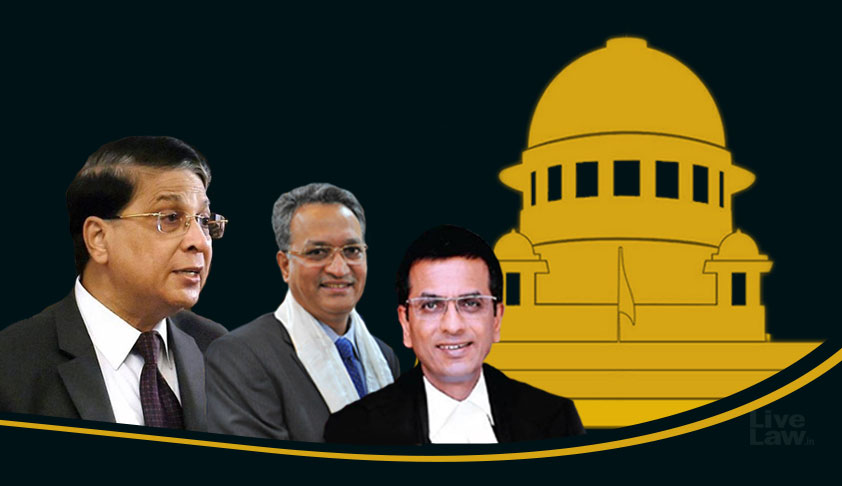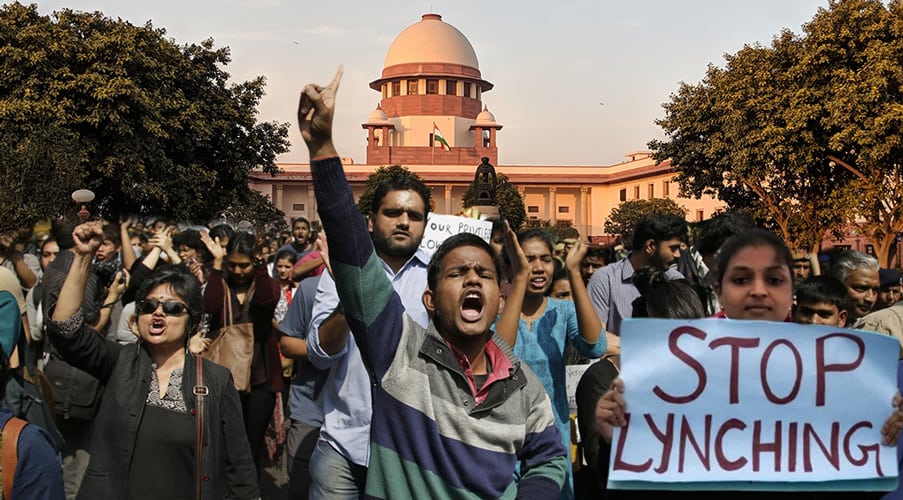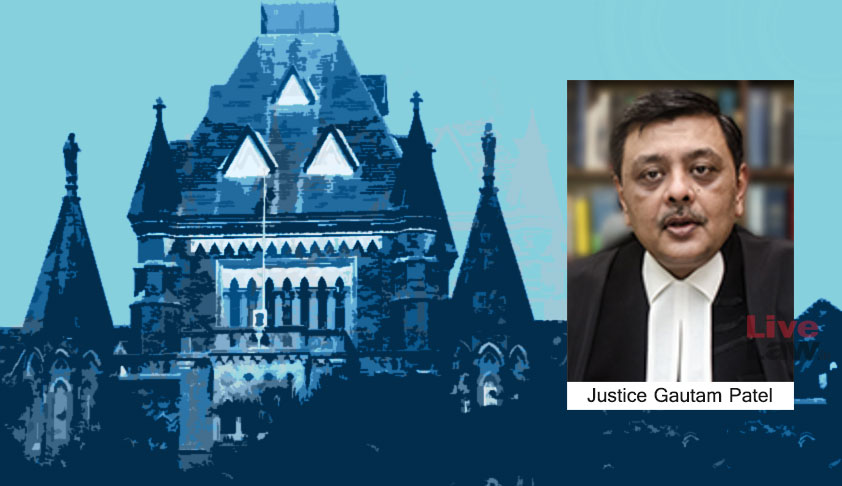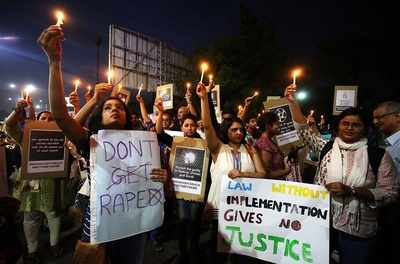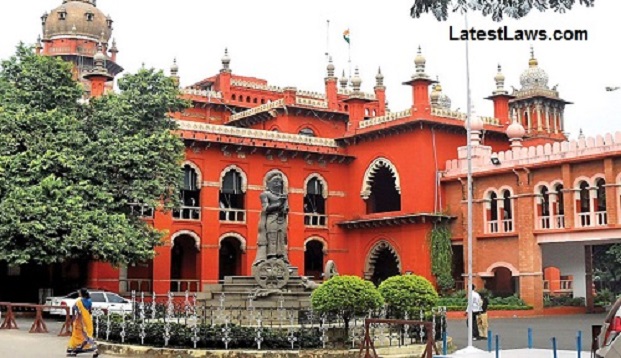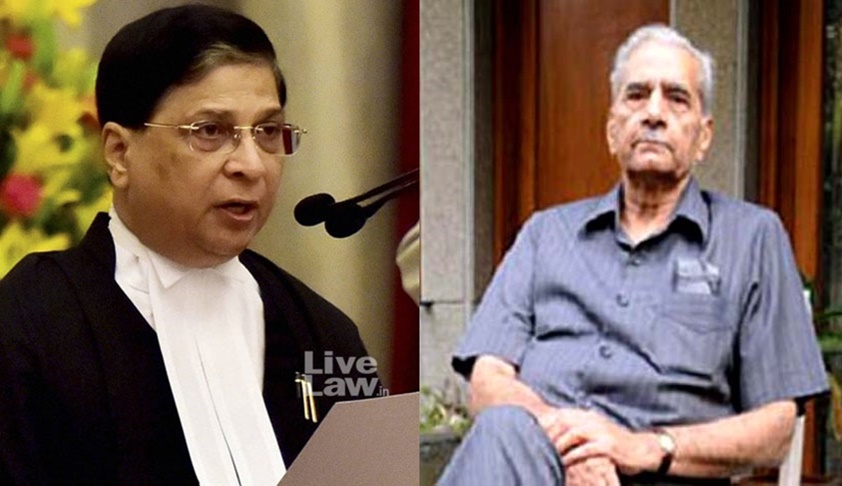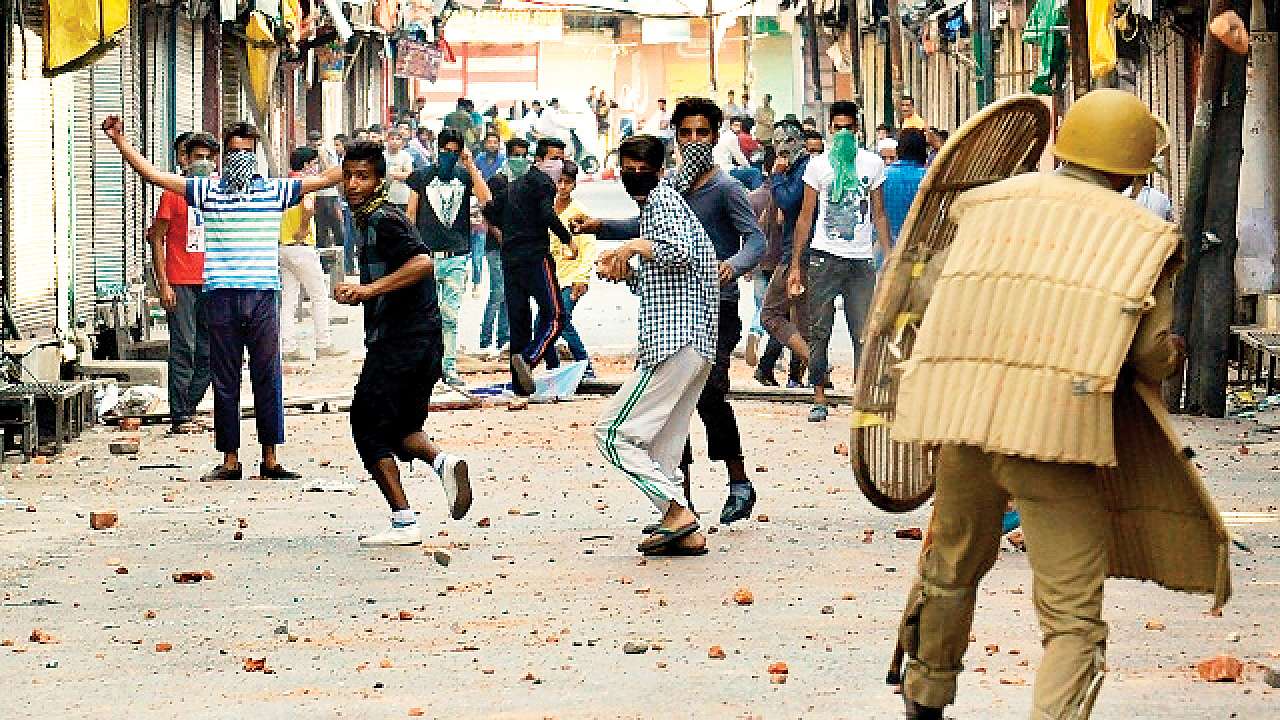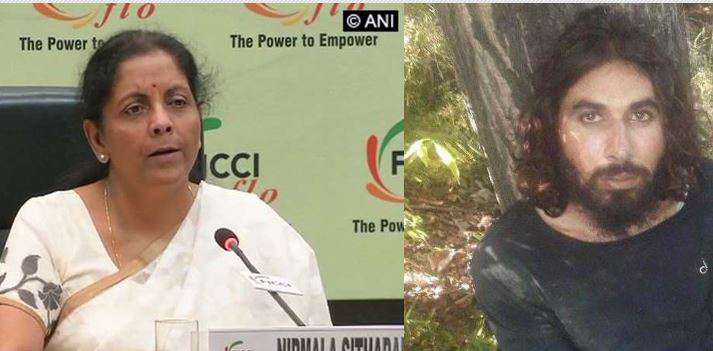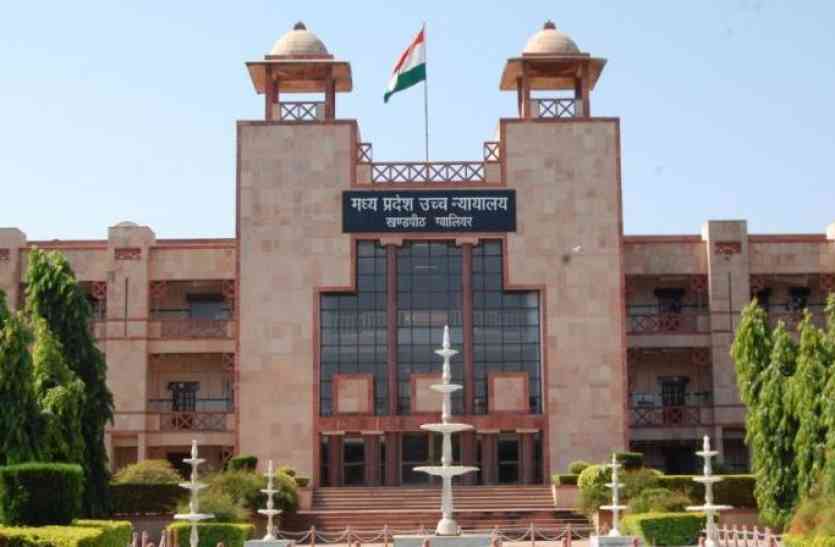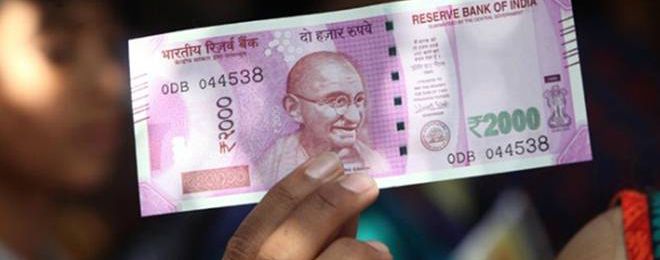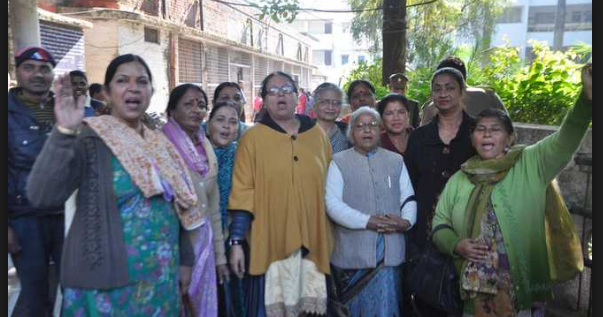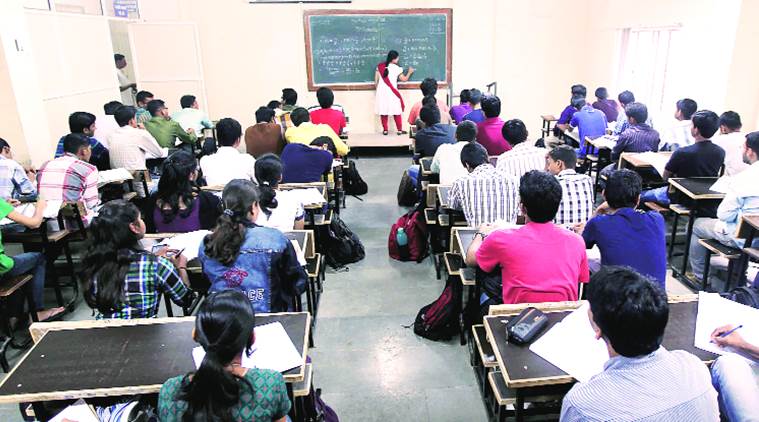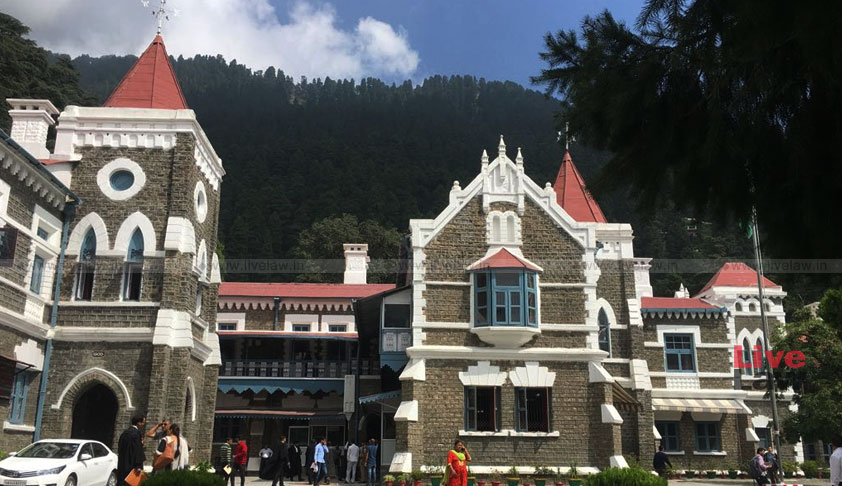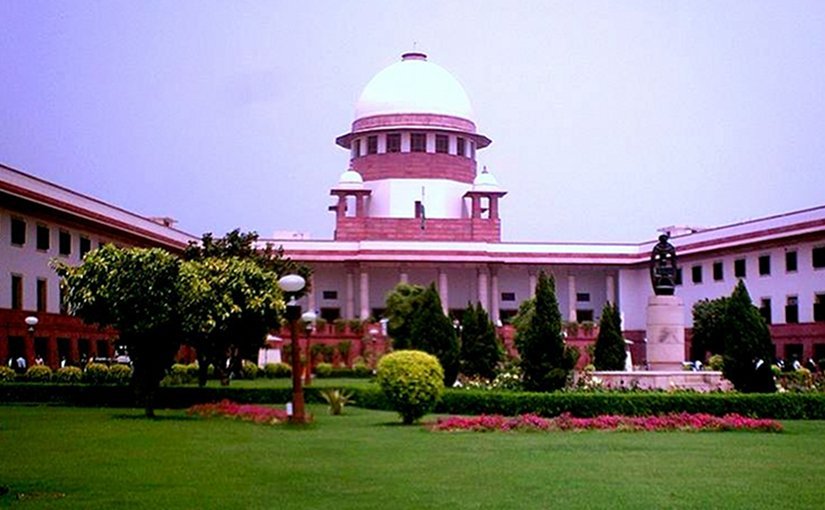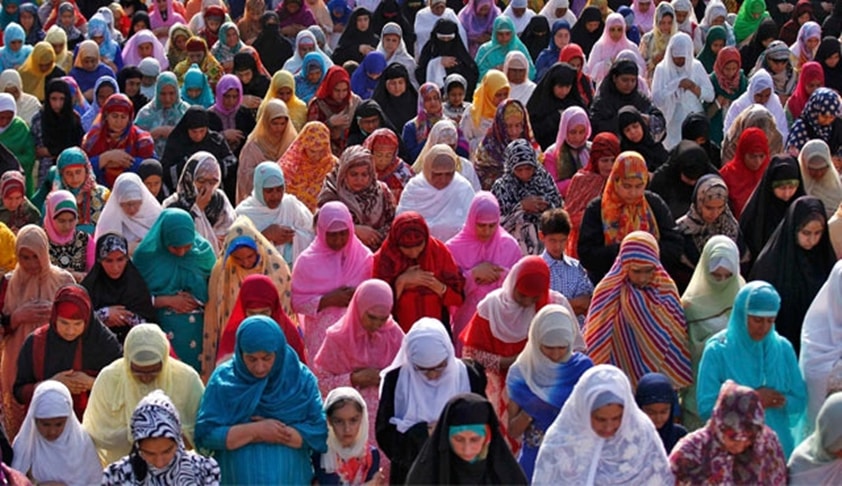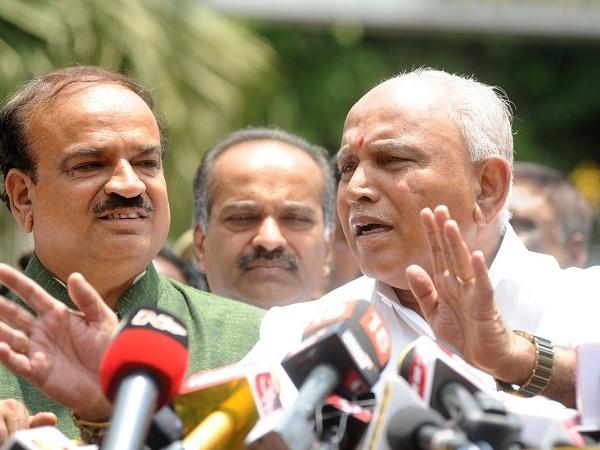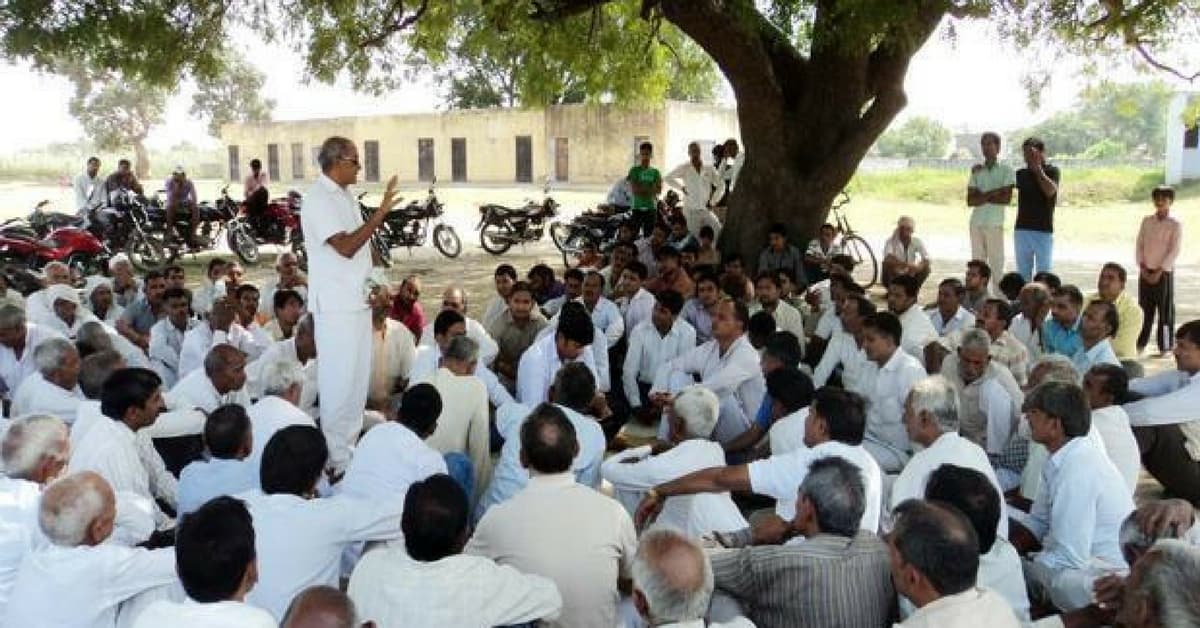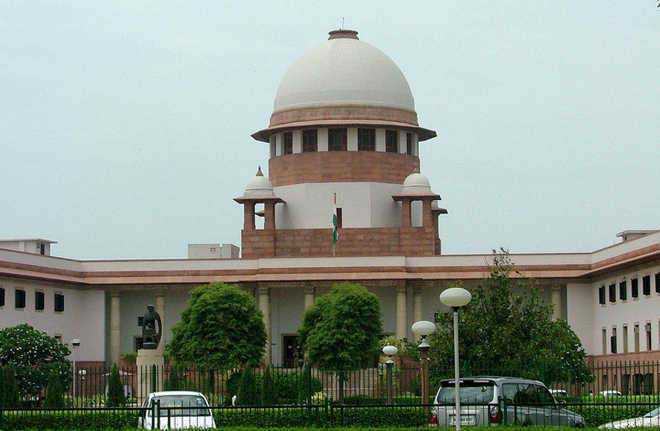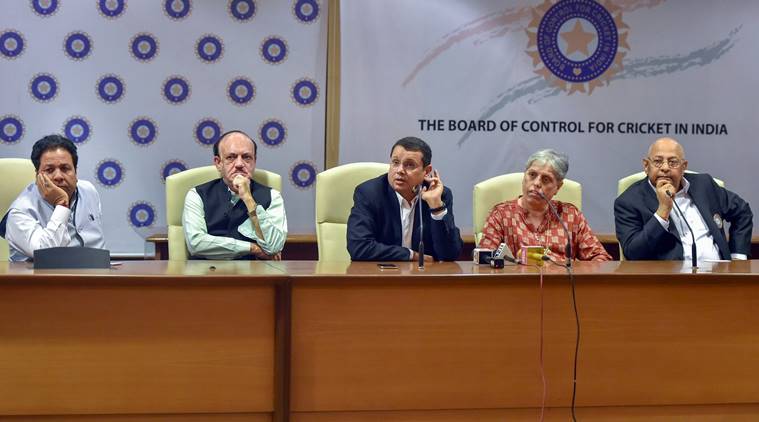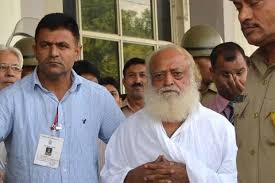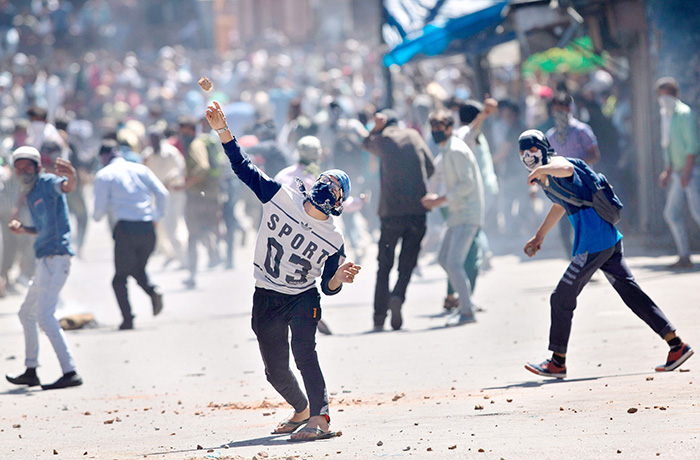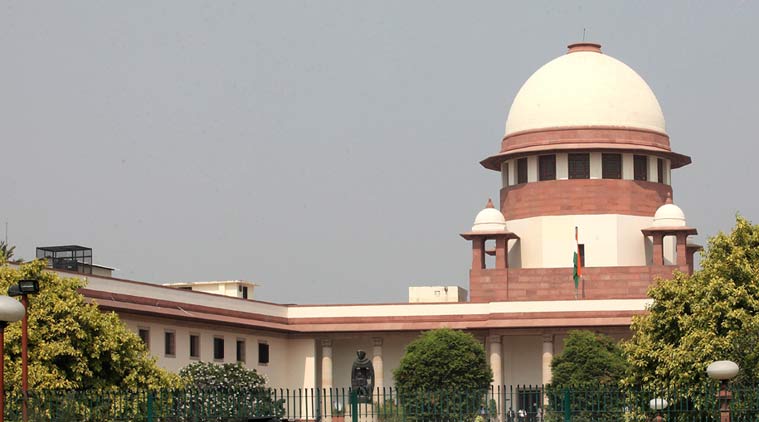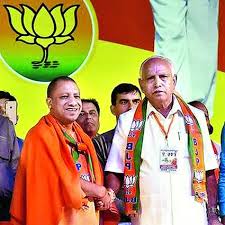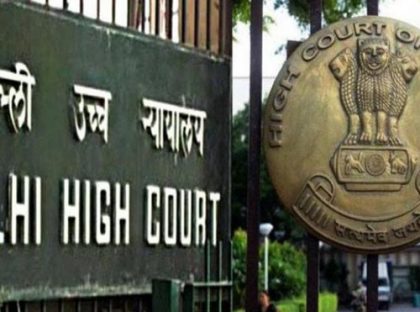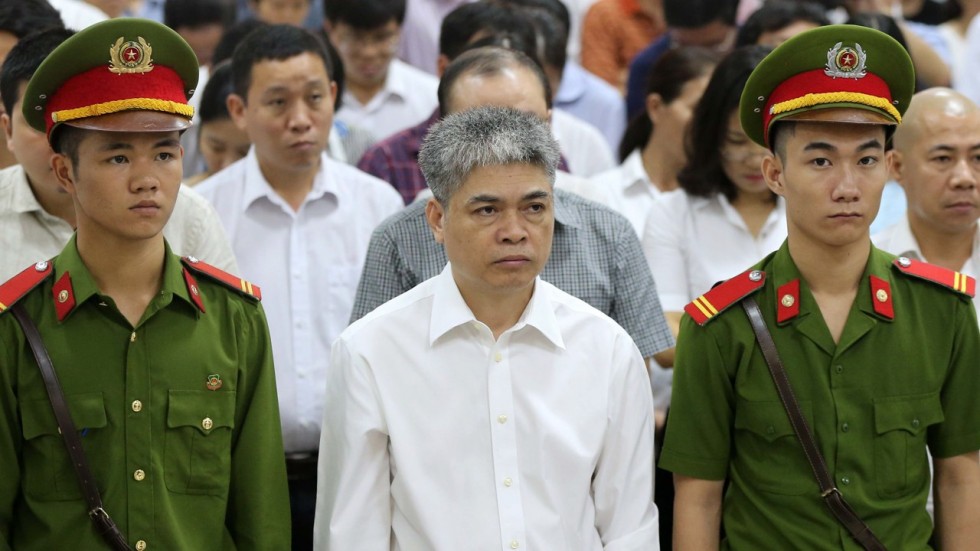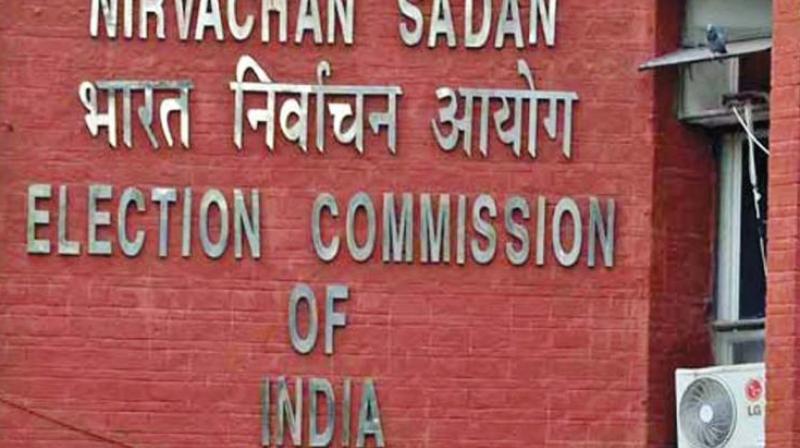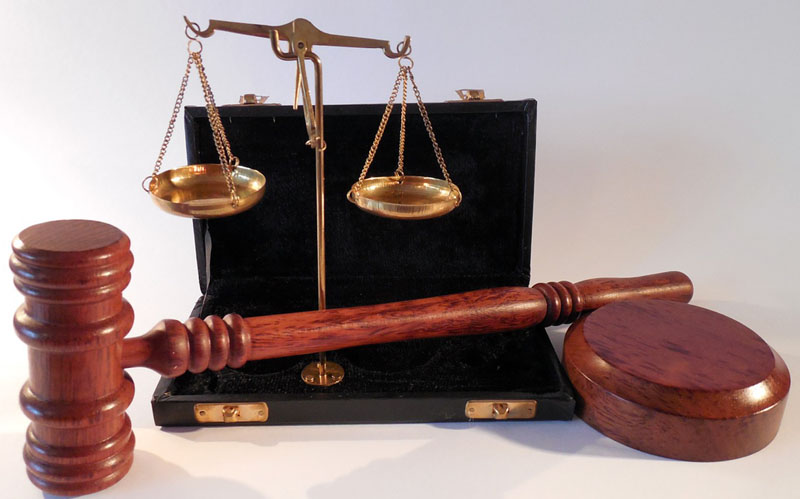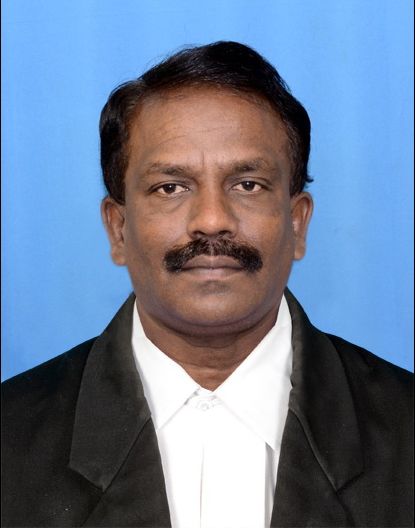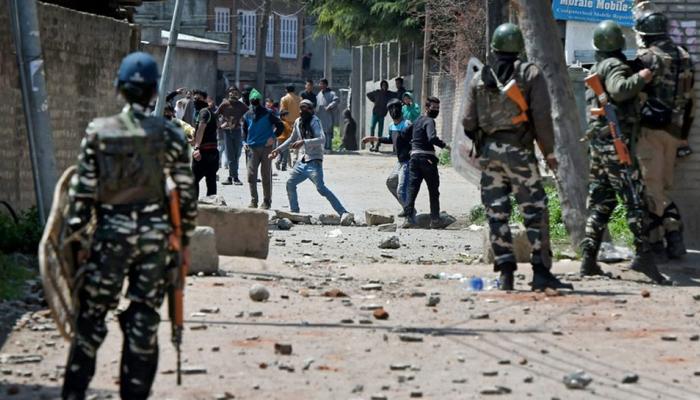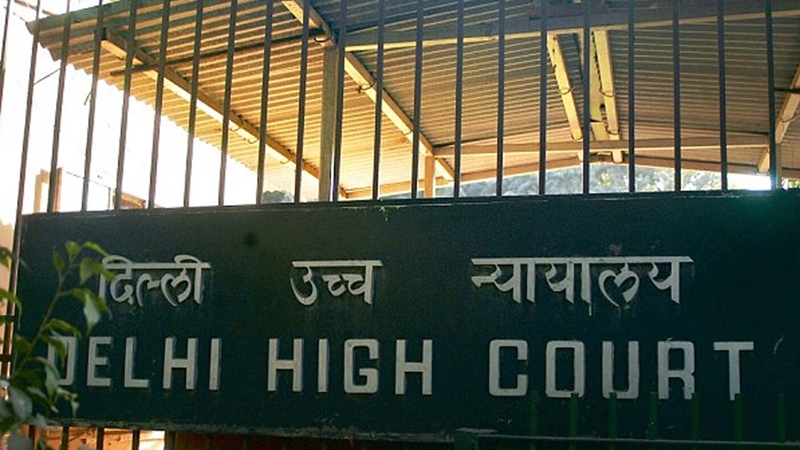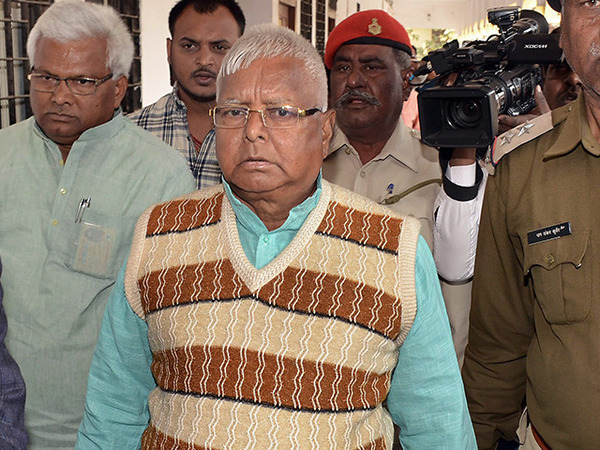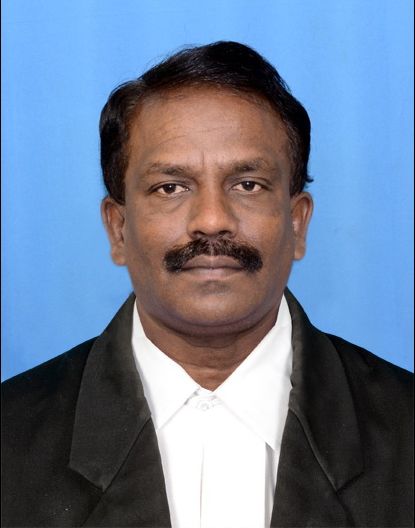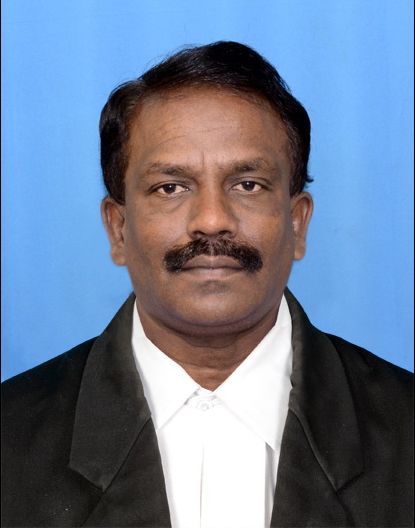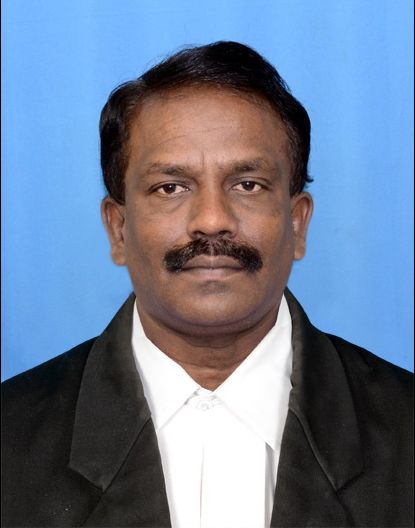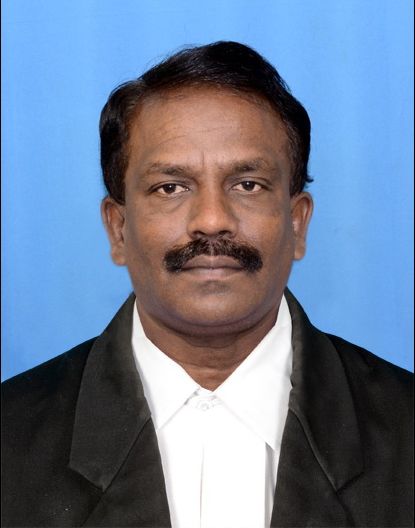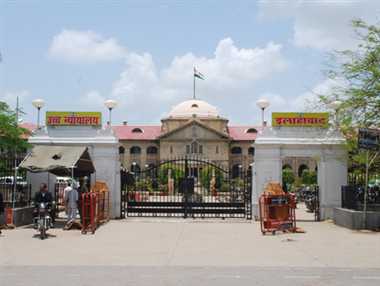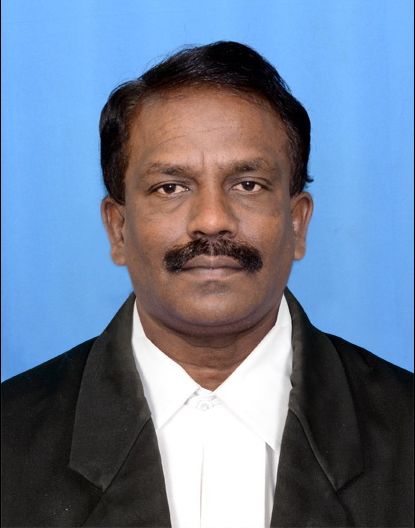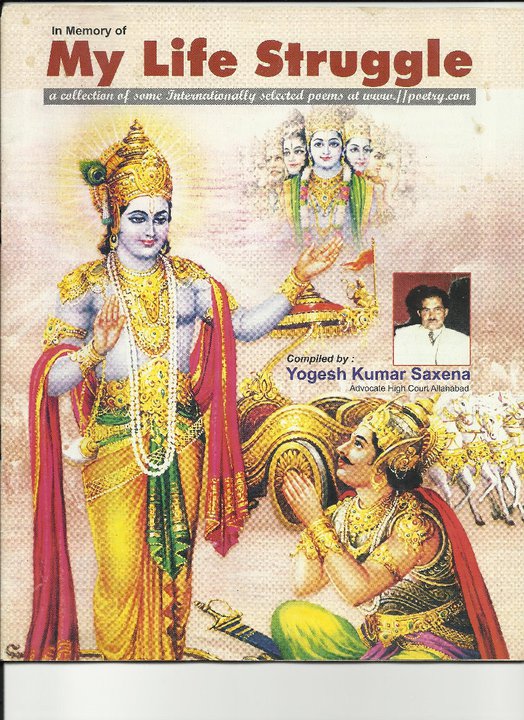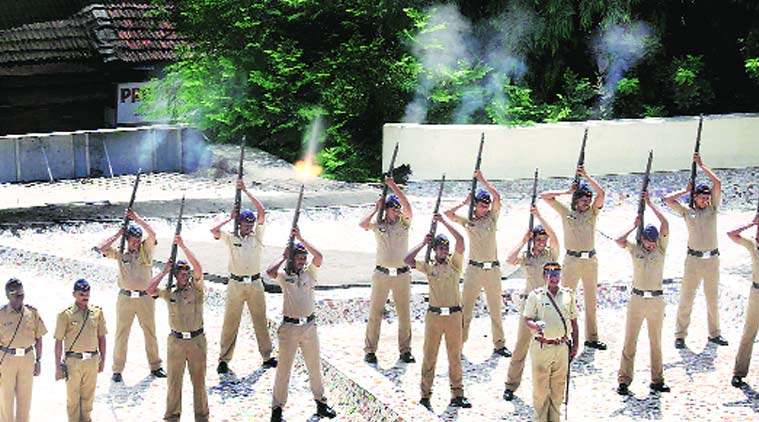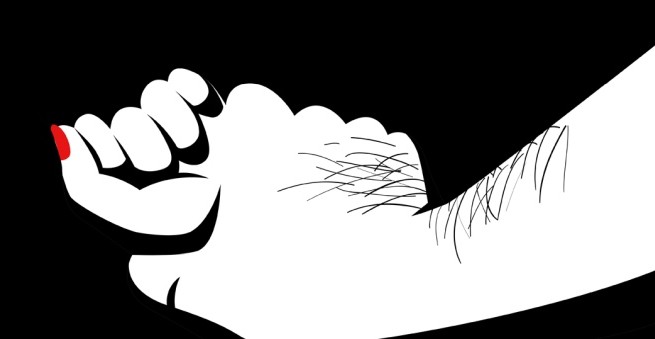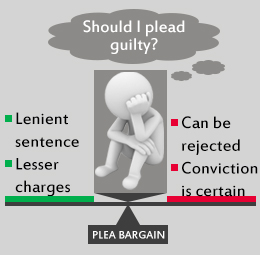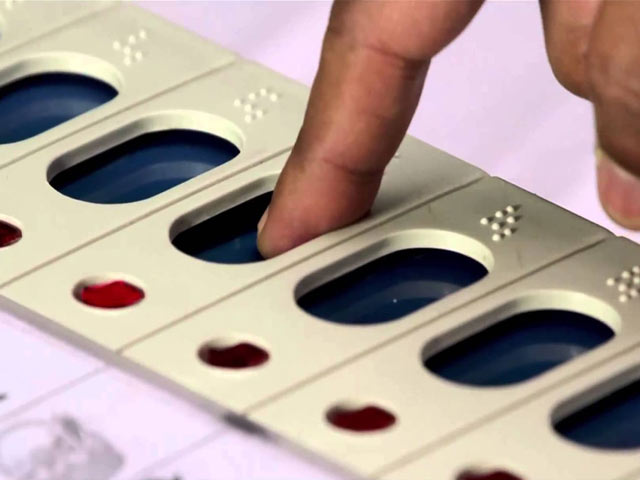Latest Articles
Casual Act Of Possession Over Property Does Not Confer ‘Possessory Title’: SC
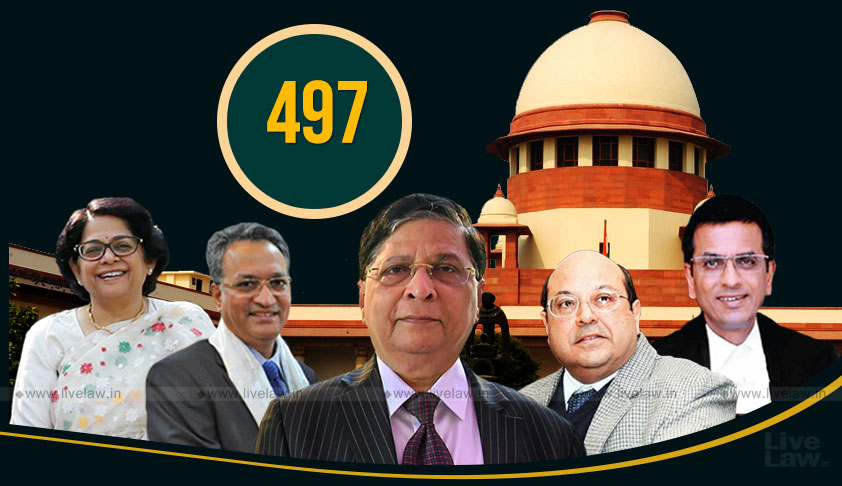
While clearly and convincingly holding that possessory title over property cannot be claimed merely on the basis of ‘casual possession’, the Supreme Court in a latest, landmark and laudable judgment titled Poona Ram v. Moti Ram (D) Th. LRs & Ors. In Civil Appeal No. 4527 of 2009 authored by Justice Mohan M. Shantanagoudar for himself and Justice NV Ramana on January 29, 2019 observed that a casual act of possession does not have the effect of interrupting the possession of the rightful owner. Very rightly so! Who can deny it?
First and foremost, the ball is set rolling in para 1 wherein it is observed that, “The judgment dated 28.08.2006 passed by the High Court of Judicature of Rajasthan at Jodhpur in Civil Second Appeal No. 97 of 1984 and the concurrent judgment dated 10.10.2006 in Civil Review Petition No. 18 of 2006, dismissing the same, are called in question in this appeal by the unsuccessful defendants.”
To recapitulate, it is then pointed out in para 2 that, “The brief facts leading to this appeal are as under:
A suit came to be filed for declaration of title and for possession by Respondent No. 1 herein. Undisputedly, the plaintiff Moti Ram had no document of title to prove his possession, but claimed possessory title based on prior possession for a number of years. However, according to the plaintiff, he had been wrongly dispossessed by defendants on 30.04.1972 which was within the 12 years preceding the filing of the present suit. The Trial Court decreed the suit and the First Appellate Court reversed the findings of the Trial Court. The First Appellate Court dismissed the said suit on the ground that the defendants had proved their title and possession over the suit property.”
Going forward, it is then eloquently mentioned in para 3 that, “As mentioned supra, the plaintiff did not have any title deed with respect to the suit property. He based his claim mainly on his alleged long possession over the property, and claimed that there was nobody with better title over it than him. Per contra, the defendants relied on two sale deeds, viz., Ex. A-6 dated 06.02.1956, executed by the original owner Khoom Singh in favour of Purkha Ram, and Ex. A-2 dated 21.06.1966, executed by Purkha Ram in favour of the appellant/Defendant No. 1. It was also not disputed that the plaintiff did not have possession as on the date of filing of the suit, inasmuch as he has alleged that he was wrongly dispossessed by the defendant on 30.04.1972 prior to filing the suit.”
To be sure, it is then revealed in para 4 that, “The only questions to be decided in this appeal are whether the plaintiff had better title over the suit property and whether he was in settled possession of the property, which required dispossession in accordance with law.”
As it turned out, para 5 while elaborating on what the appellant contended states specifically that, “Ms. Christi Jain, learned counsel appearing for the appellant/Defendant No. 1 taking us through the material on record, contends that there is nothing on record to show that the plaintiff was in possession of the property at any point of time, much less for a longer time lawfully. There is no material to show that the plaintiff has possessory title over the suit property. Additionally, she argues that the sale deeds mentioned supra relied upon by the defendants would clearly reveal that the defendants were in possession of the property as owner thereof, from the date of purchase of the suit property.”
It cannot be lost on us that it is then unfolded in para 6 that, “Undisputedly and as duly admitted by both parties, the property in question originally belonged to Jagirdar Khoom Singh of Barmer. The property in question is part of a larger property under the Jagirdari system, a few parts of which were rented out or sold. After the system of Jagirdari was abolished, these jagirs were resumed in the year 1955-56. While a few persons continued in illegal possession, others had purchased parts of the land from the Jagirdar, and the remaining land vested in the State Government and municipalities. After the resumption of the jagir, it seems that the Barmer Municipality established a planned and well-managed colony named Nehru Nagar on the said land. Ex. 12, Ex. 13 and Ex. 14 are the survey maps of the Municipality. A perusal of Ex. 12 (first survey) reveals that Moti Ram was in possession of the land, the plot to the east of which was possessed by Nawala Harijan and in the east of Nawala Harijan’s plot, possession of Purkha Ram (to recall, predecessor-in-interest of the defendants) on the site has been indicated. Further, the possession of Purkha Ram has also been indicated on a plot to the south of the land duly possessed by Moti Ram. Thus, it is clear that the plots of land owned by Khoom Singh, in possession of these persons, were not uniformly situated. However, after the Municipality took over possession, it seems that orderly formation of the plots was undertaken. Though there was some confusion raised by the plaintiff with regard to the boundaries of the property in question, the First Appellate Court being the final court of fact, on due appreciation of the entire material on record, gave a definite finding that the Trial Court was not justified in decreeing the suit, and observed that Purkha Ram was in possession of the property in question even prior to 1966, and had sold the same through registered sale deed in June 1966 vide Ex. A-2. This sale deed shows the measurement of the land, which corresponds to the plots in question approximately. The judgment of the First Appellate Court reveals that the Municipality had let out only three plots to the Jagirdar, and those three plots together measured 32 x 66 hands (unit of measurement). Thus, each plot measured 32 x 22 hands. These were numbered as Plot No. 4, Plot No. 5 and Plot No. 7. The disputed site is Plot No. 7.”
Truth be told, para 7 then goes on to disclose that, “The official record (survey map), Ex. 14, which relates to the plot in question, i.e., Plot No. 7, reveals that it was owned by Poona Ram, who is Defendant No. 1 and the appellant herein. It is also relevant to note that sanction for constructing the house was given to Purkha Ram in the year 1957. Obviously, such sanction would have been accorded only on the basis of title and possession of the property.”
To put things in perspective, para 8 then goes on to elucidate while explaining the concept behind suit based on possessory title that, “Section 64 of the Limitation Act, 1963 contemplates a suit for possession of immovable property based on previous possession and not on title, if brought within 12 years from the date of dispossession. Such a suit is known in law as a suit based on possessory title as distinguishable from proprietary title. It cannot be disputed and is by now well settled that ‘settled possession’ or effective possession of a person without title entitles him to protect his possession as if he were a true owner.”
It would be pertinent to now mention here that para 9 then goes on to illustrate specifying that, “The law in India, as it has developed, accords with jurisprudential thought as propounded by luminaries like Salmond. Salmond on Jurisprudence (12 Edn. at paras 59-60) states:-
“These two concepts of ownership and possession, therefore, may be used to distinguish between the de facto possessor of an object and its de jure owner, between the man who actually has it and the man who ought to have it. They serve also to contract the position of one whose rights are ultimate, permanent and residual with that of one whose rights are only of a temporary nature.
x x x x x
In English law possession is a good title of right against any one who cannot show a better. A wrongful possessor has the rights of an owner with respect to all persons except earlier possessors and except the true owner himself. Many other legal systems, however, go much further than this, and treat possession as a provisional or temporary title even against the true owner himself. Even a wrongdoer, who is deprived of his possession, can recover it from any person whatever, simply on the ground of his possession. Even the true owner, who takes his own, may be forced in this way to restore it to the wrongdoer, and will not be permitted to set up his own superior title to it. He must first give up possession, and then proceed in due course of law for the recovery of the thing on the ground of his ownership. The intention of the law is that every possessor shall be entitled to retain and recover his possession, until deprived of it by a judgment according to law.
Legal remedies thus appointed for the protection of possession even against ownership are called possessory, while those available for the protection of ownership itself may be distinguished as proprietary. In the modern and medieval civil law the distinction is expressed by the contrasted terms petitorium (a proprietary suit) and possessorium (a possessory suit)”.”
Back home, it is then worthily recalled in para 10 about the relevant past noteworthy judgments that, “As far back as 1924, in the case of Midnapur Zamindary Co. Ltd. V. Naresh Narayan Roy, AIR 1924 PC 144, the learned Judge observed that in India, persons are not permitted to take forcible possession; they must obtain such possession as they are entitled to through a court. Later, in the case of Nair Service Society Ltd. V. K.C. Alexander, AIR 1968 SC 1165, this Court ruled that when the facts disclose no title in either party, possession alone decides. It was further held that if Section 9 of the Specific Relief Act, 1877 (corresponding to the present Section 6) is employed, the plaintiff need not prove title and the title of the defendant does not avail him. When, however, the period of six months has passed, questions of title can be raised by the defendant, and if he does so the plaintiff must establish a better title or fail. In other words, such a right is only restricted to possession in a suit under Section 9 of the Specific Relief Act (corresponding to the present Section 6) but does not bar a suit on prior permission within 12 years from the date of dispossession, and title need not be proved unless the defendant can provide one.”
Now turning to para 11, it goes on to then add further that, “It was also observed by this Court in Nair Service Society Ltd (supra) that a person in possession of land in assumed character of owner and exercising peaceably the ordinary rights of ownership has a perfectly good title against the entire world except the rightful owner. In such a case, the defendant must show in himself or his predecessor a valid legal title and probably a possession prior to the plaintiffs and thus be able to raise a presumption prior in time.”
Not stopping here, it is then pointed out in para 12 that, “In the case of Rame Gowda (dead) by Lrs. v. M. Varadappa Naidu (dead) by Lrs. and another, (2004) 1 SCC 769, a three-Judge Bench of this Court, while discussing the Indian law on the subject, observed as under:-
“8. It is thus clear that so far as the Indian law is concerned the person in peaceful possession is entitled to retain his possession and in order to protect such possession he may even use reasonable force to keep out a trespasser. A rightful owner who has been wrongfully dispossessed of land may retake possession if he can do so peacefully and without the use of unreasonable force. If the trespasser is in settled possession of the property belonging to the rightful owner, the rightful owner shall have to take recourse to law; he cannot take the law in his own hands and evict the trespasser or interfere with his possession. The law will come to the aid of a person in peaceful and settled possession by injuncting even a rightful owner from using force or taking law in his own hands, and also by restoring him in possession even from the rightful owner (of course subject to the law of limitation), if the latter has dispossessed the prior possessor by use of force. In the absence of proof of better title, possession or prior peaceful settled possession is itself evidence of title. Law presumes the possession to go with the title unless rebutted. The owner of any property may prevent even by using reasonable force a trespasser from an attempted trespass, when it is in the process of being committed, or is of a flimsy character, or recurring, intermittent, stray or casual in nature, or has just been committed, while the rightful owner did not have enough time to have recourse to law. In the last of the cases, the possession of the trespasser, just entered into would not be called as one acquiesced to by the true owner”.”
In essence, it is then summarized in para 13 laying down that, “The crux of the matter is that a person who asserts possessory title over a particular property will have to show that he is under settled or established possession of the said property. But merely stray or intermittent acts of trespass do not give such a right against the true owner. Settled possession means such possession over the property which has existed for a sufficiently long period of time, and has been acquiesced to by the true owner. A casual act of possession does not have the effect of interrupting the possession of the rightful owner. A stray act of trespass, or a possession which has not matured into settled possession, can be obstructed or removed by the true owner even by using necessary force. Settled possession must be (i) effective, (ii) undisturbed, and (iii) to the knowledge of the owner or without any attempt at concealment by the trespasser. There cannot be a straitjacket formula to determine settled possession. Occupation of a property by a person as an agent or a servant acting at the instance of the owner will not amount to actual legal possession. The possession should contain an element of animus possidendi. The nature of possession of the trespasser is to be decided based on the facts and circumstances of each case.”
Having said this, let us now see what para 14 enunciates. It enunciates that, “As mentioned supra, Purkha Ram had purchased three plots from Jagirdar Khoom Singh. In sale deed Ex. A-6, three plots have been mentioned as plots of three houses. One of these, being Plot No. 7, was sold by Purkha Ram to the appellant, one plot being Plot No. 4 was sold to Teja Ram and the third plot being Plot No. 5 was retained by Purkha Ram.”
It would be pertinent to mention here that para 15 then stipulates that, “In order to prove possession of the property, the plaintiff relied upon the rent note Ex. 1, which shows that the plot in question was let out by the plaintiff to one Joga Ram in the year 1967. On 12.05.1967, a fire broke out and the entire fodder stored on the plot got burnt. Thereafter, the plot was kept vacant. DW-7, who has been referred to in order to establish spreading of the fire, stated that the fire started due to sparks coming from a railway engine. But there was no railway line adjacent to the disputed land which could have caused a fire. Even otherwise, the rent note Ex. 1 does not refer to the plot in question, and its boundaries have also not been mentioned. Merely on doubtful material and cursory evidence, it cannot be held that the plaintiff was ever in possession of the property, and that too in settled possession.”
While strongly rebutting the tall claims of the plaintiff, it is then pointed out in para 16 that, “The plaintiff/Respondent No. 1 makes much of the old body of a motor vehicle belonging to him lying on the property. Ex. 2 clearly reveals that one part of the motor vehicle was lying on the disputed property and another part was lying on the plot of the plaintiff. The said body of the motor vehicle is about 3 to 4 feet in length only and the same was lying on the boundary of the disputed property. But the plaintiff/Respondent No. 1 claims possession of the entire plot based on such fact. Absolutely no material is found to show that the plaintiff/Respondent No. 1 was in actual possession, much less continuous possession, of the property for a longer period which may be called settled possession or established possession. As mentioned supra, mere casual possession, that too relying on a motor vehicle body lying on a part of the property, would not prove settled possession of the plaintiff.”
To say the least, it is then clarified in para 17 that, “The plaintiff has to prove his case to the satisfaction of the Court. He cannot succeed on the weakness of the case of the defendant. Even otherwise, there is no confusion at all regarding the identity of the property in question and on the basis of material on record, the First Appellate Court has correctly ruled that the appellant/Defendant No. 1 has proved his title and possession over the suit property since the date of his purchase of the property. Prior to the purchase, his predecessor-in-interest was in possession of the same.”
After considering the position of law and facts of the case, it is then spelt out in para 18 that, “Having regard to the position of law and facts of the case, we are of the considered opinion that the High Court was not justified in interfering with the judgment of the First Appellate Court, which has come down very heavily on the procedure adopted by the trial Judge in deciding the matter, more particularly when no fault can be found on facts with the judgment of the First Appellate Court.”
In this same para 18, it is then also spelt out that, “Generally, it is not open to the High Court to interfere with the findings of fact recorded by the First Appellate Court when such findings are based on the evidence on record, and are not perverse or against the material on record.”
More importantly, it is then held in para 19 that, “The conclusion arrived at by the High Court and the reasons assigned for the same are not correct inasmuch as there is absolutely no material in favour of the case of the plaintiff to show possessory title. In order to claim possessory title, the plaintiff will have to prove his own case, and also will have to show that he has better title than any other person. Since there is no documentary proof that the plaintiff was in possession of the suit property, that too for a long period, he cannot be allowed to succeed based on minor discrepancies in the evidence of the defendants. Accordingly, the appeal succeeds and is allowed.”
Finally, we see that in the last para 20, it is then held that, “The impugned judgment of the High Court dated 28.08.2006 and its review stands set aside and the judgment of the First Appellate Court is restored. Consequently, suit stands dismissed.” No doubt, this latest, landmark and laudable judgment leaves no room of doubt for anyone to reach the foregone conclusion that casual act of possession over property does not confer possessory title. We all must also always bear it in mind along with other salient points highlighted so brilliantly in this significant and laudable judgment!
